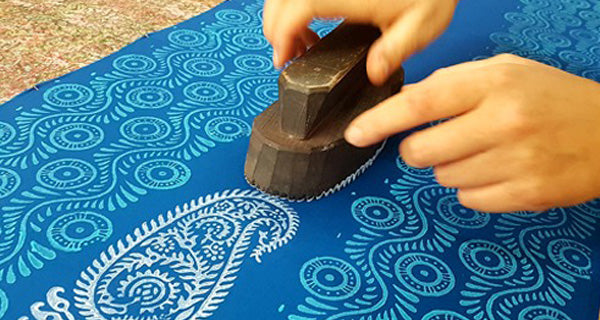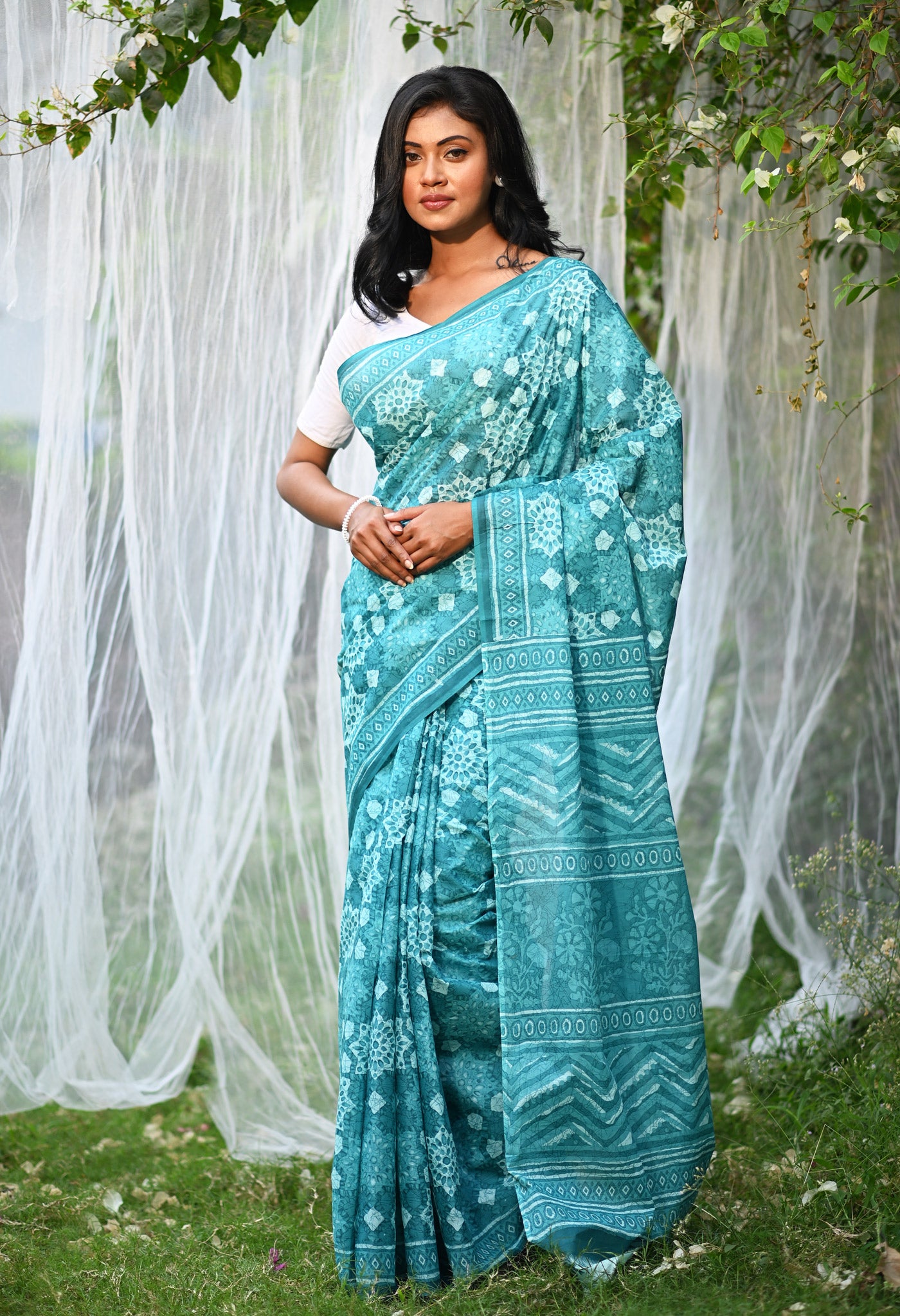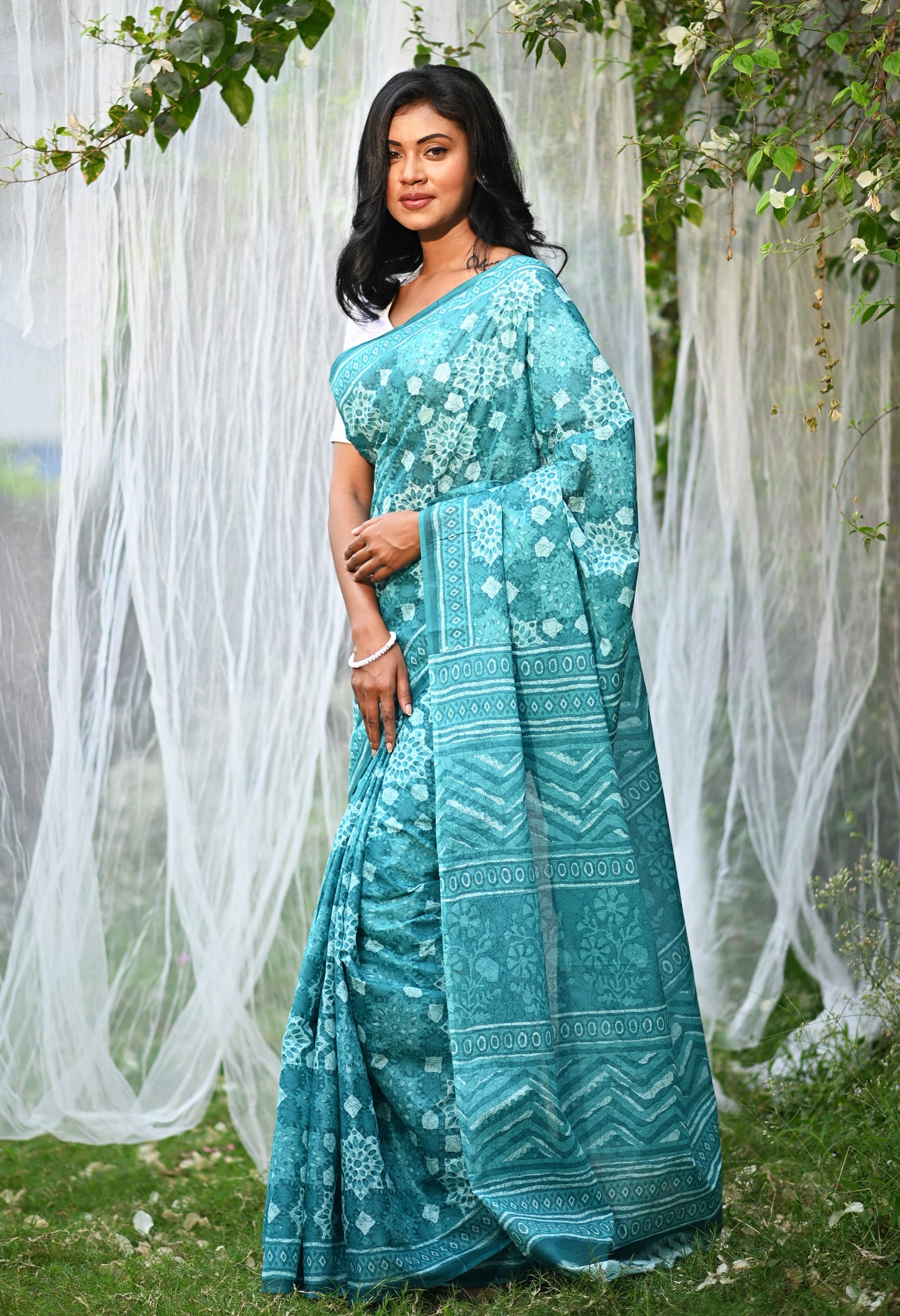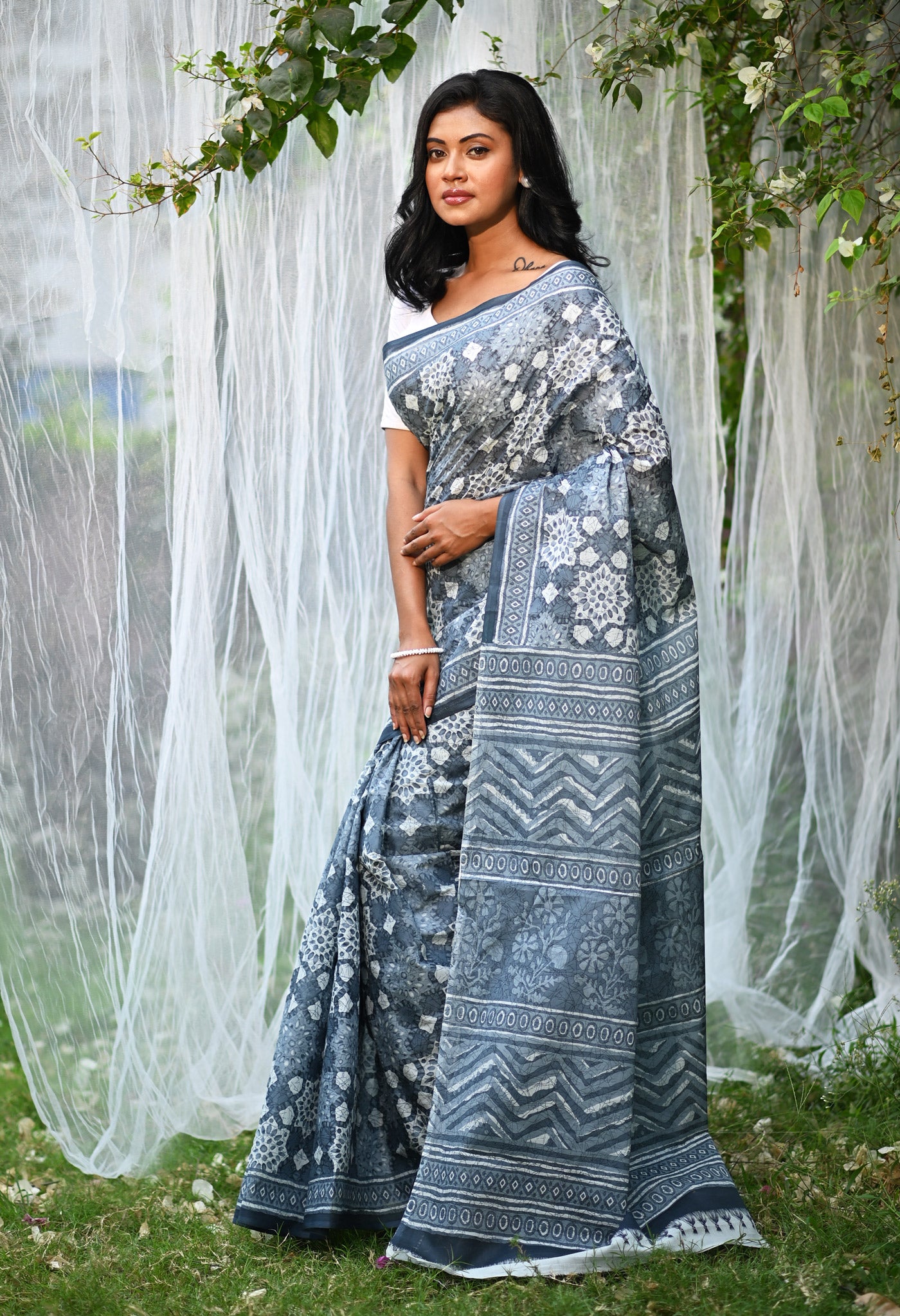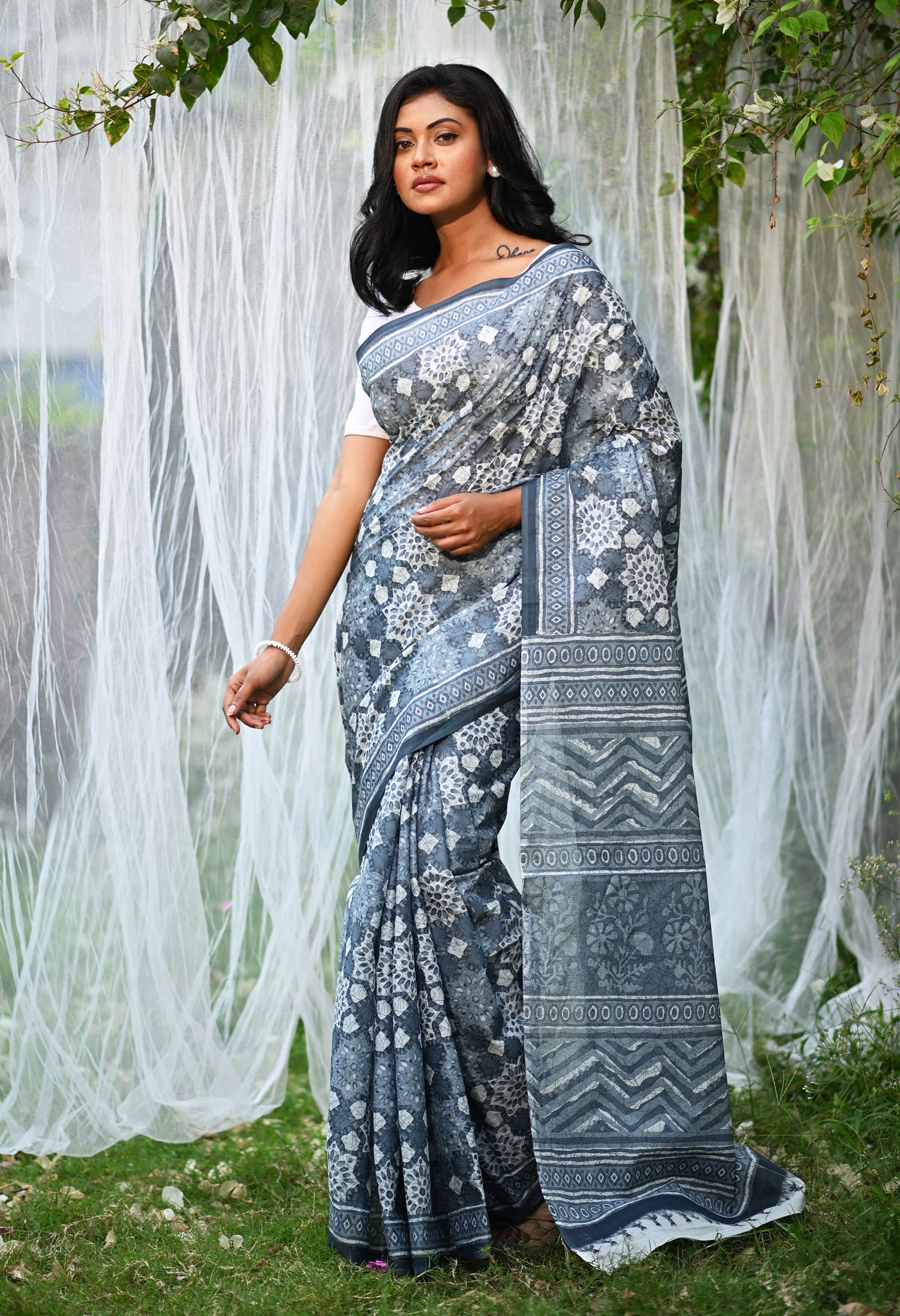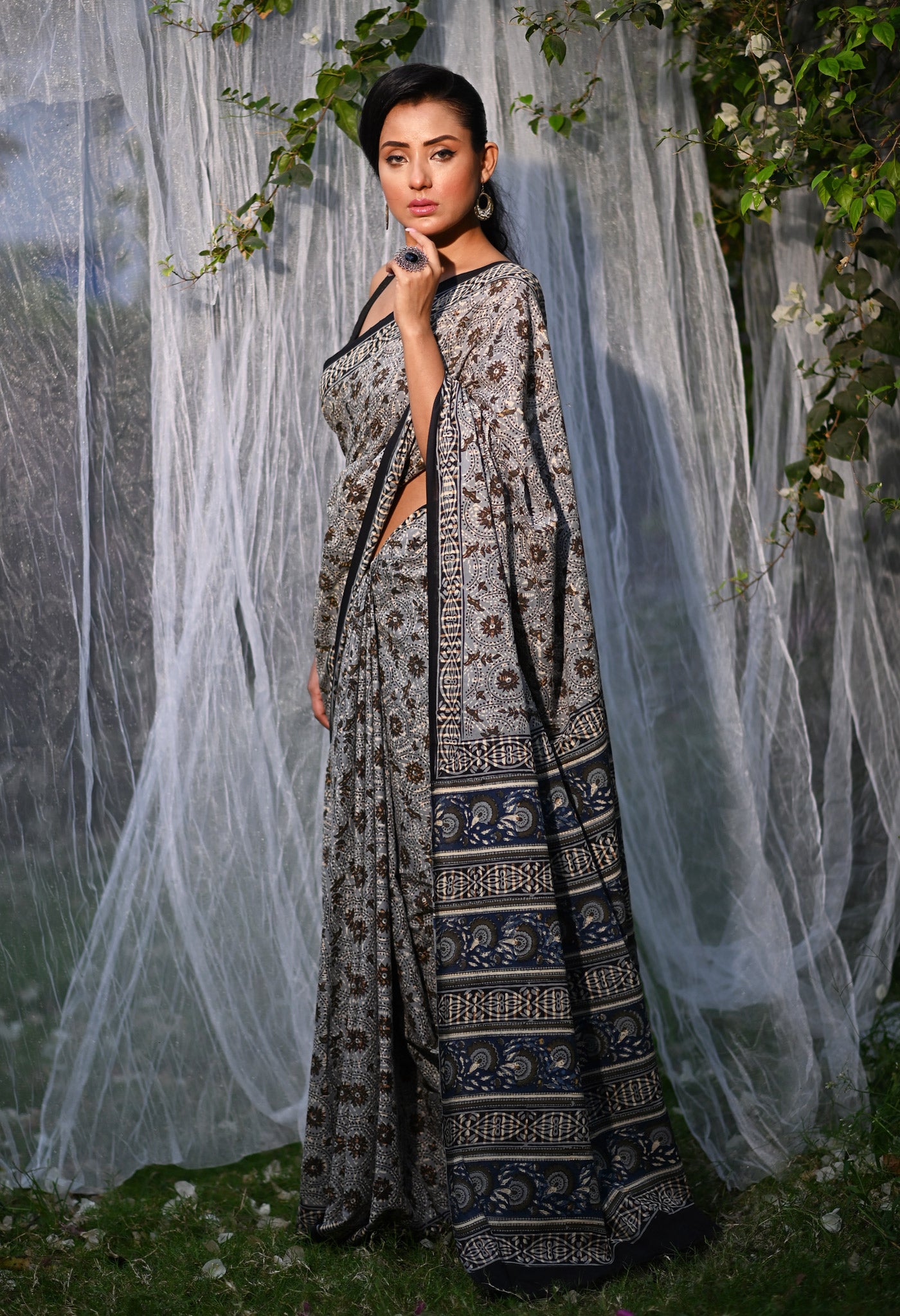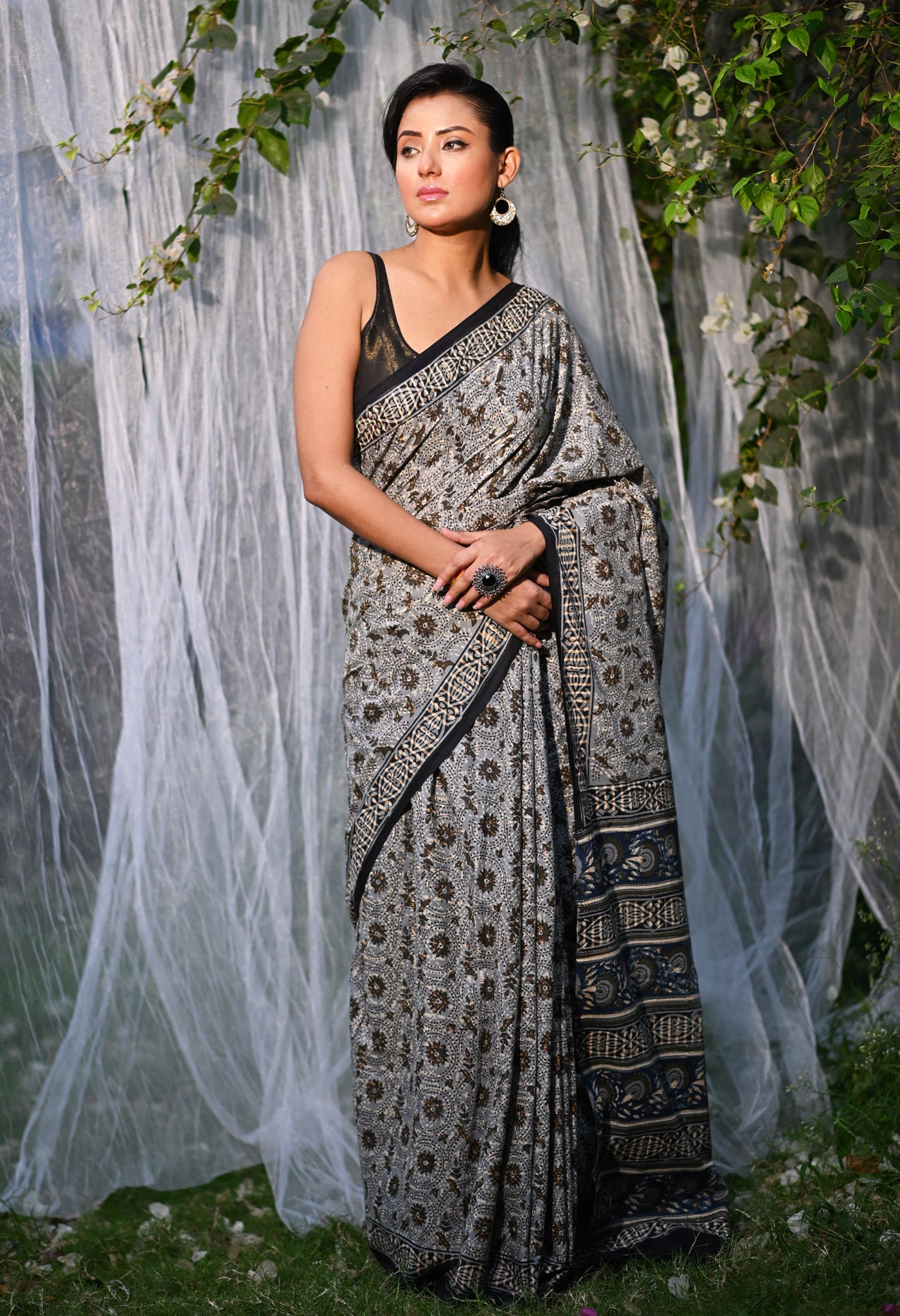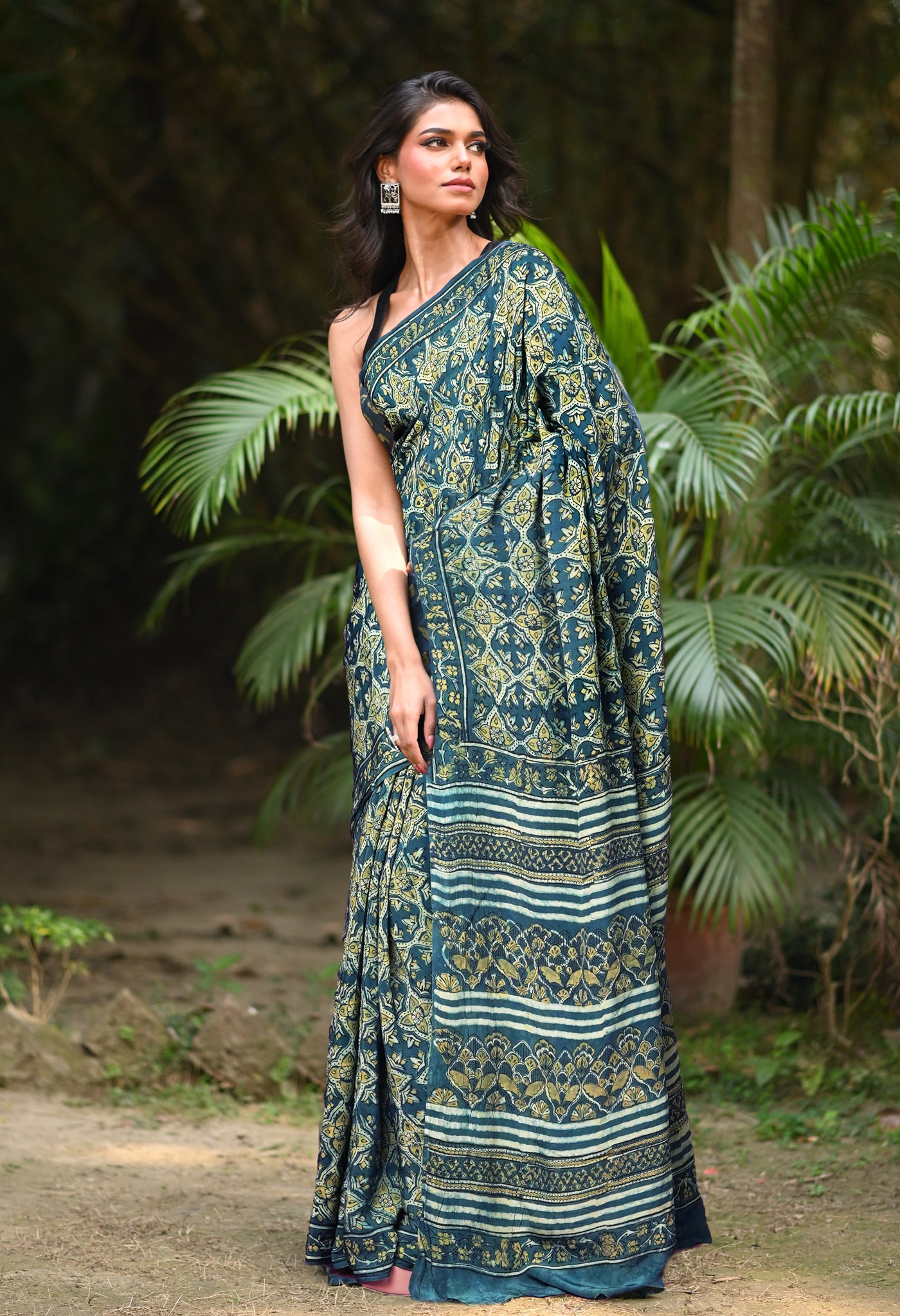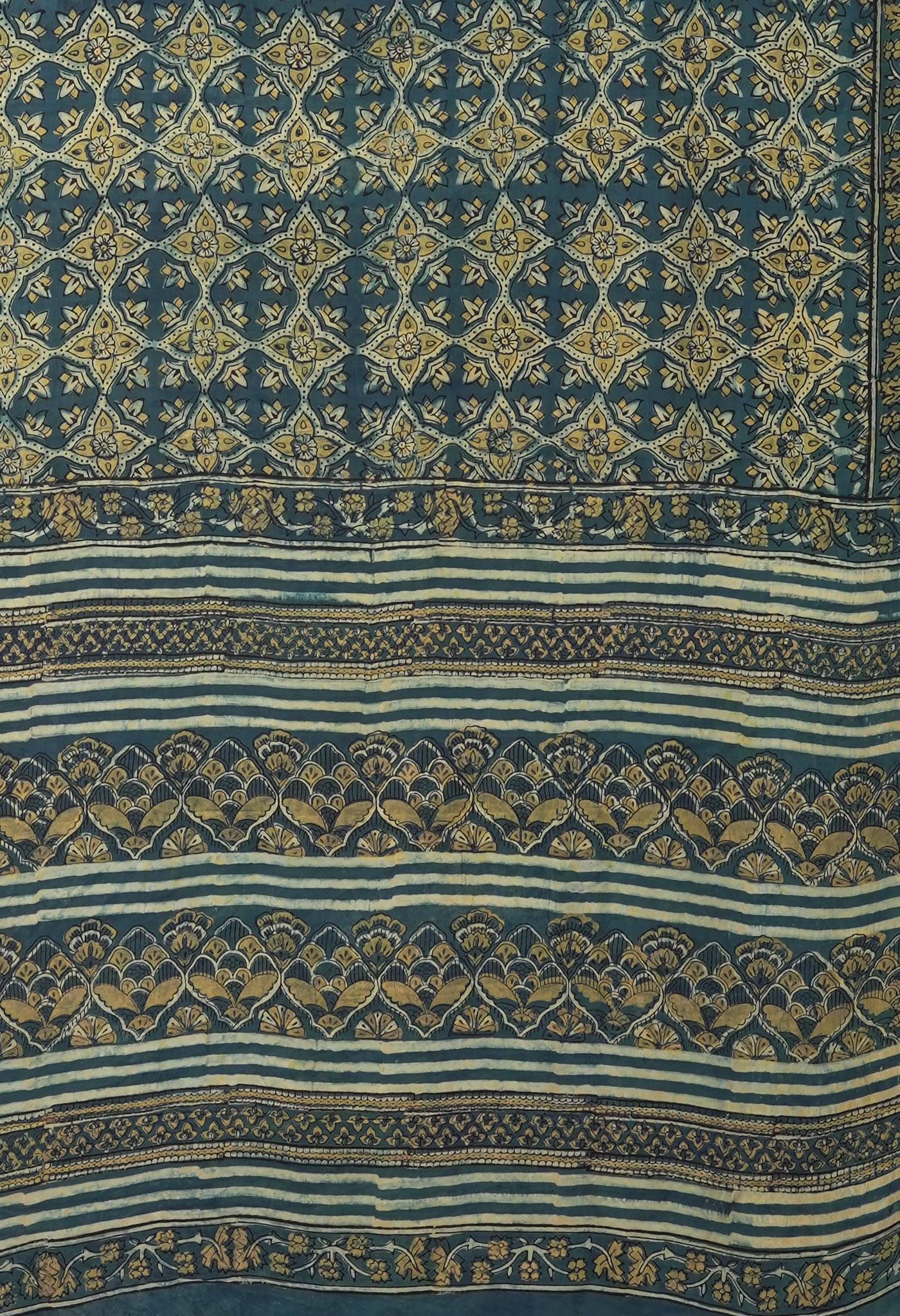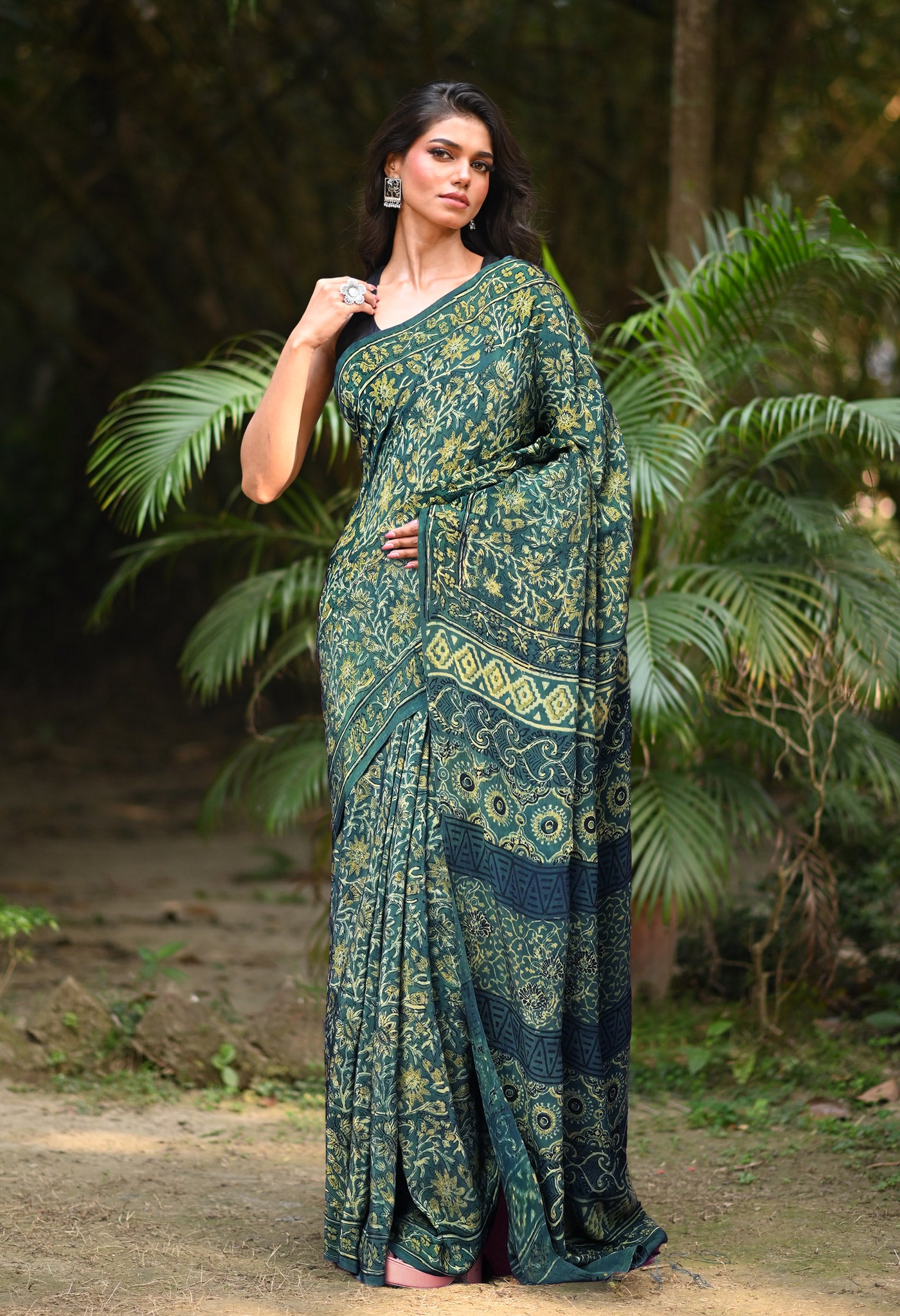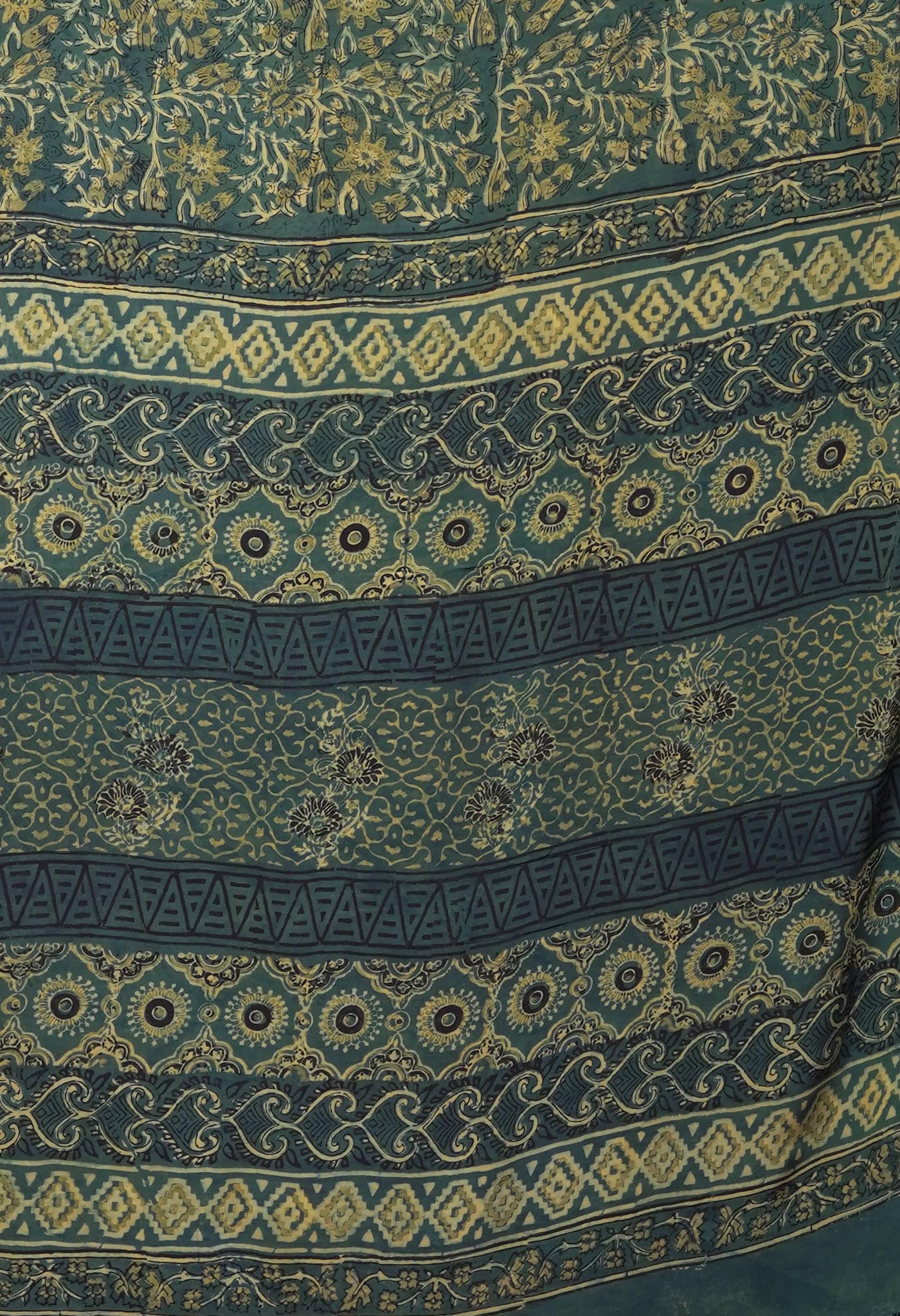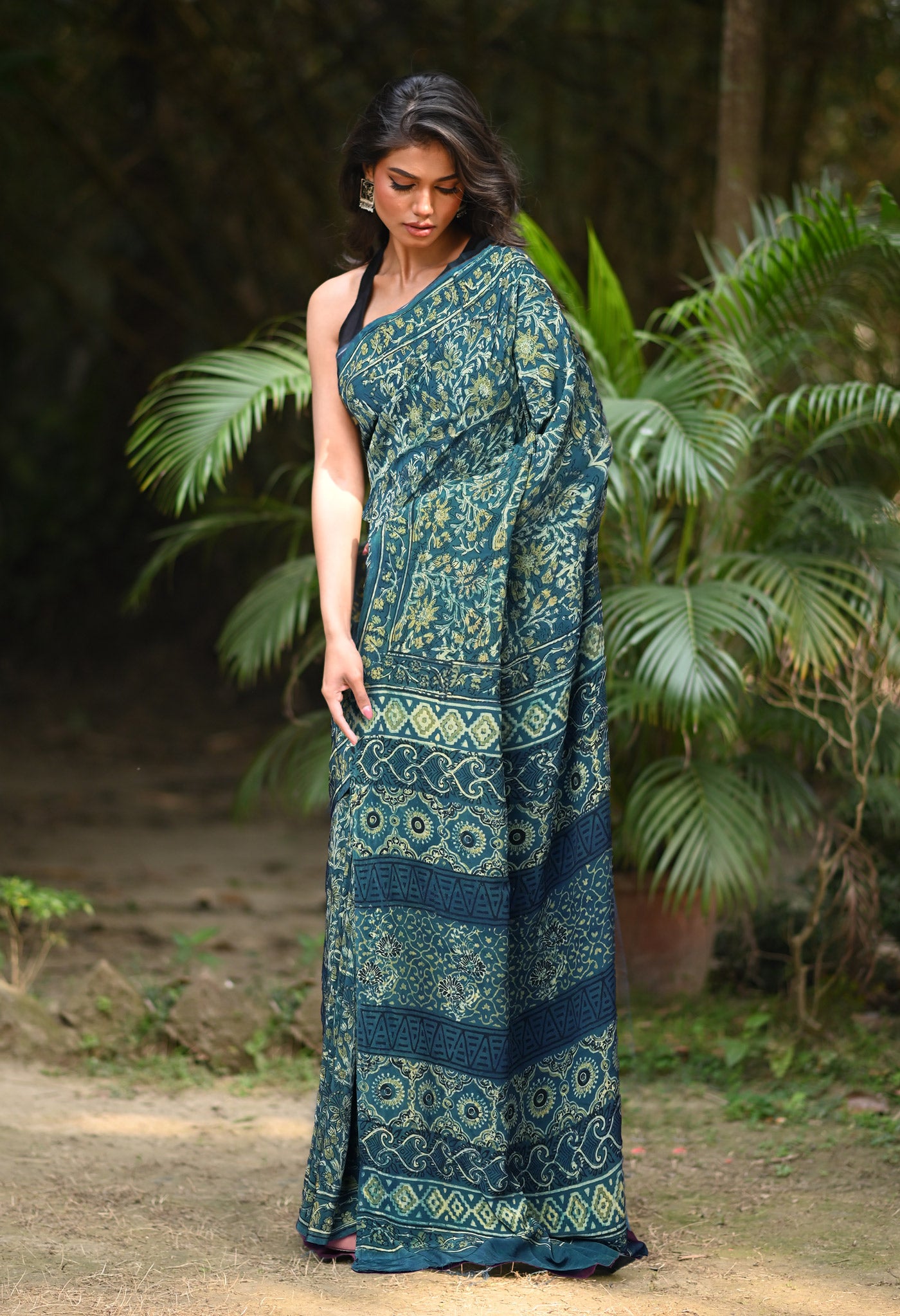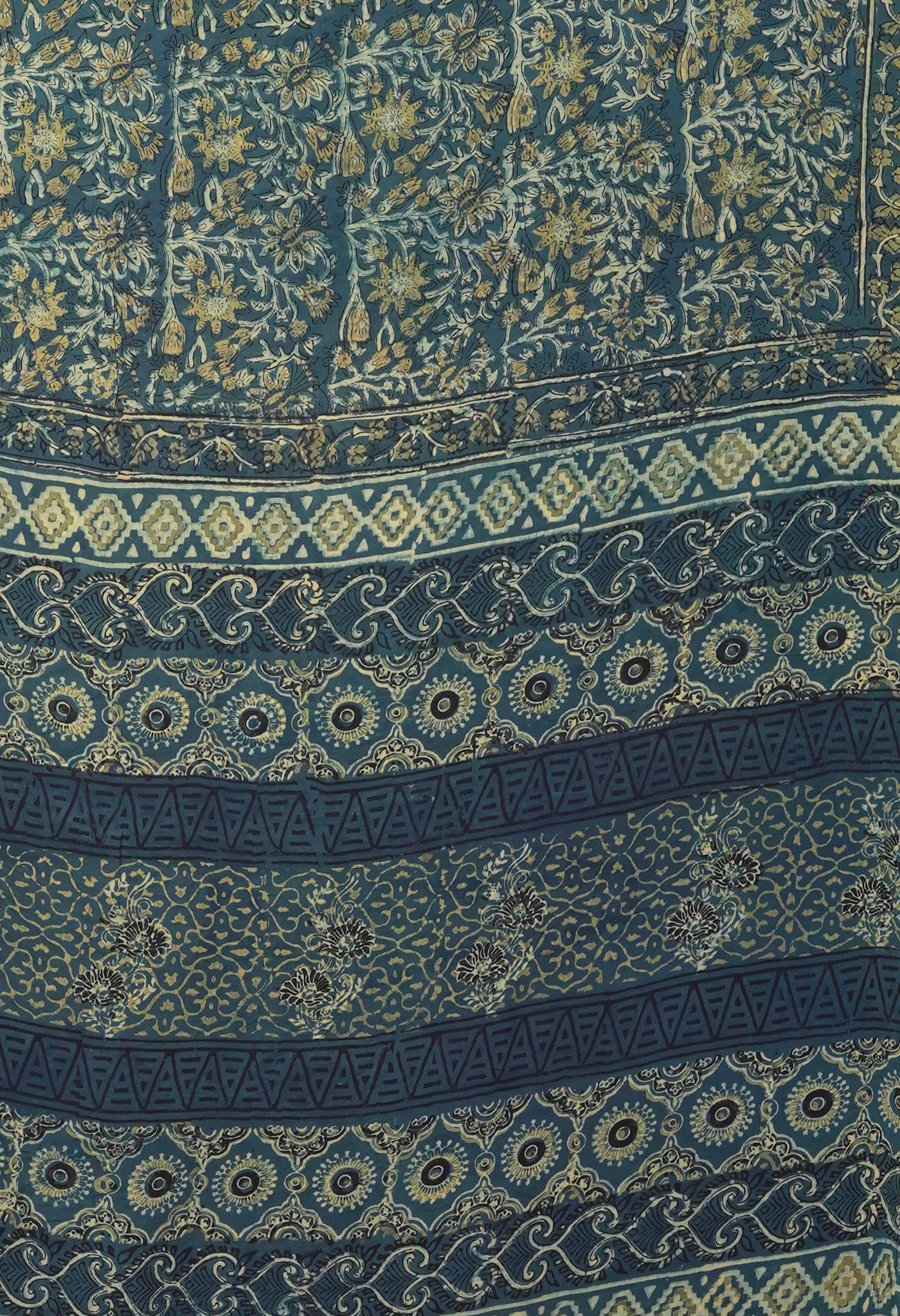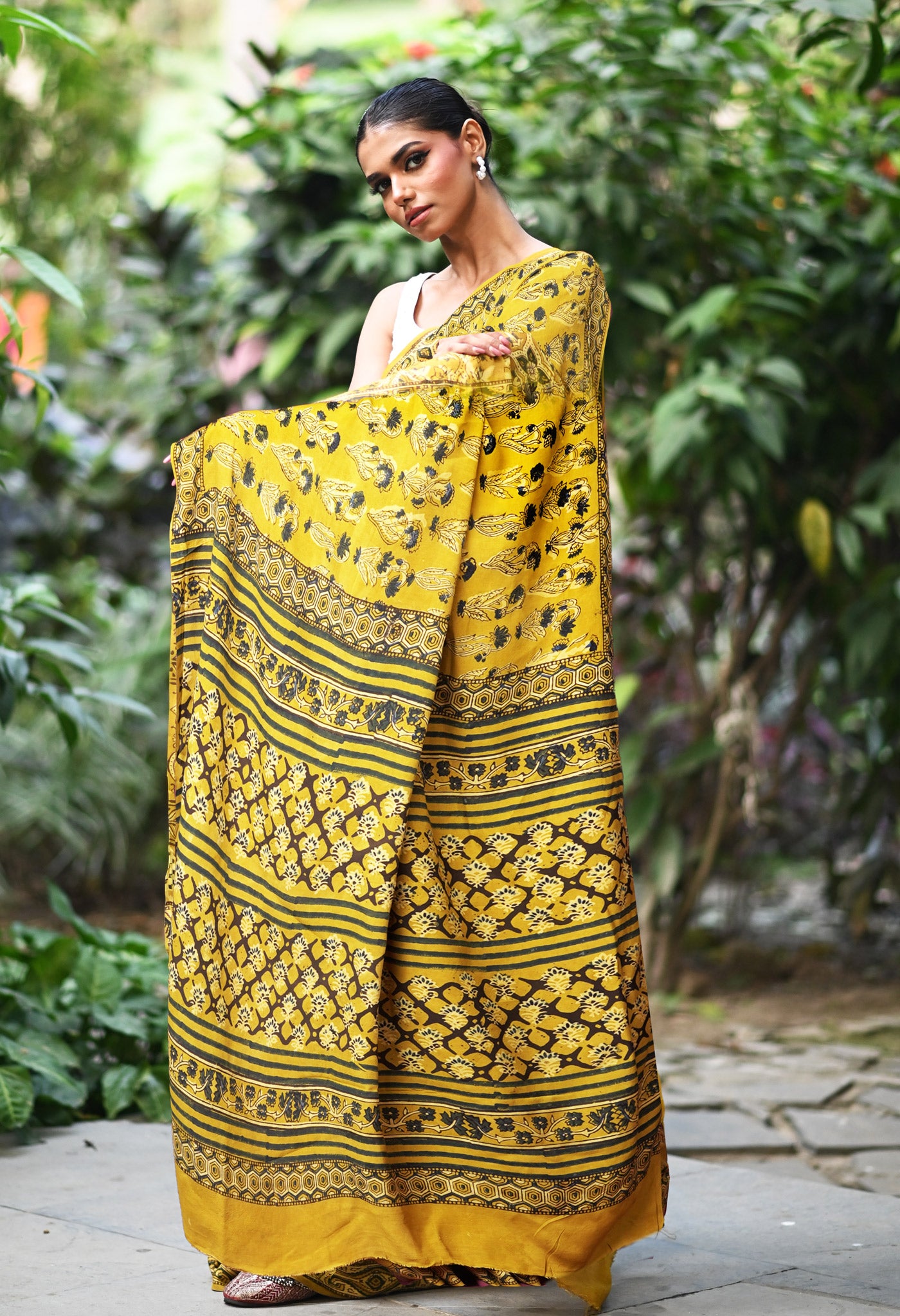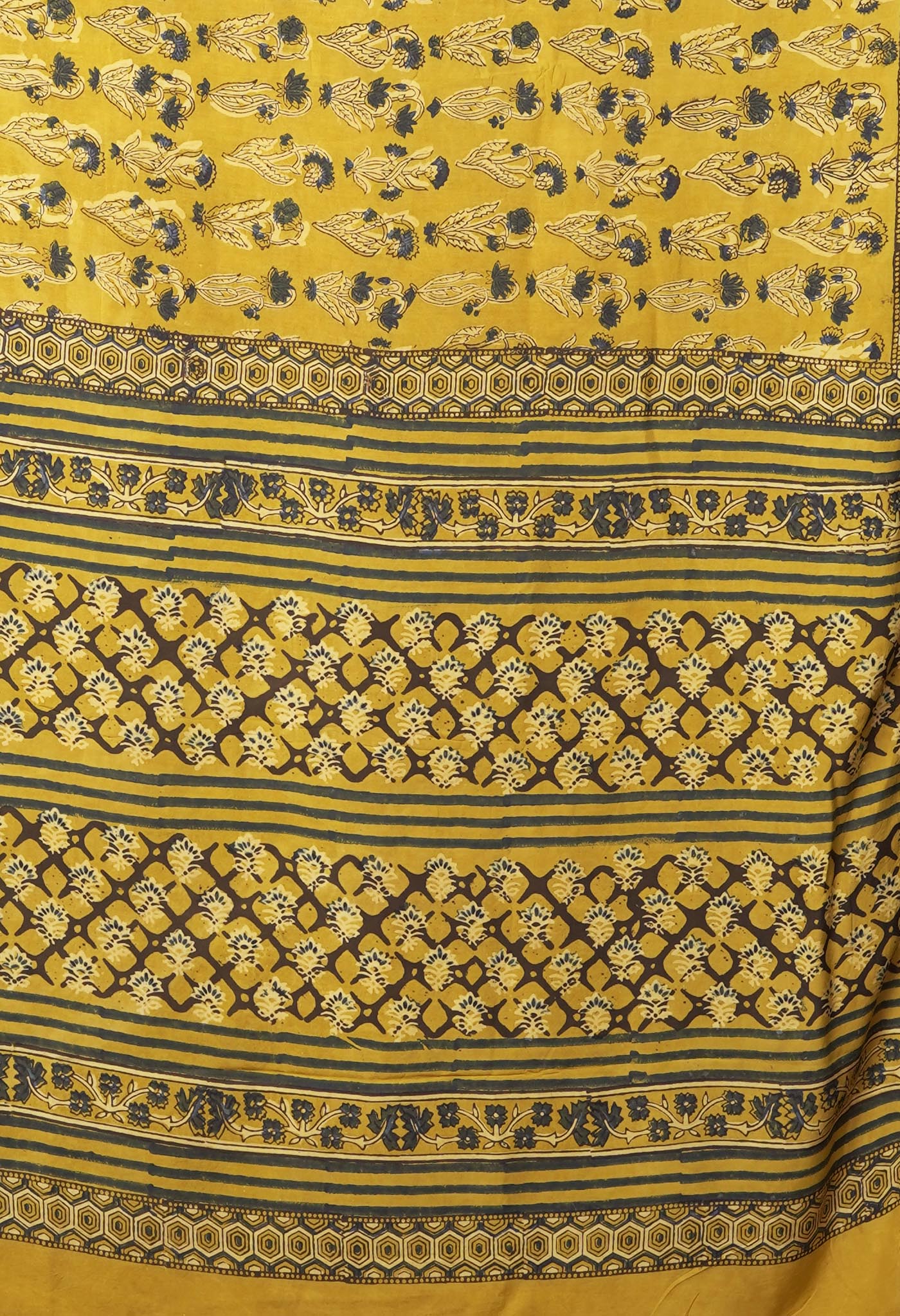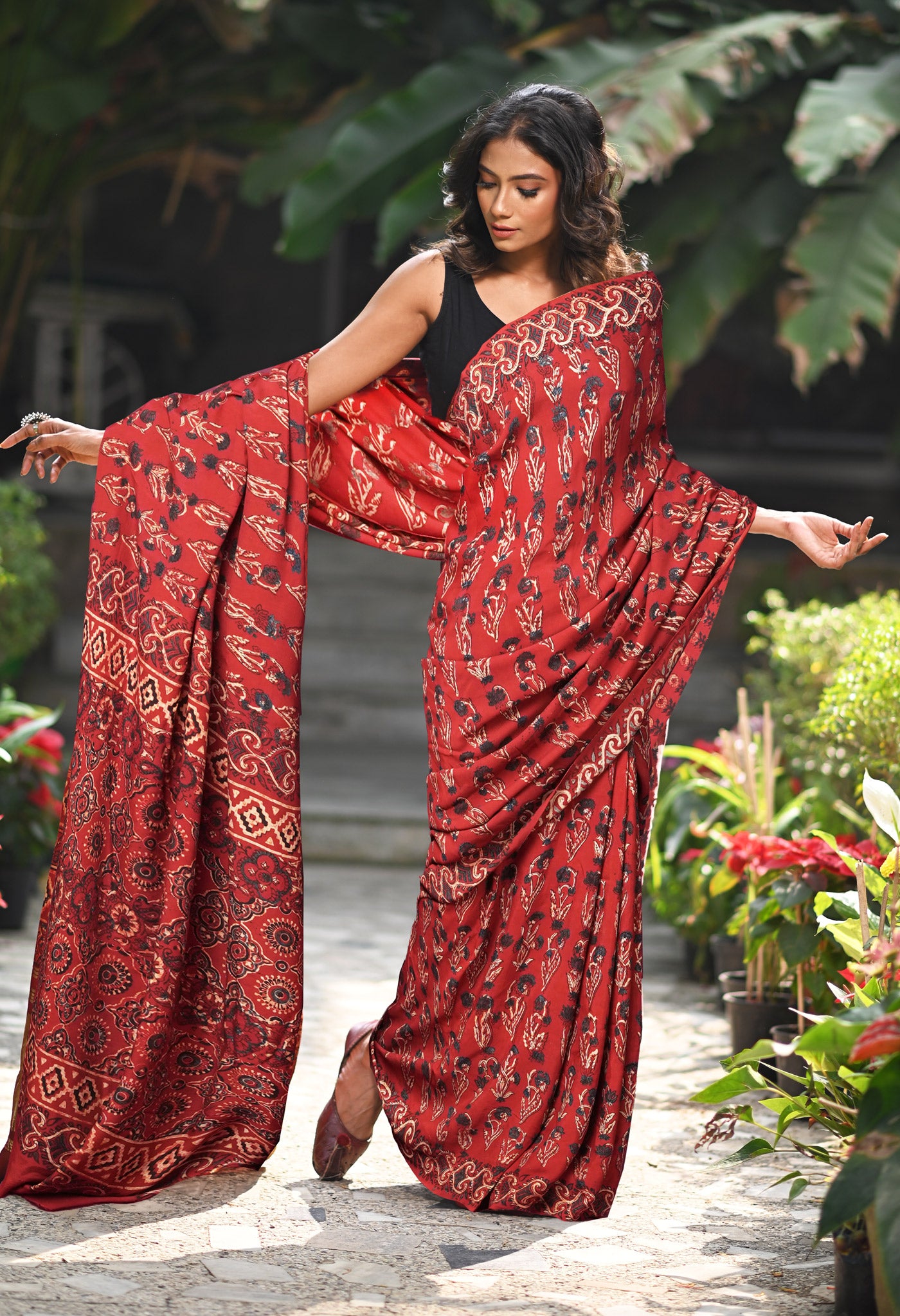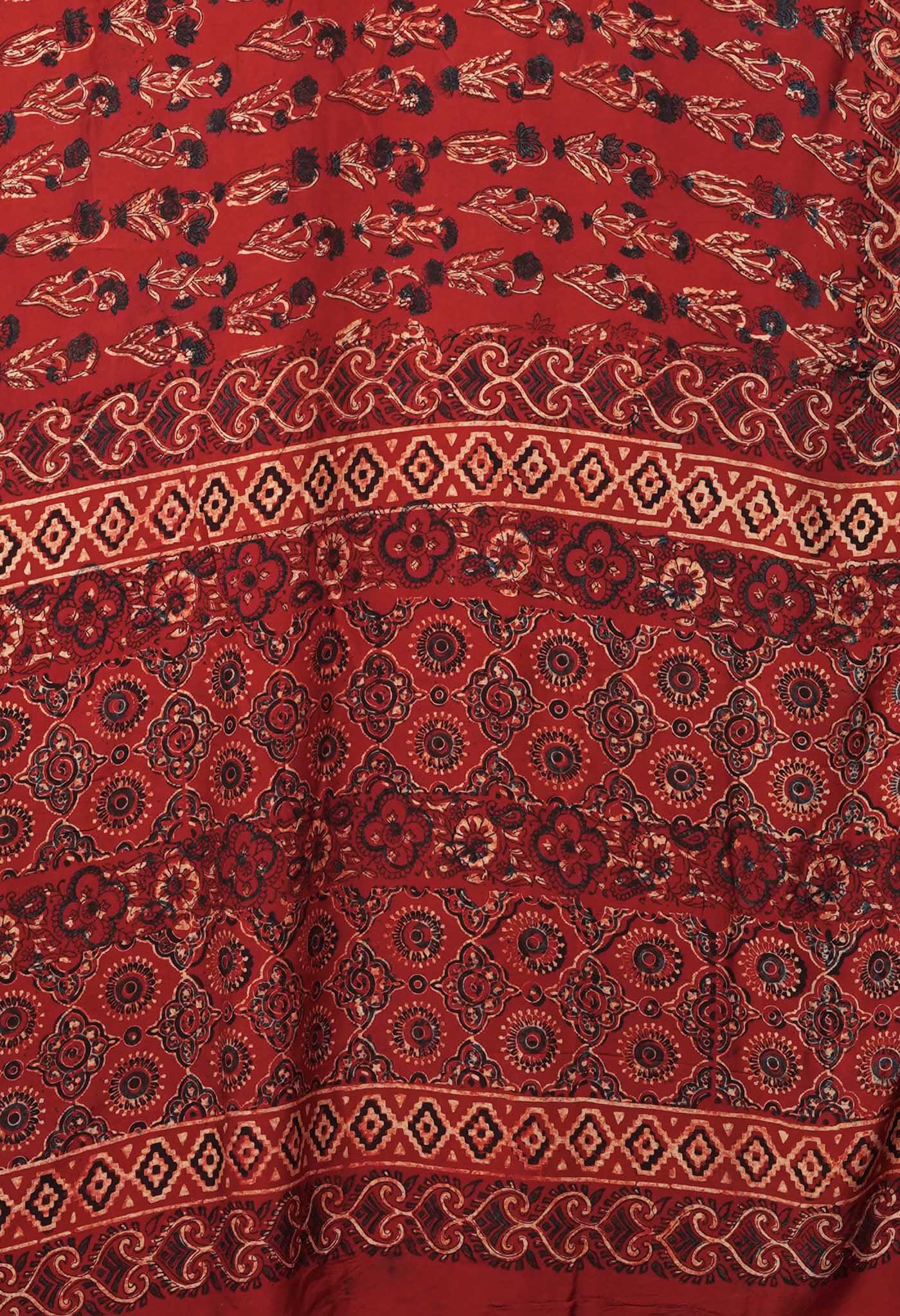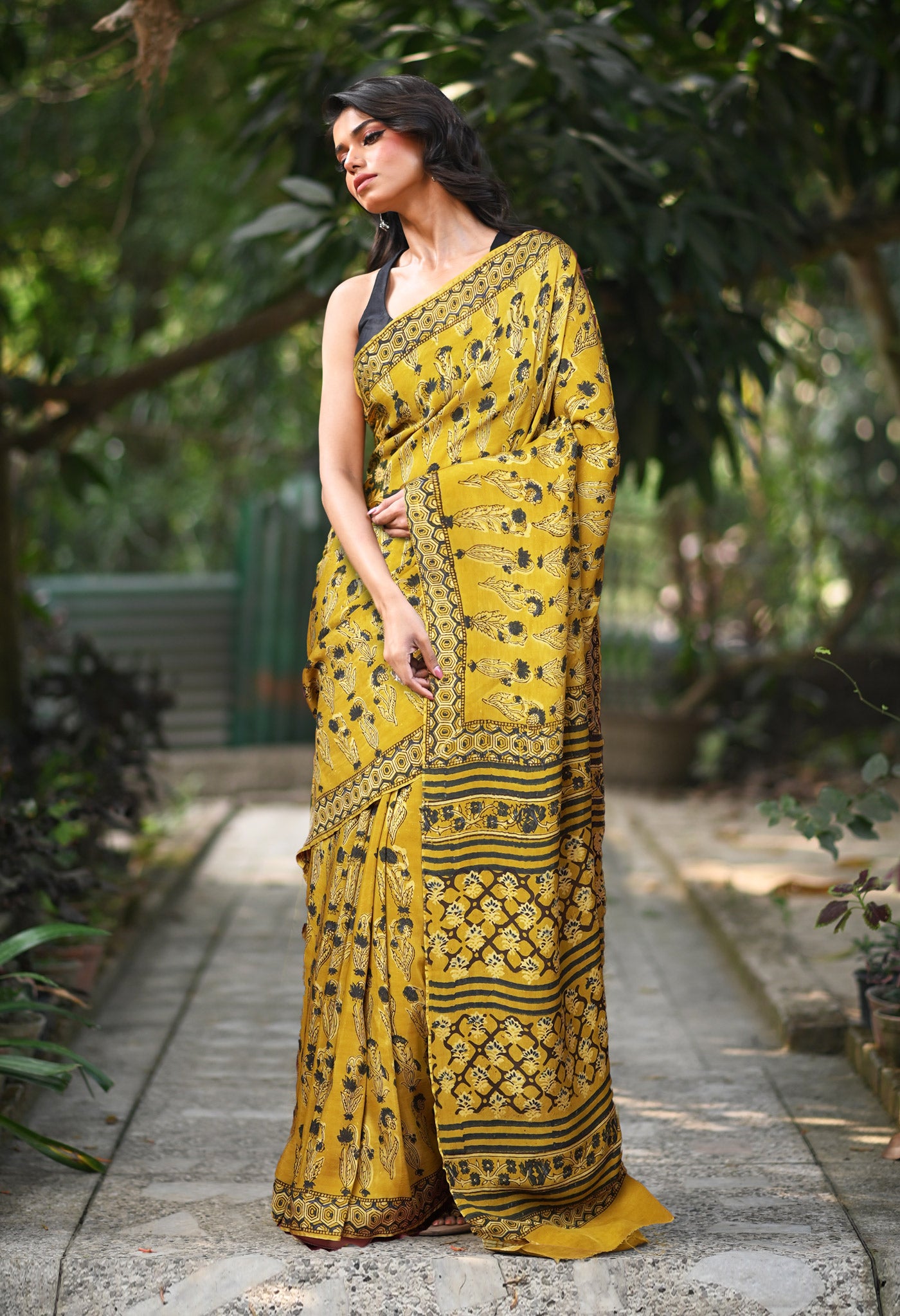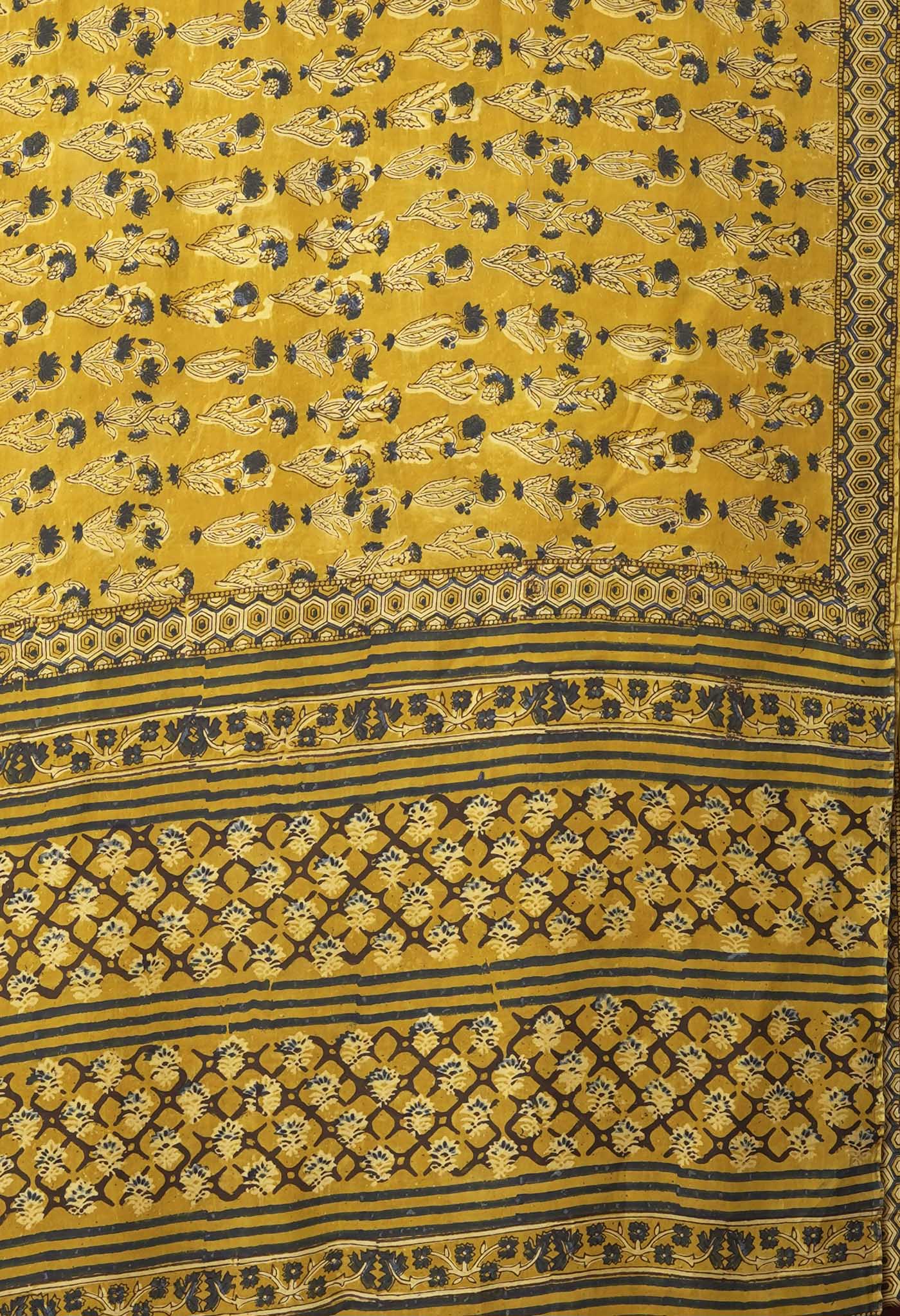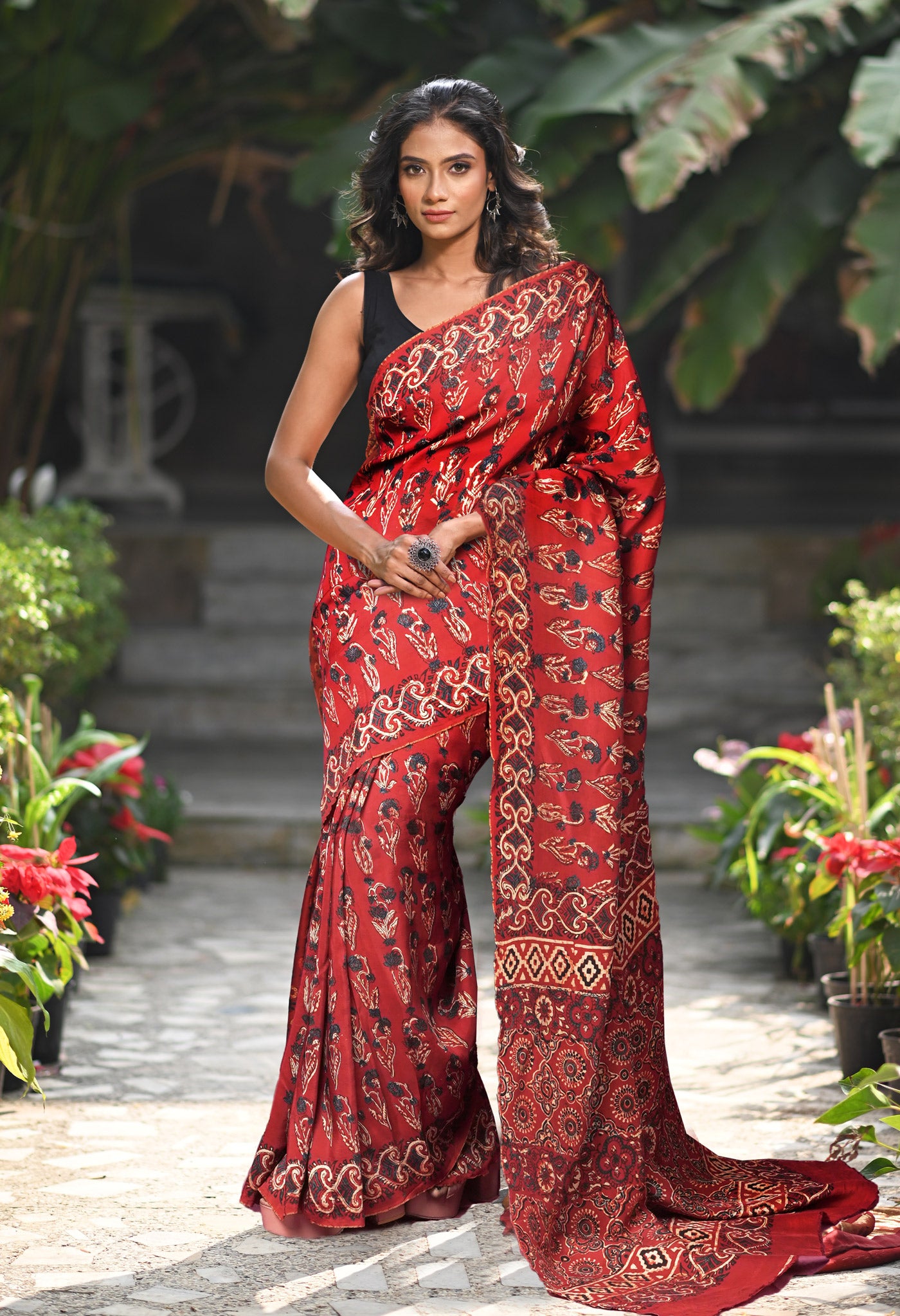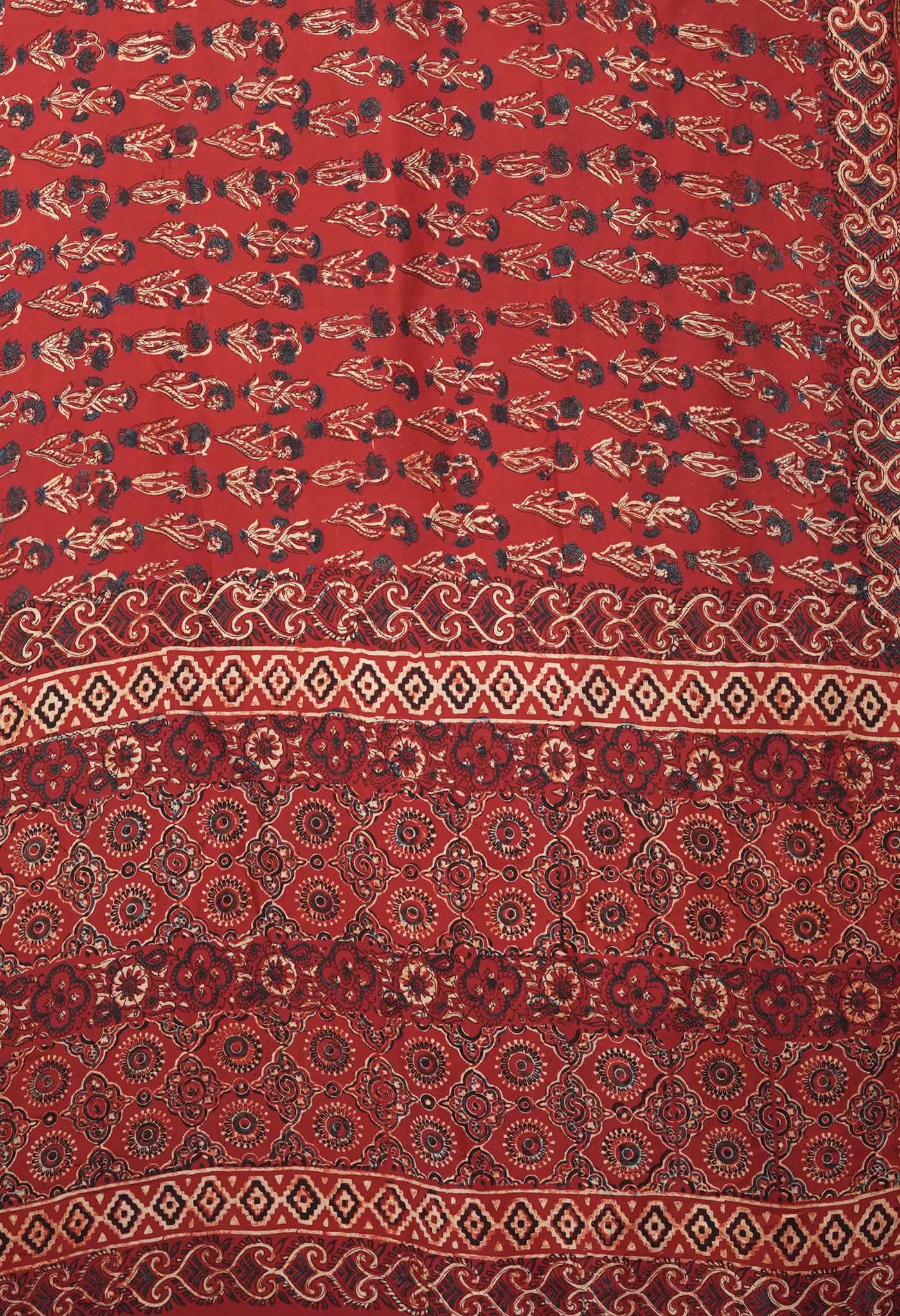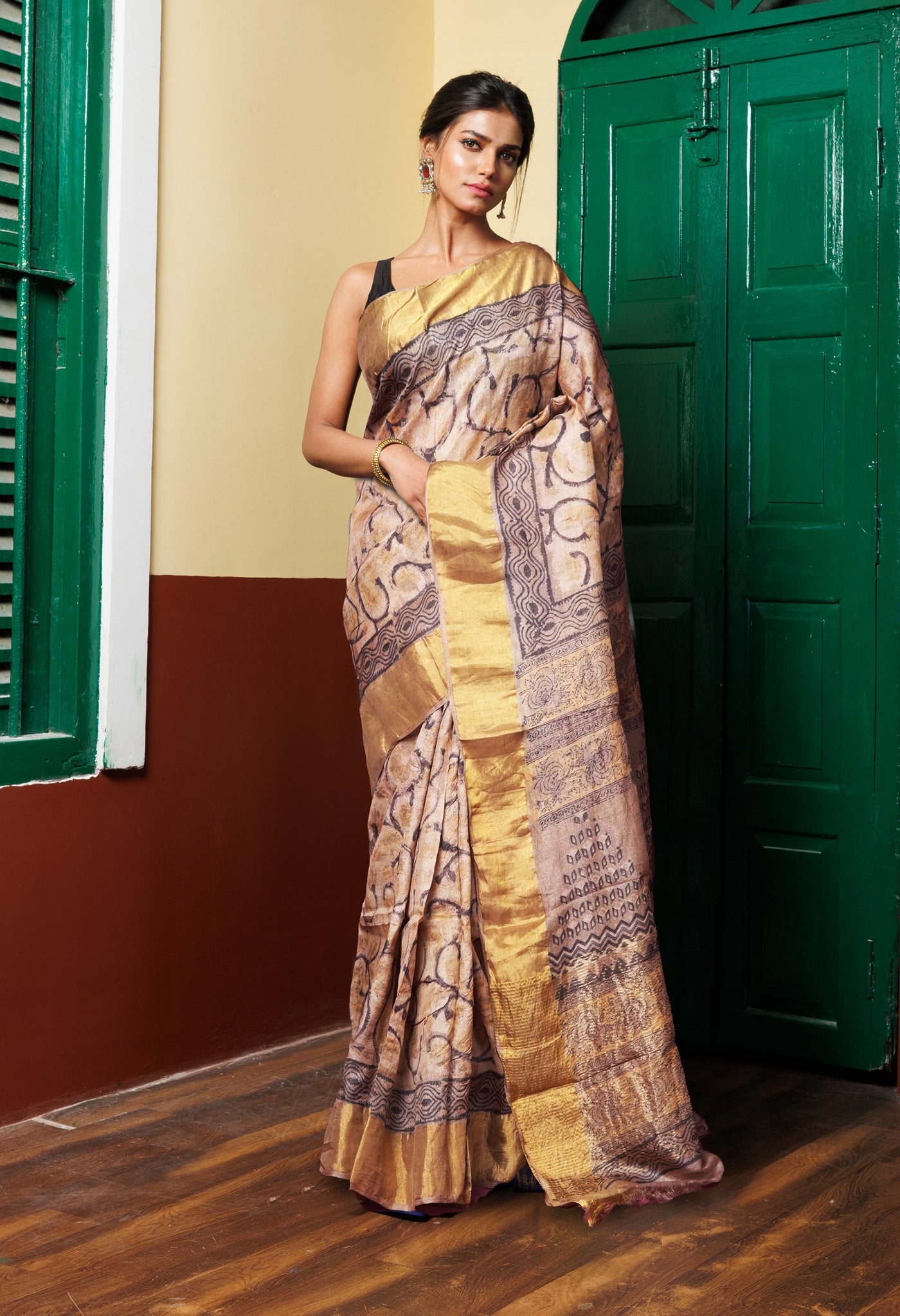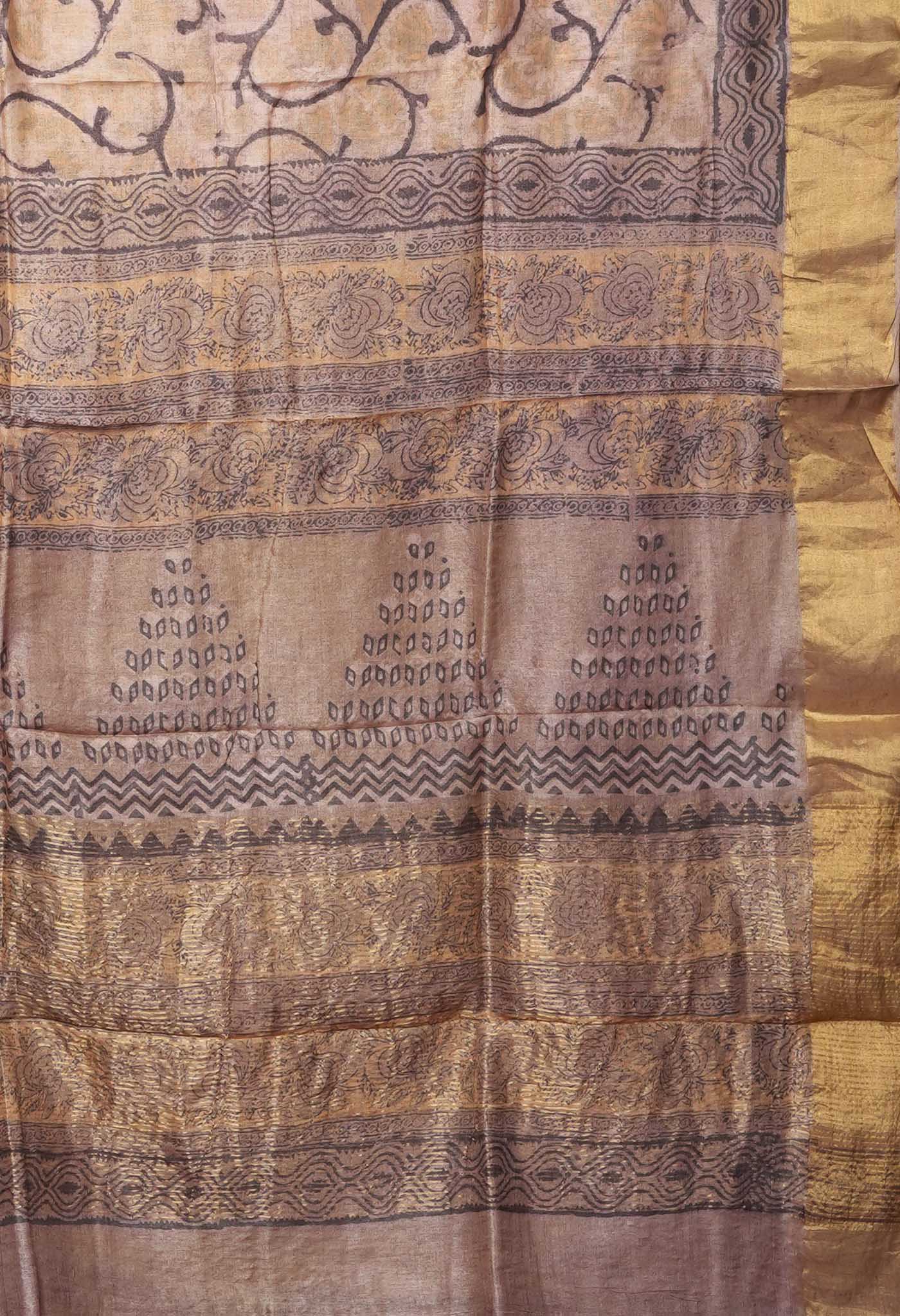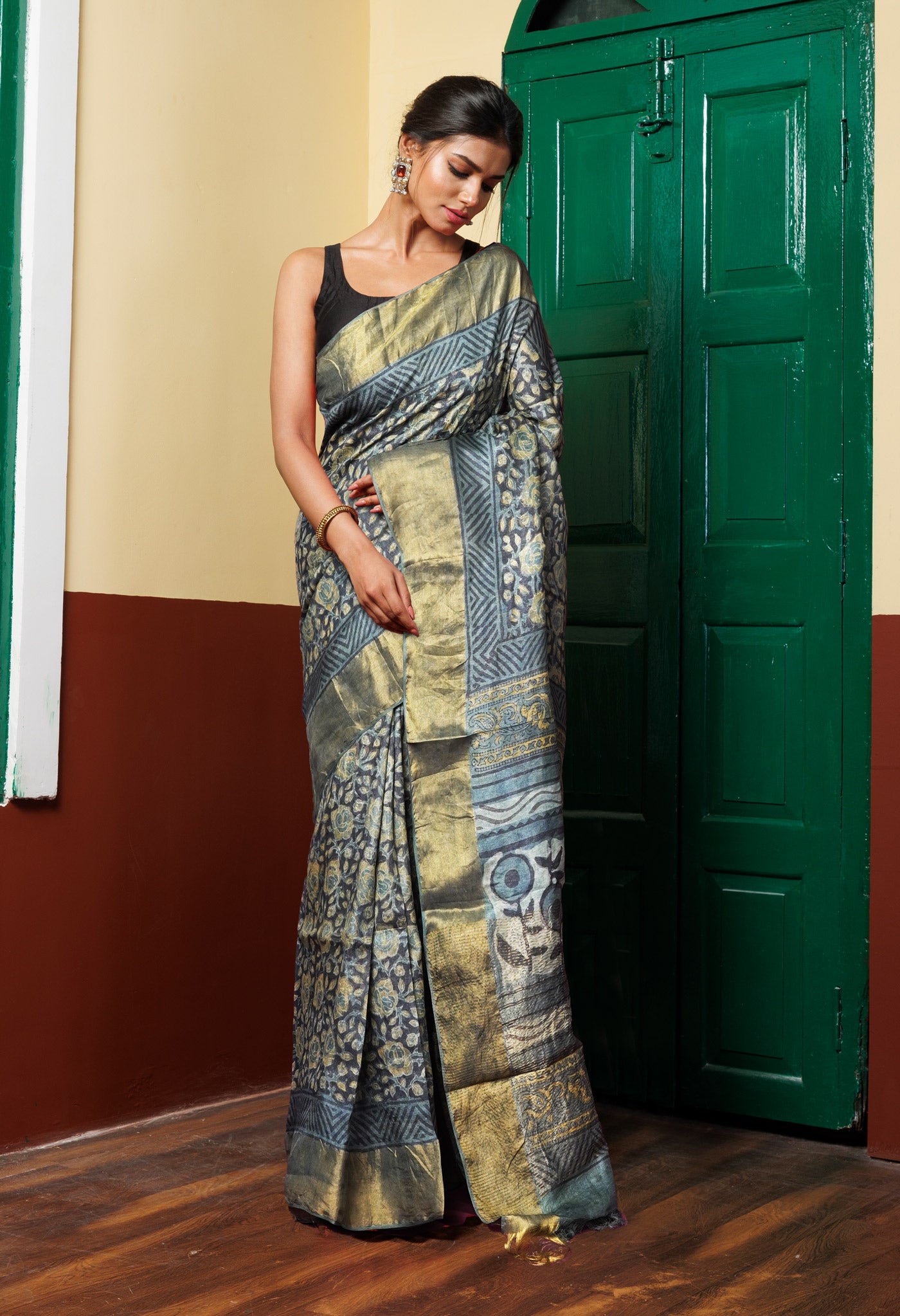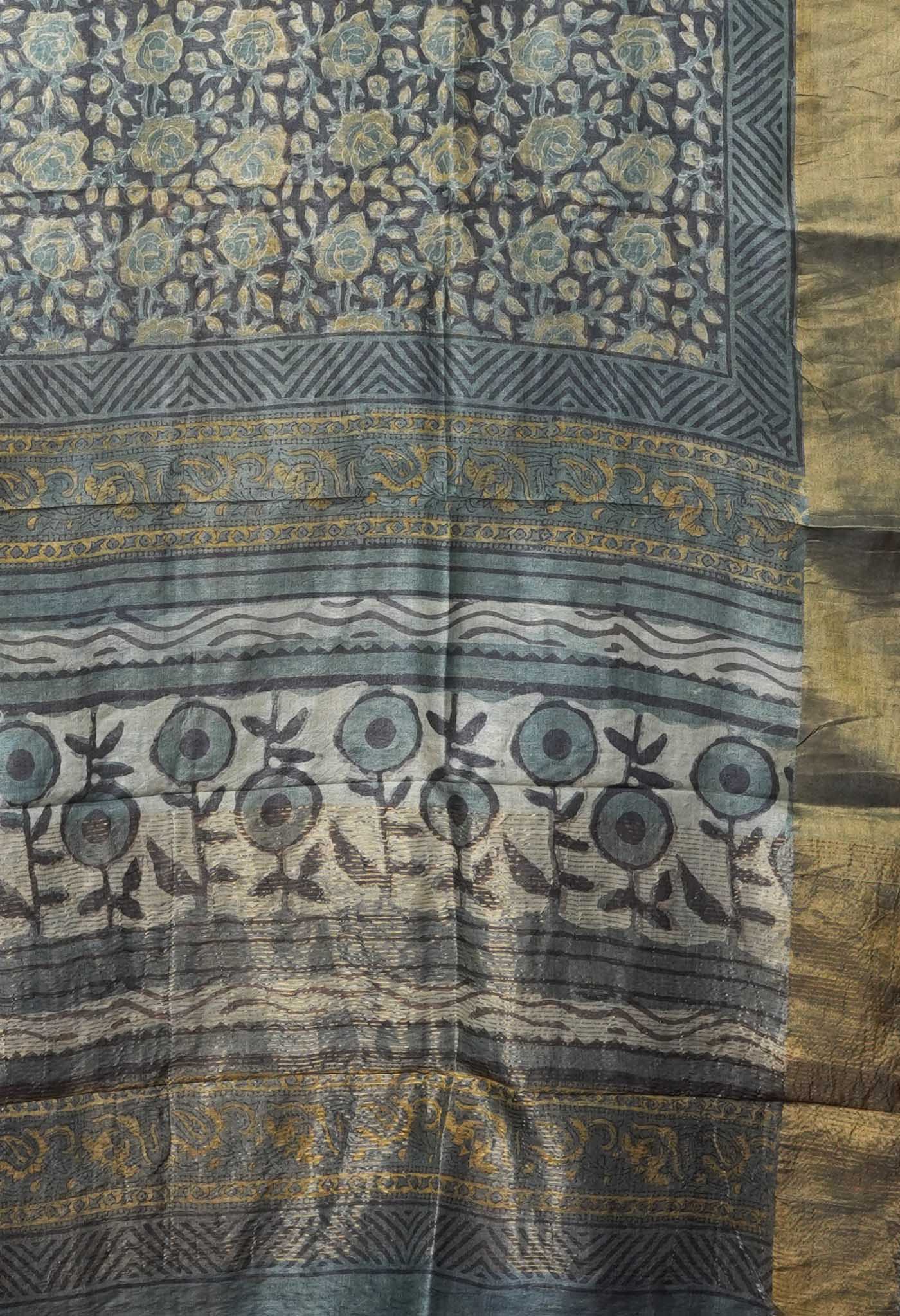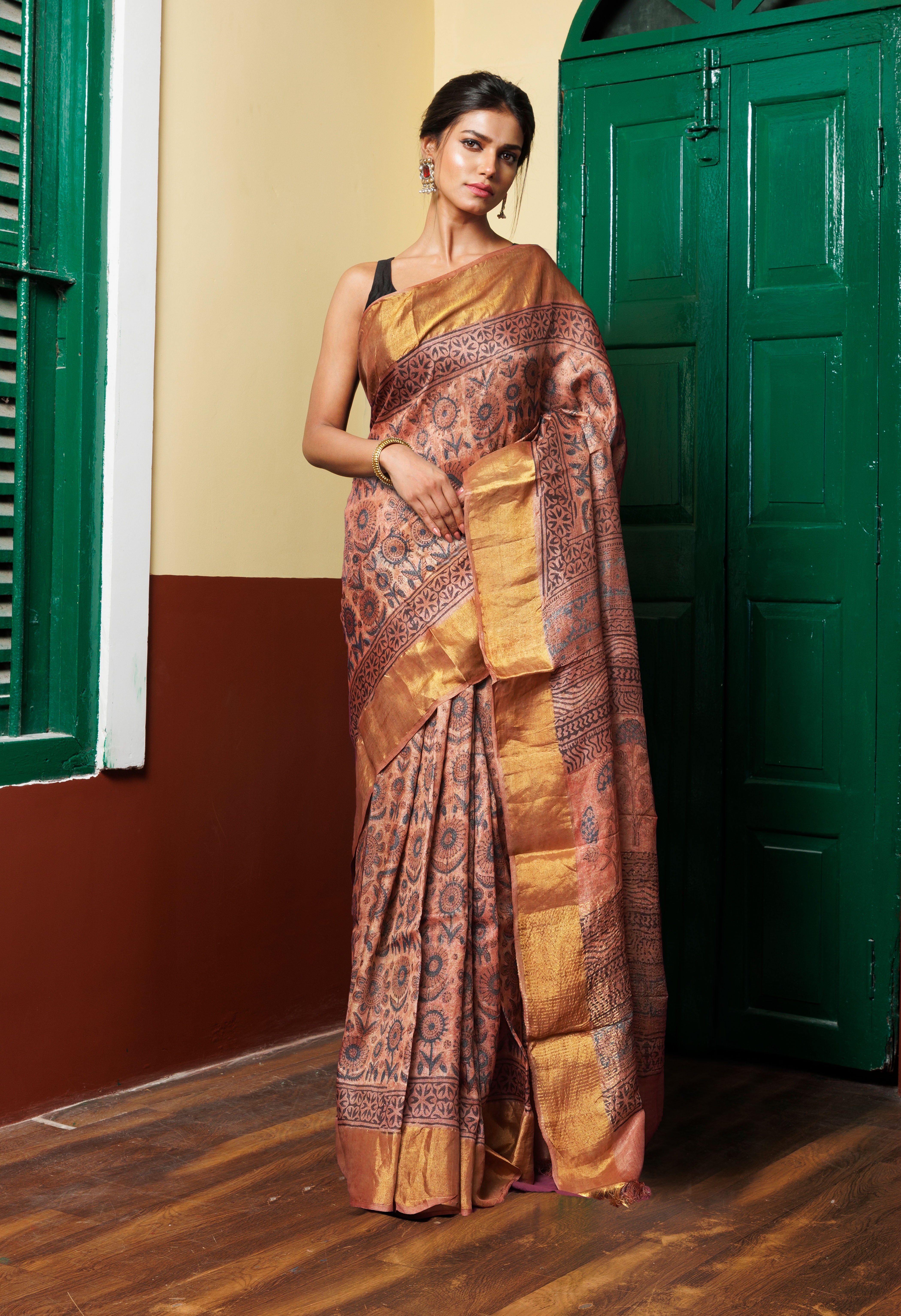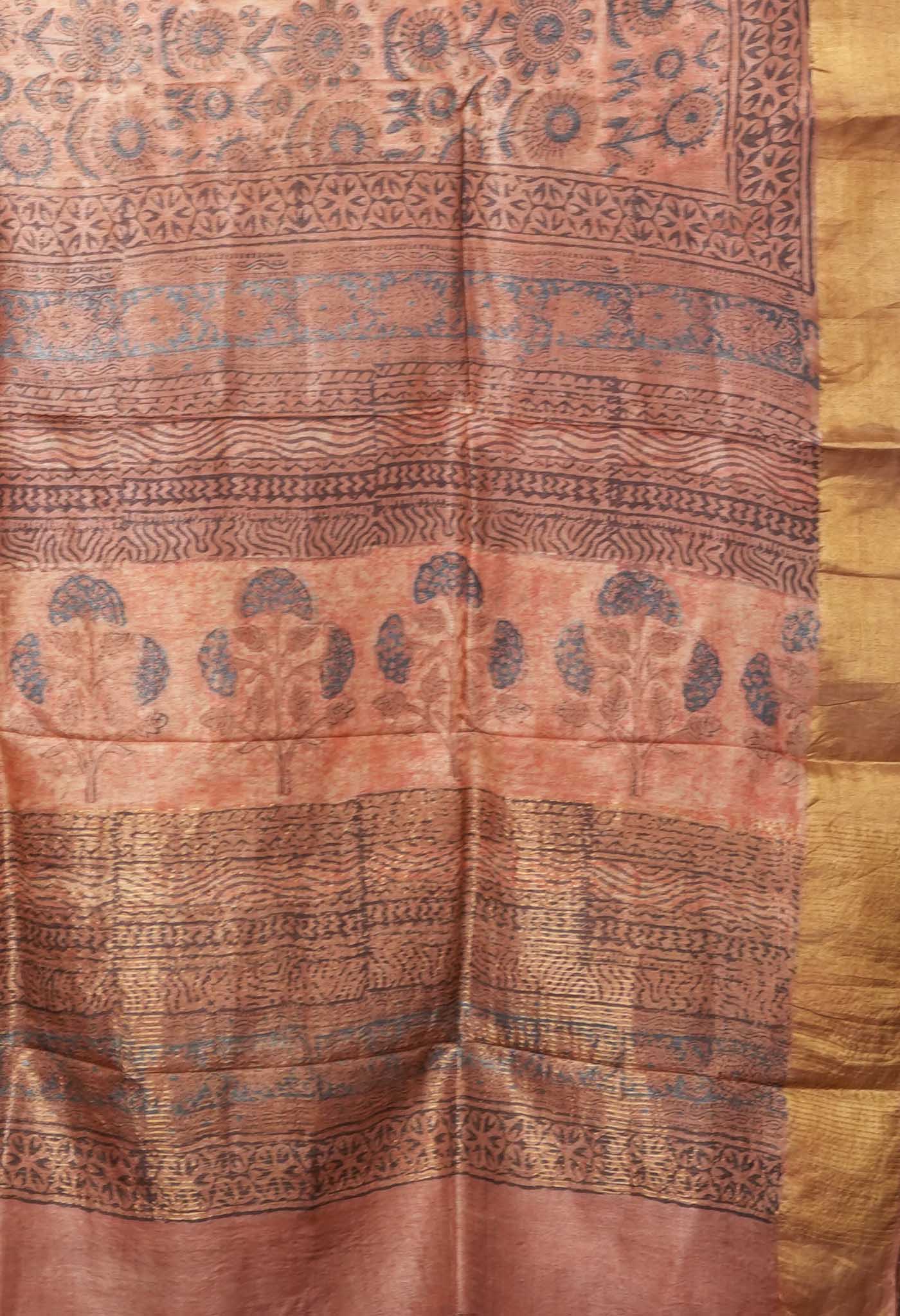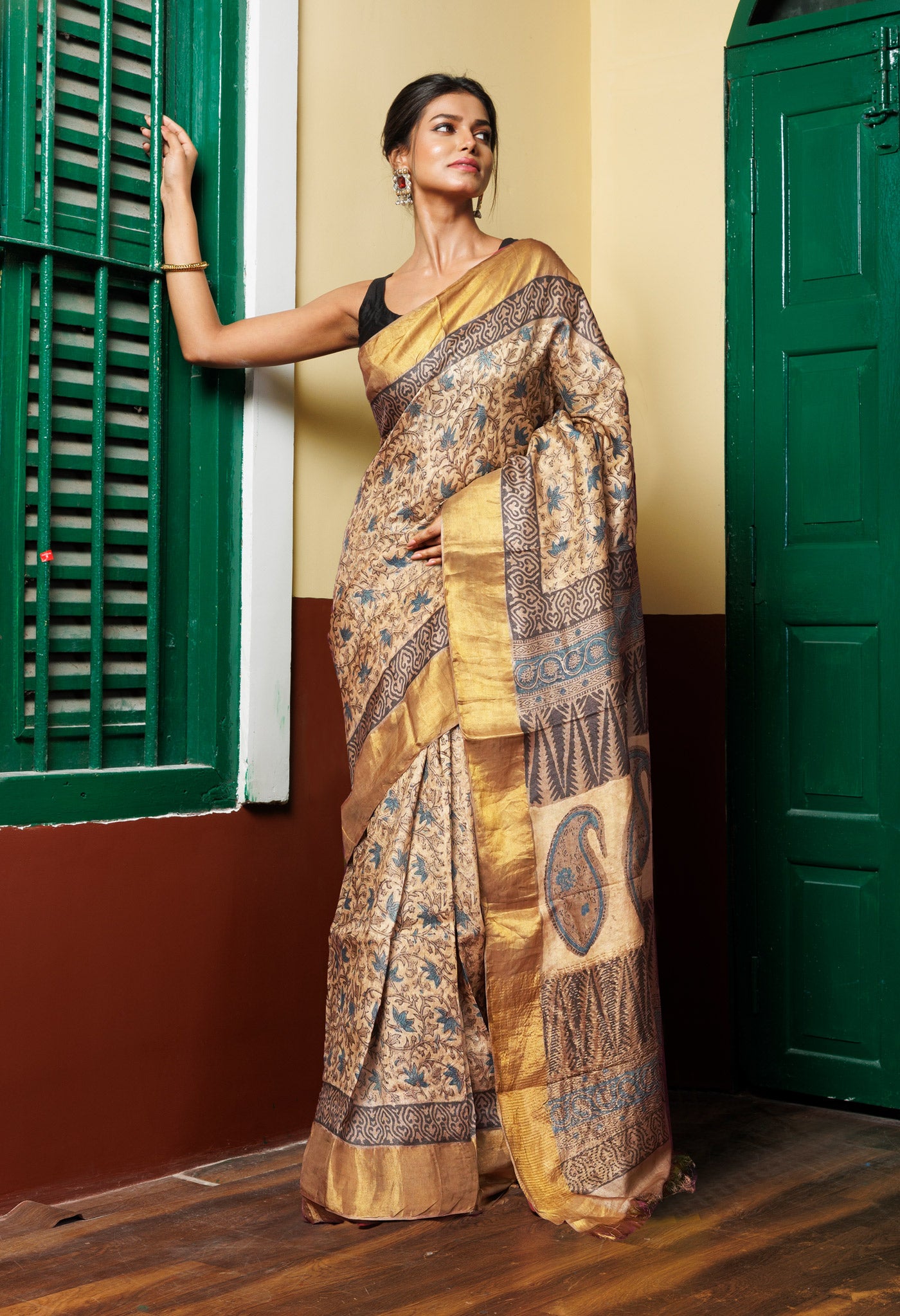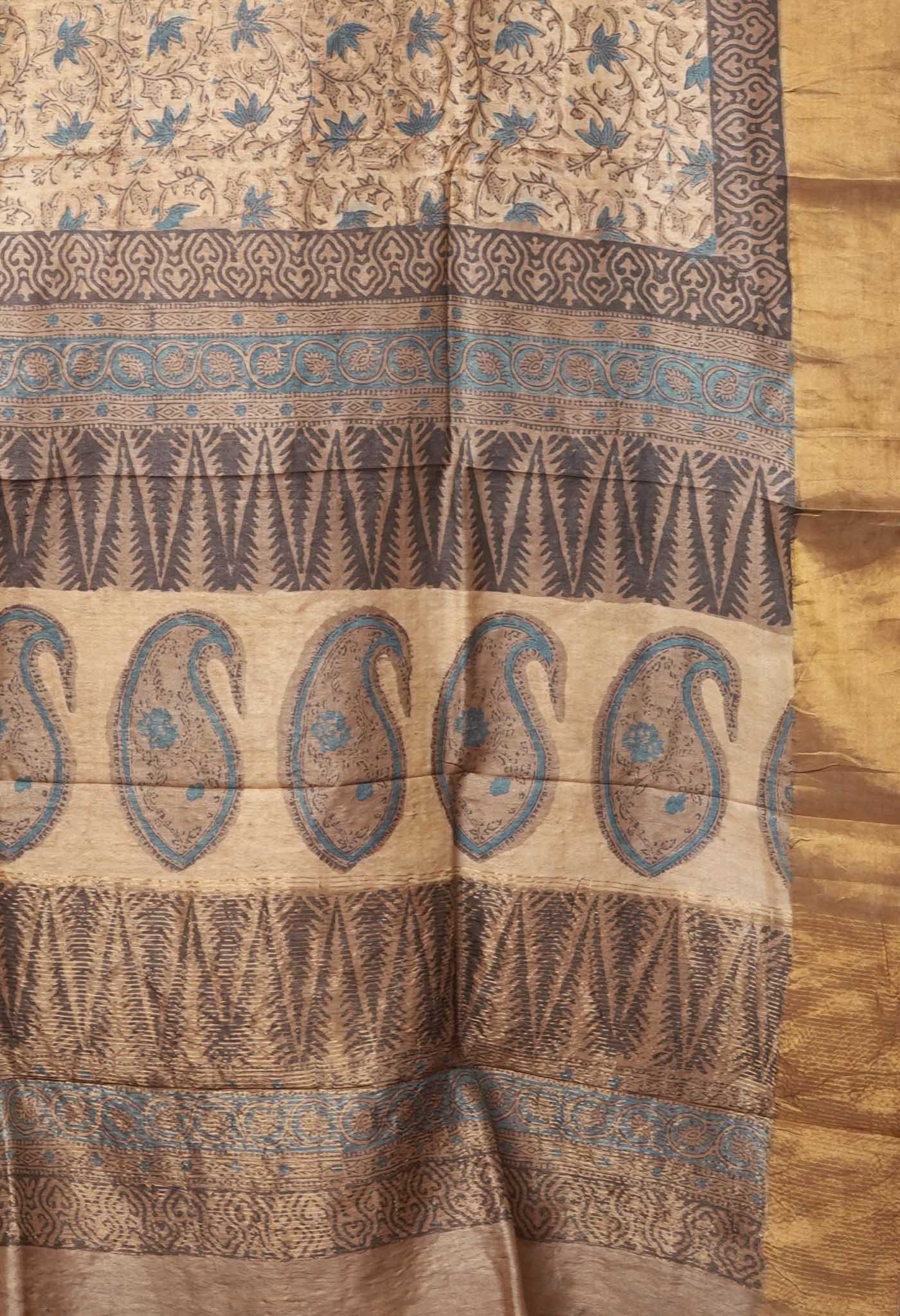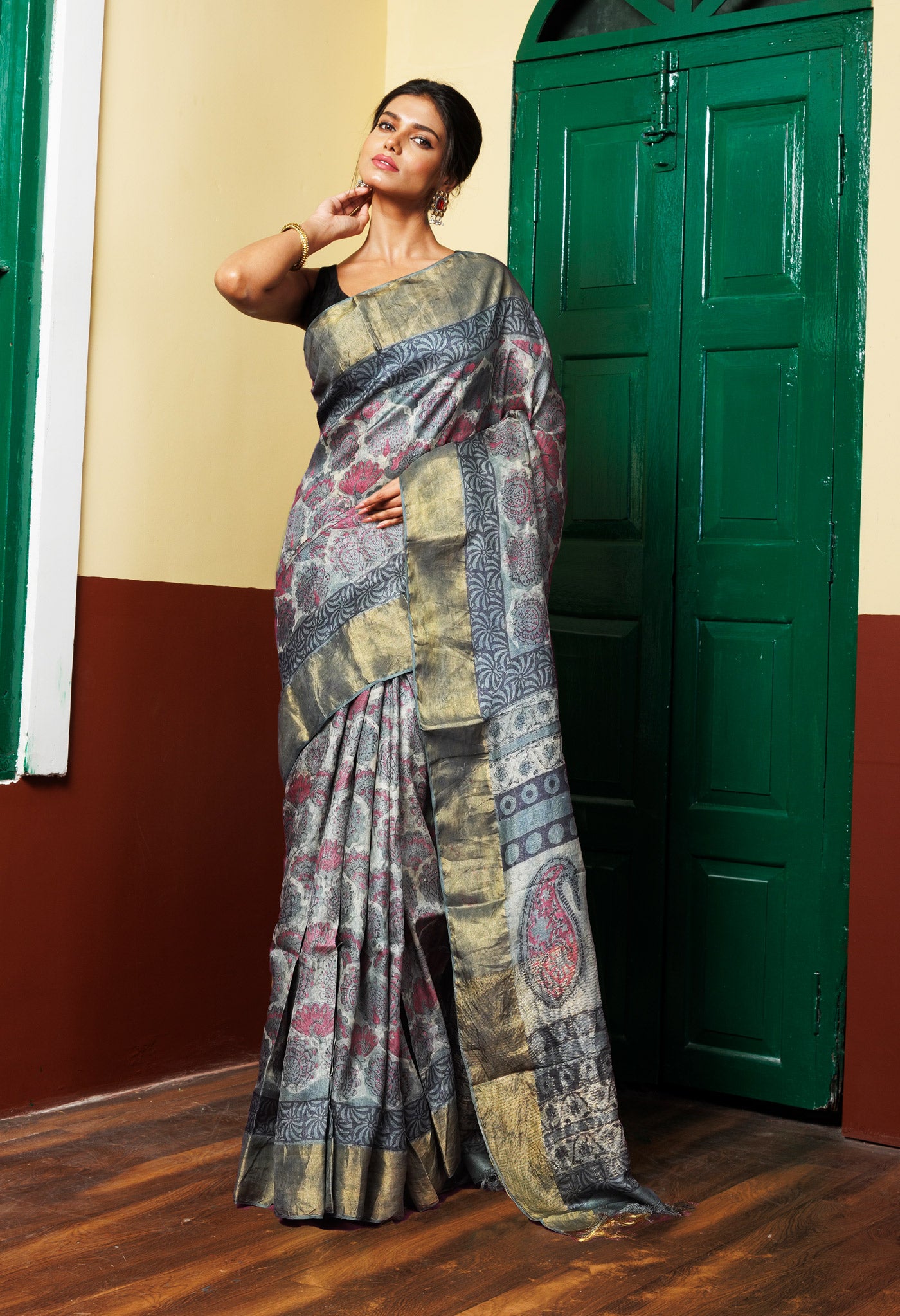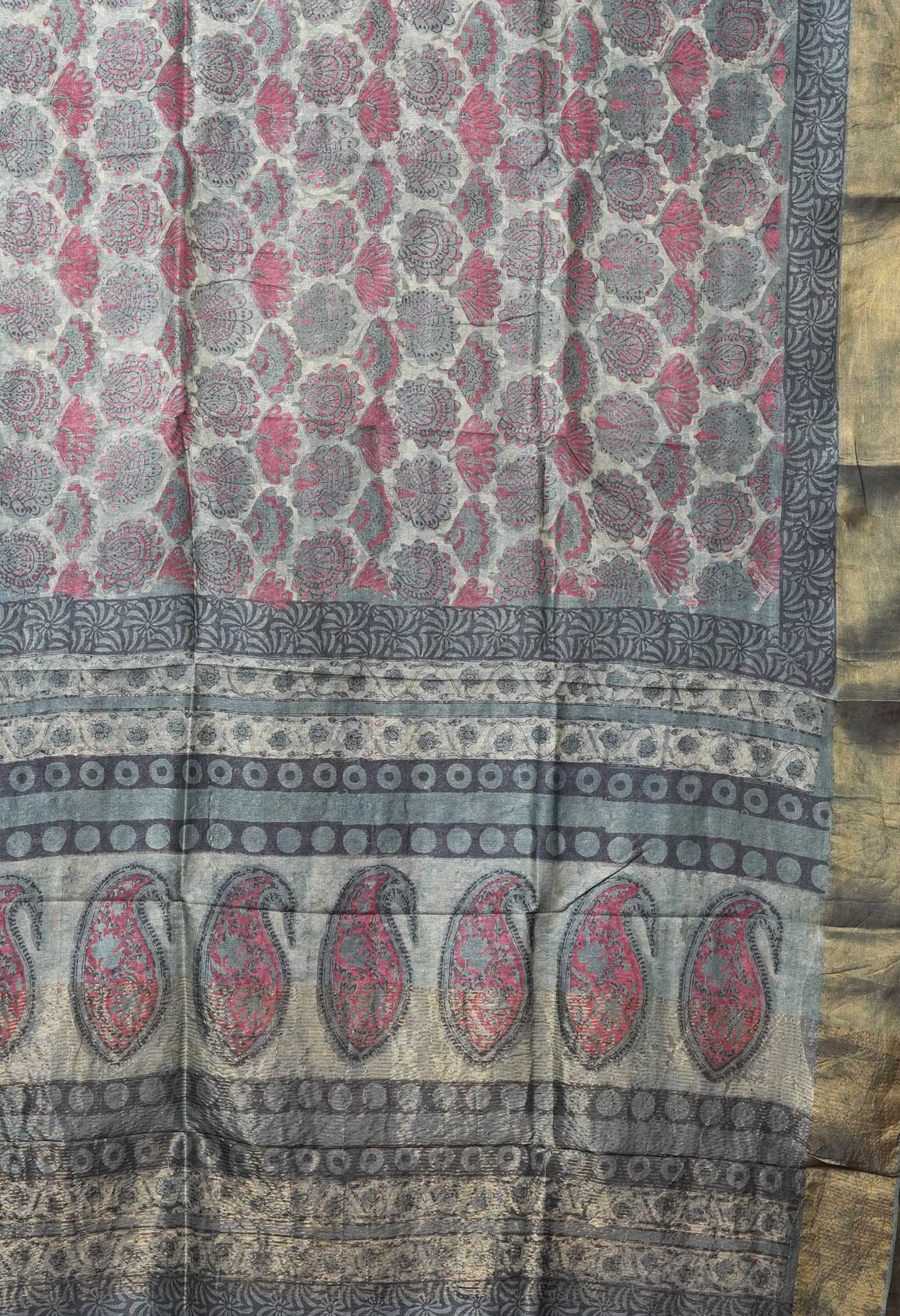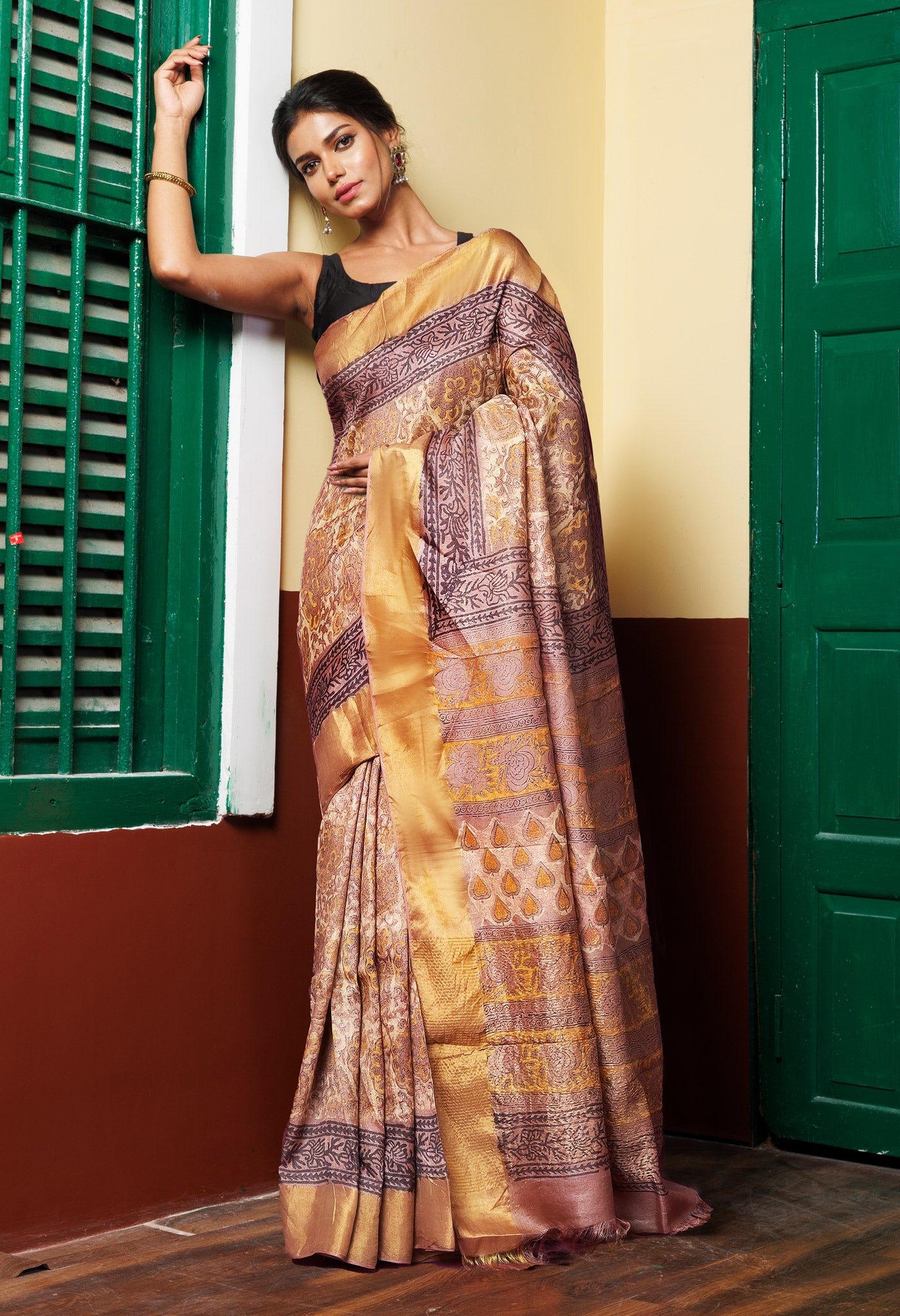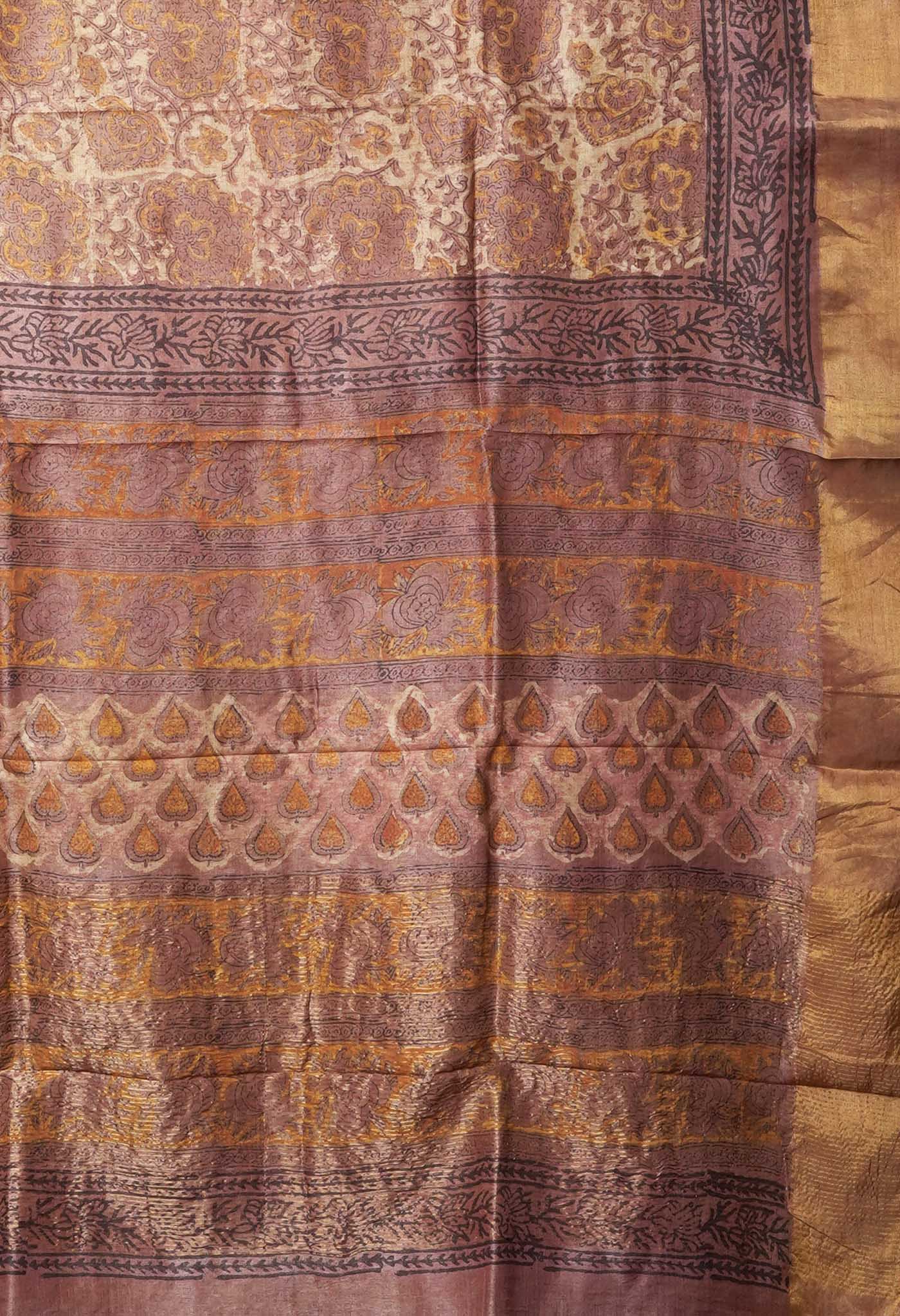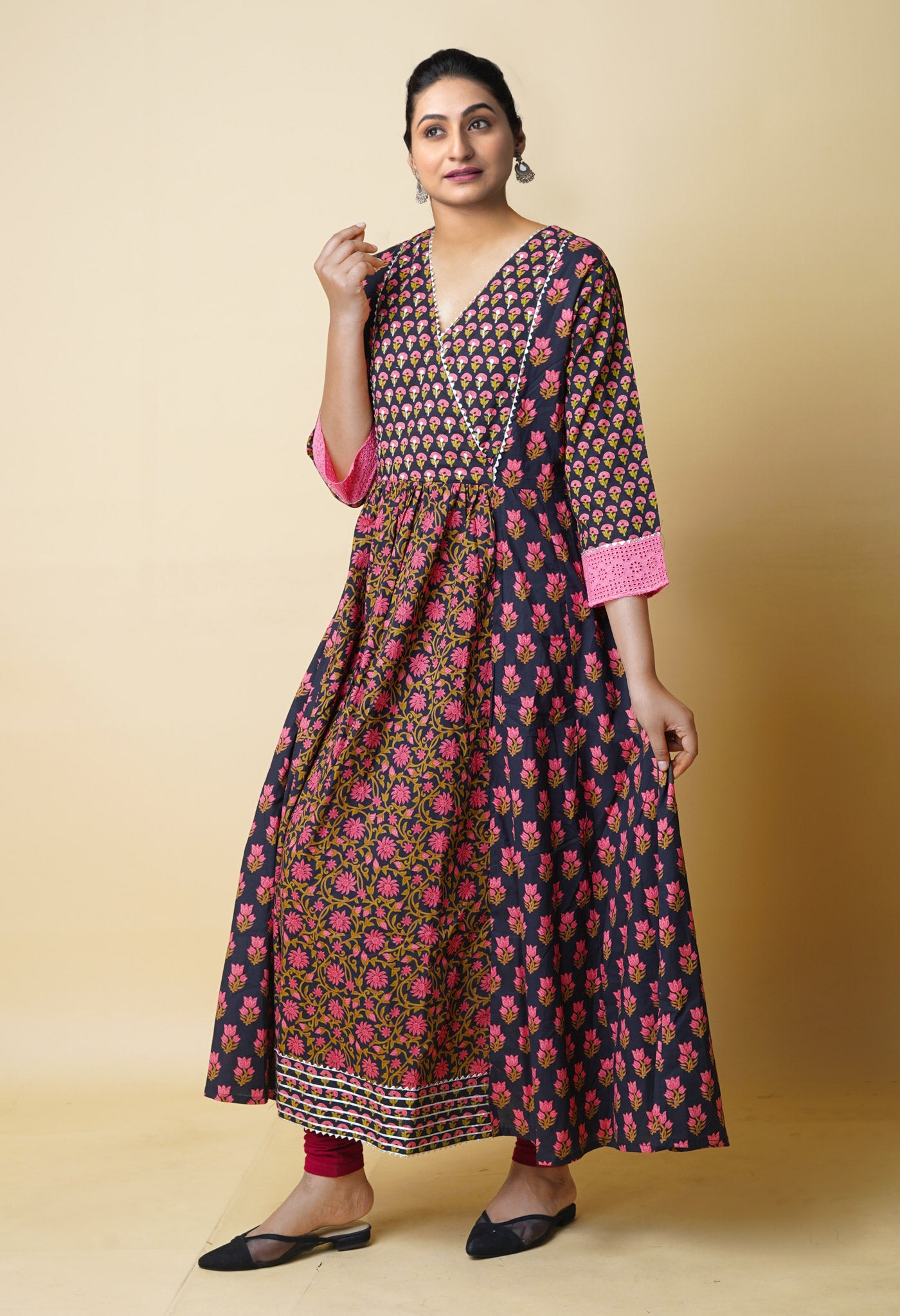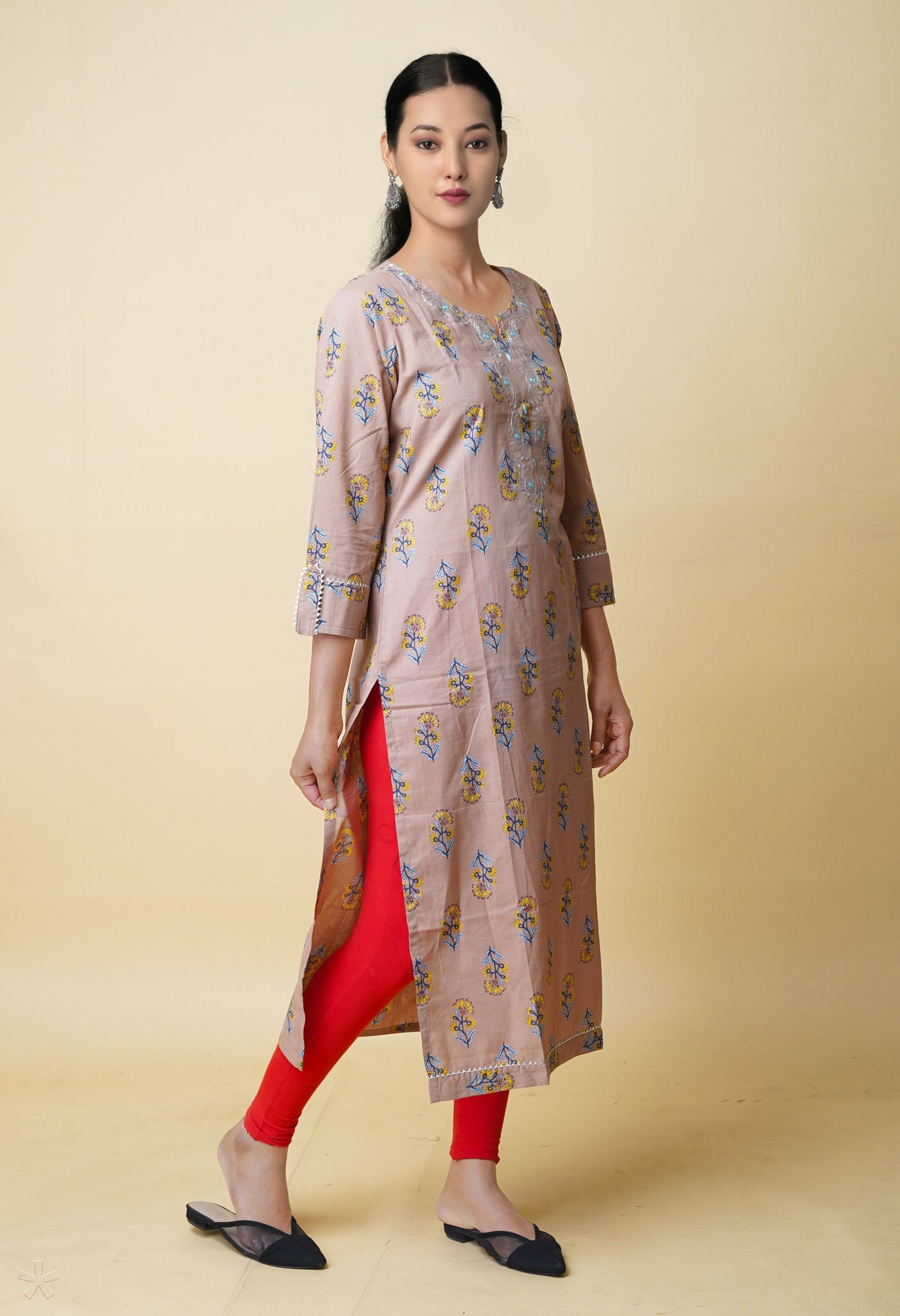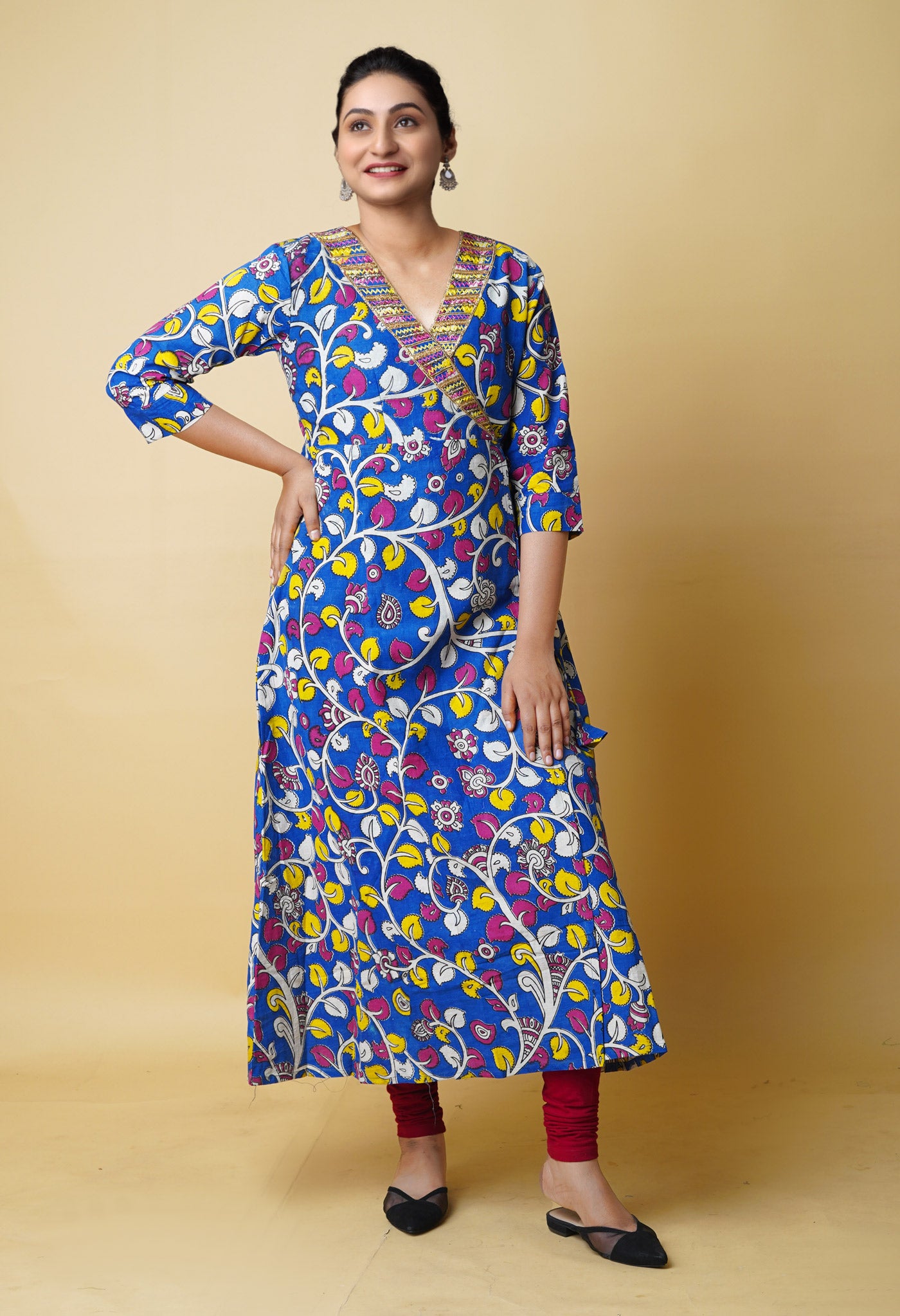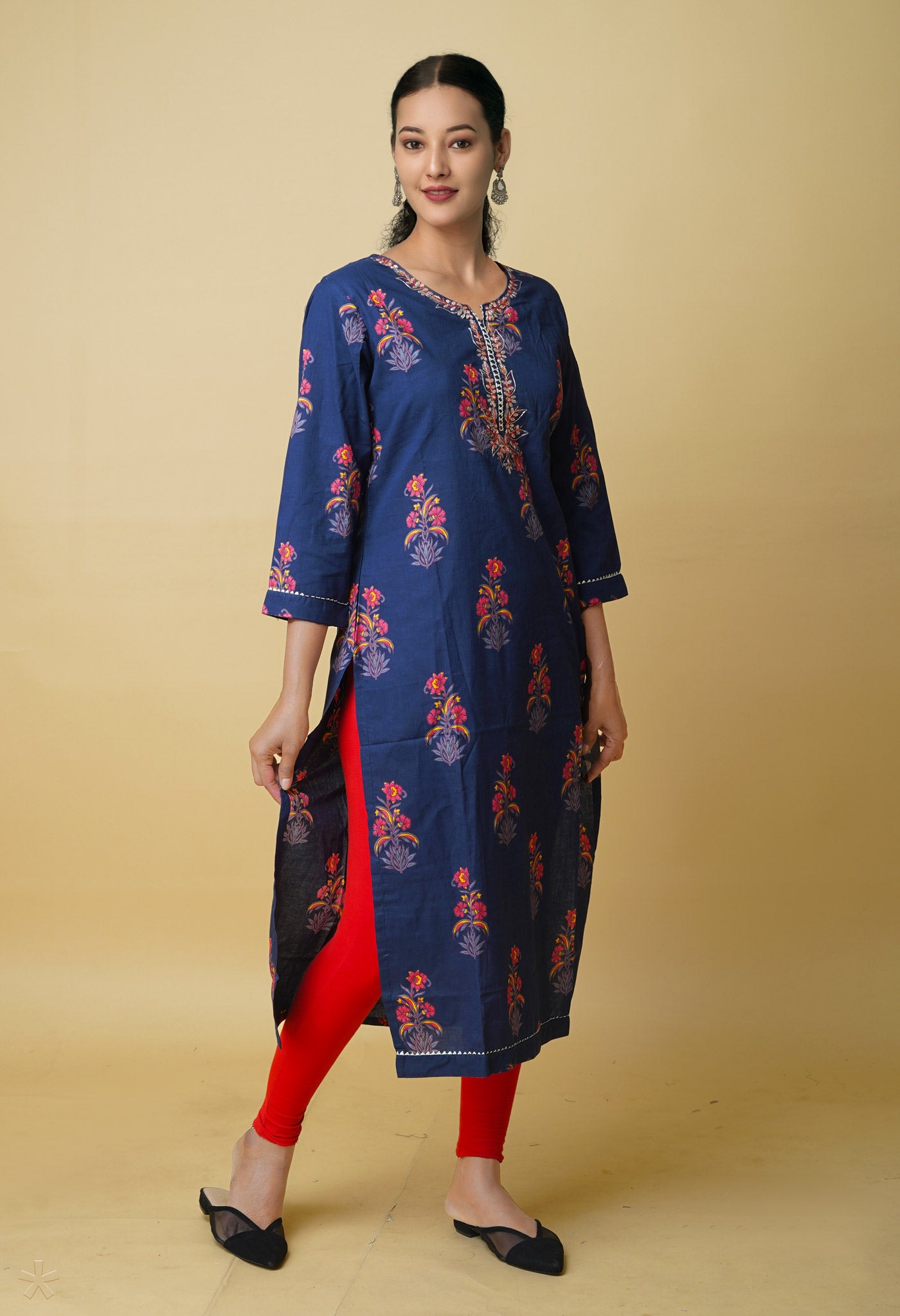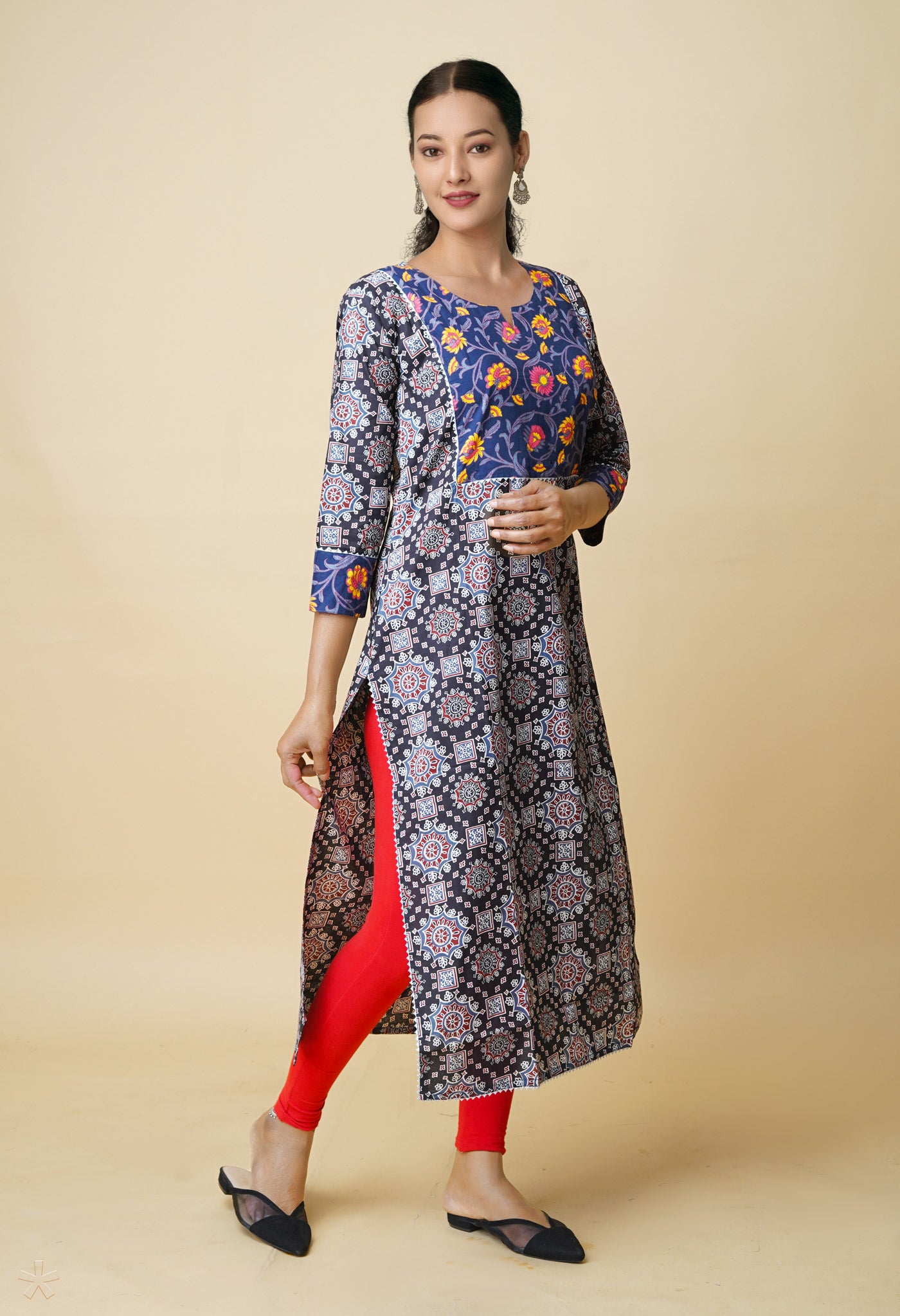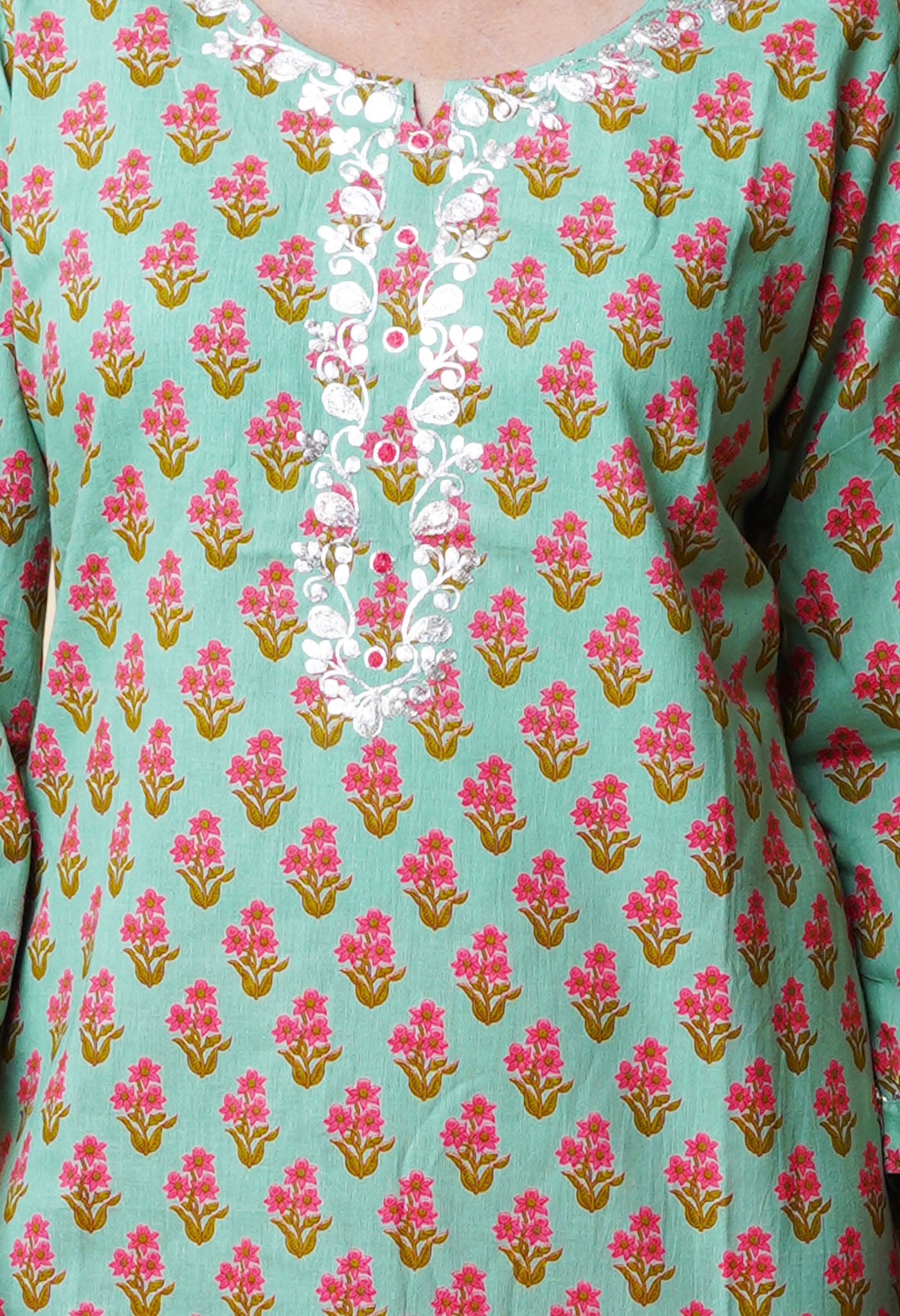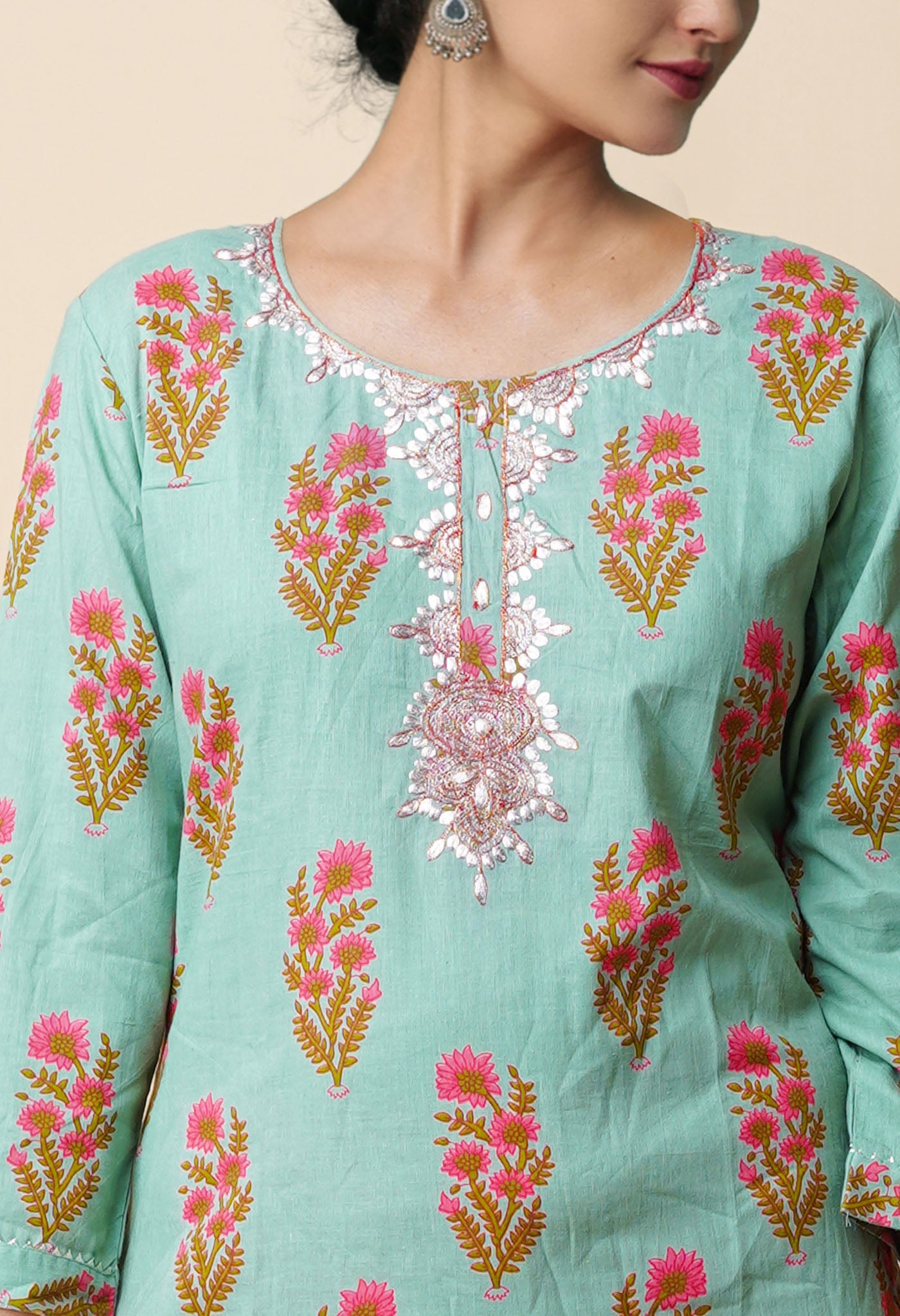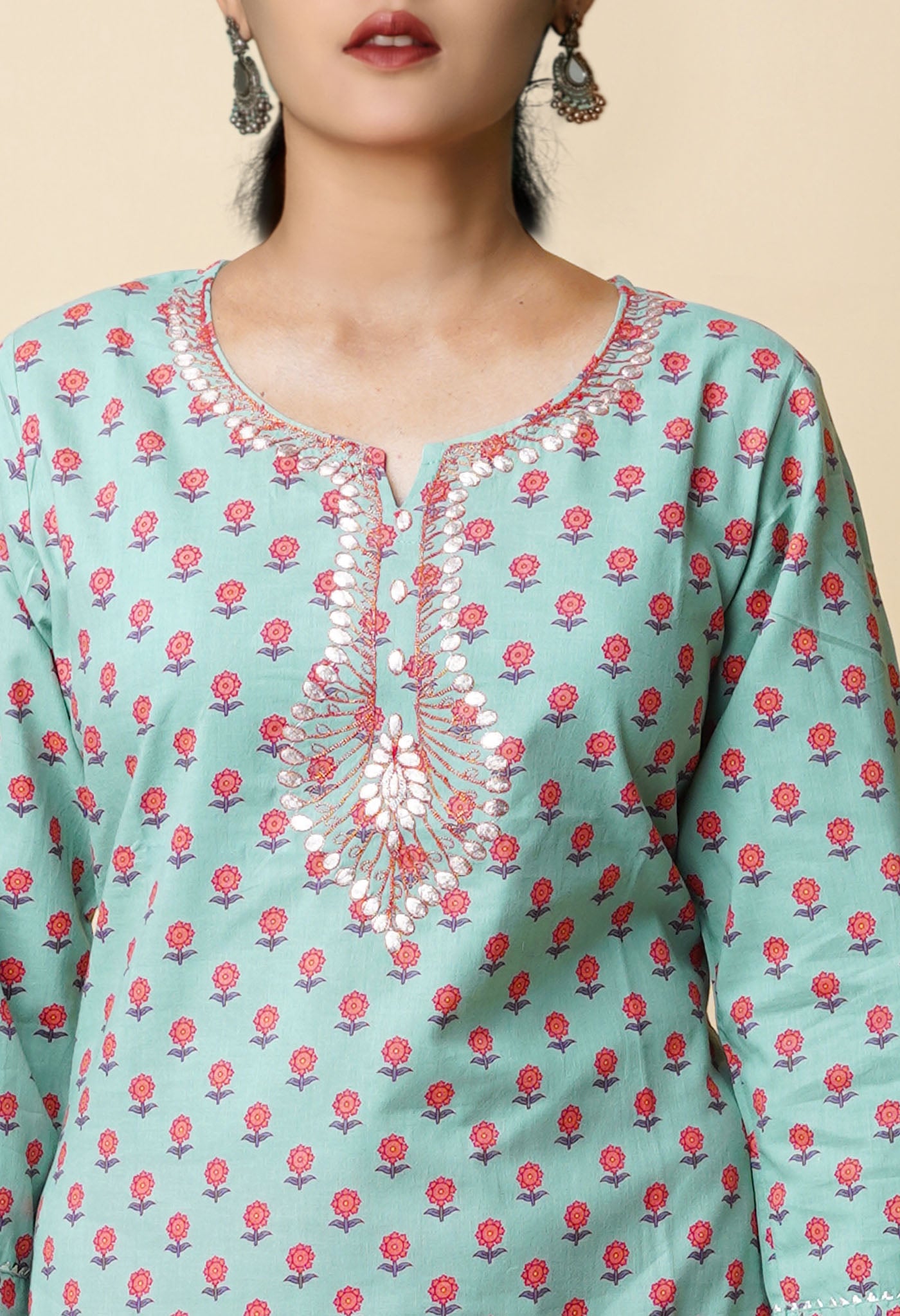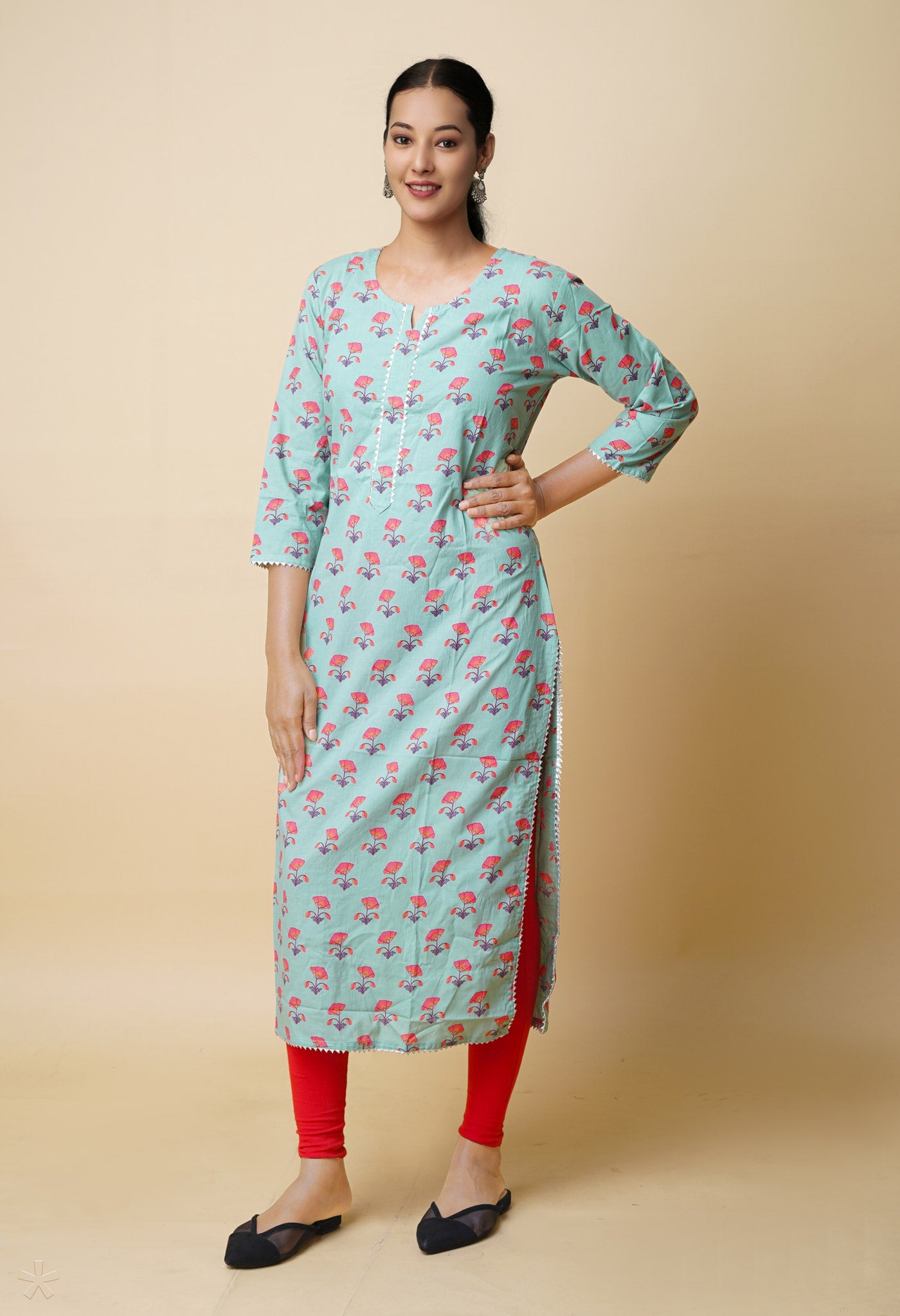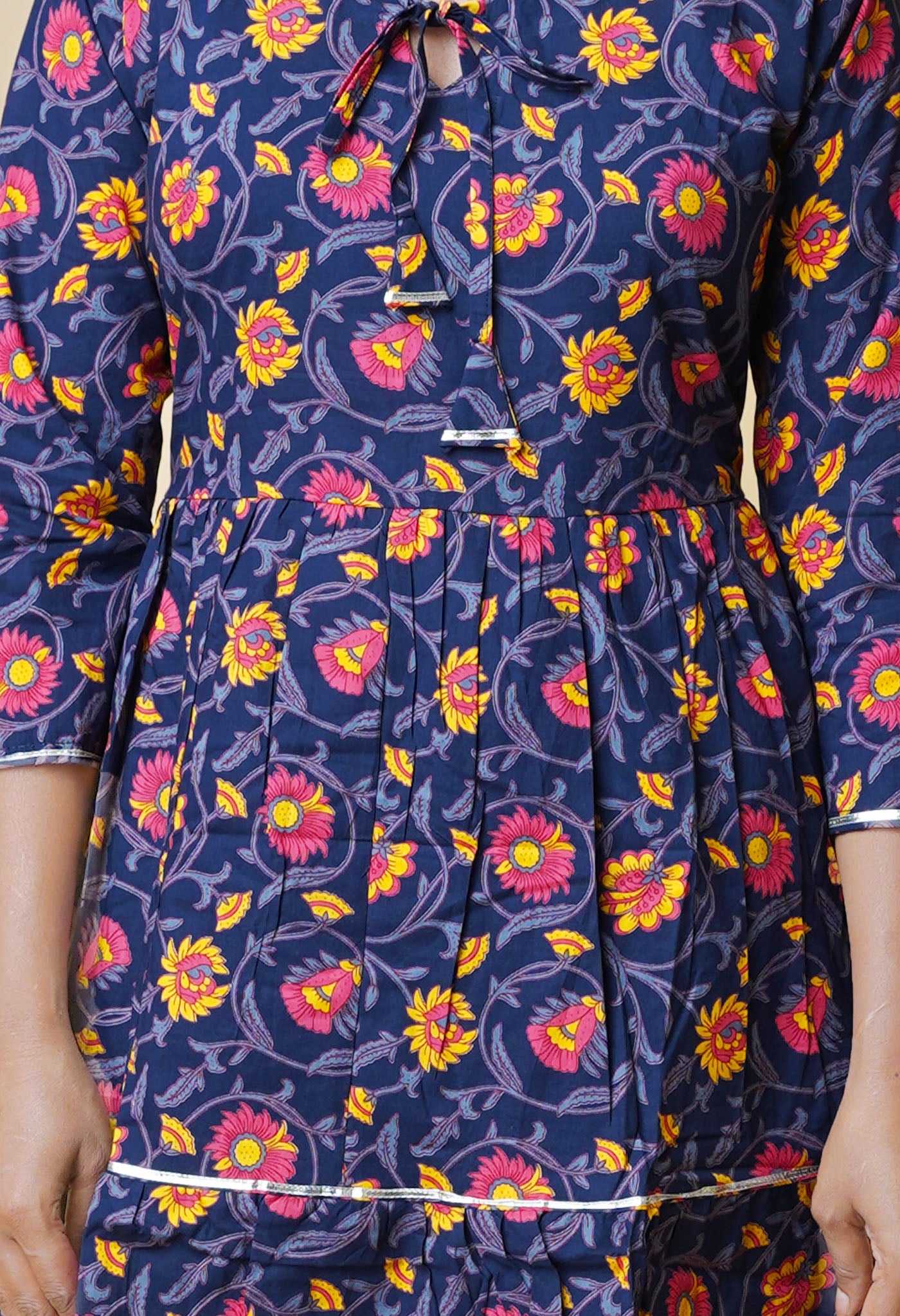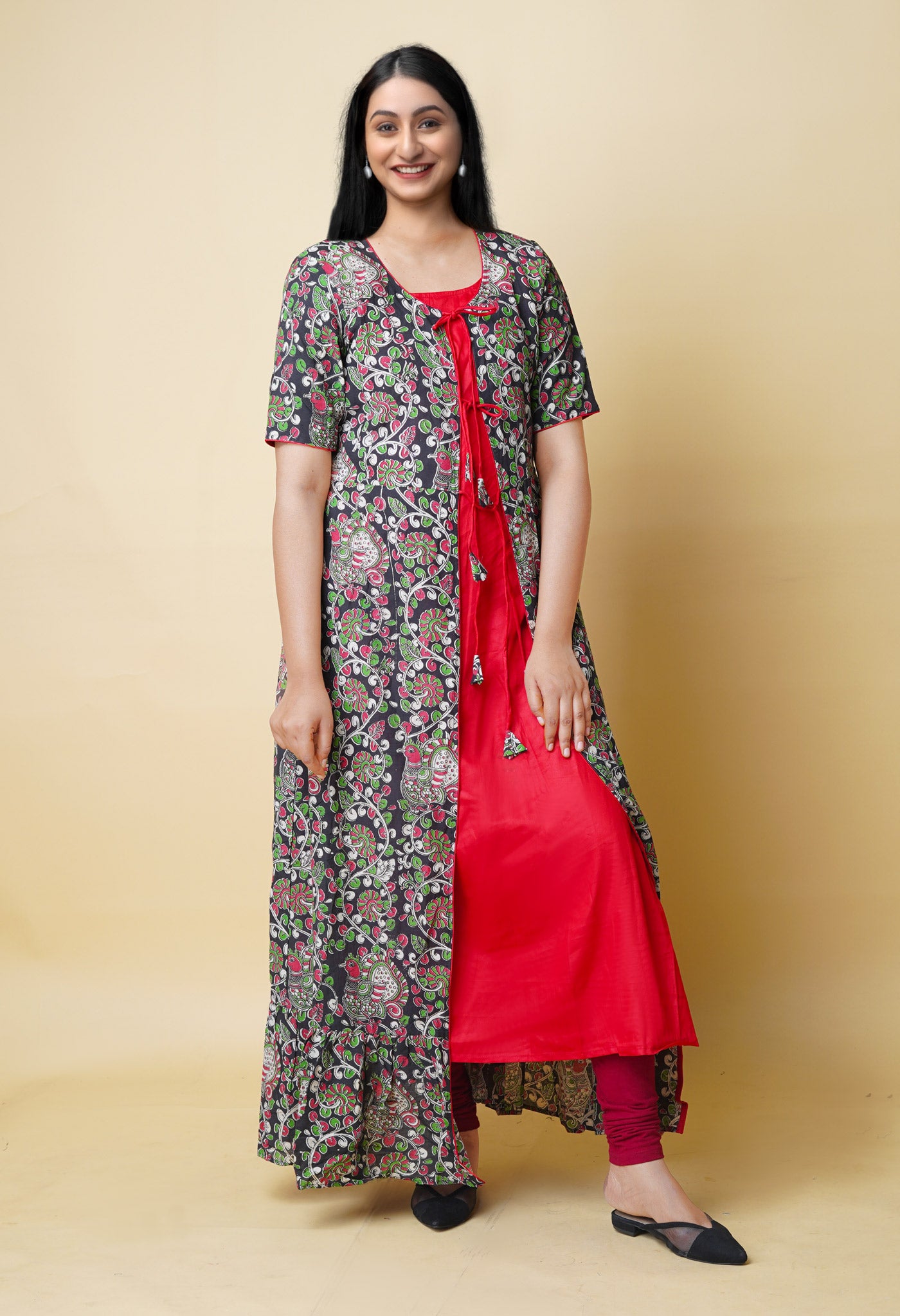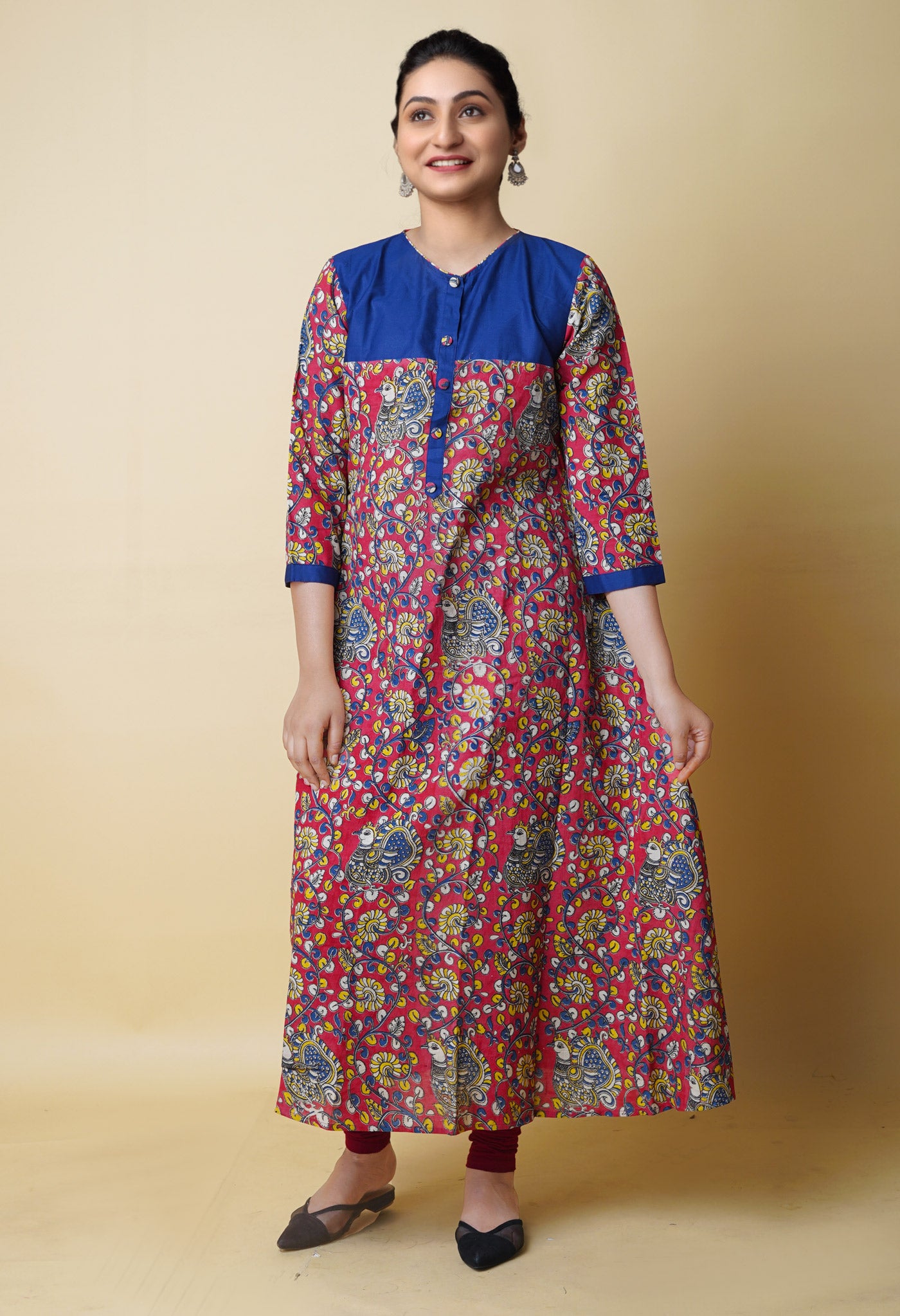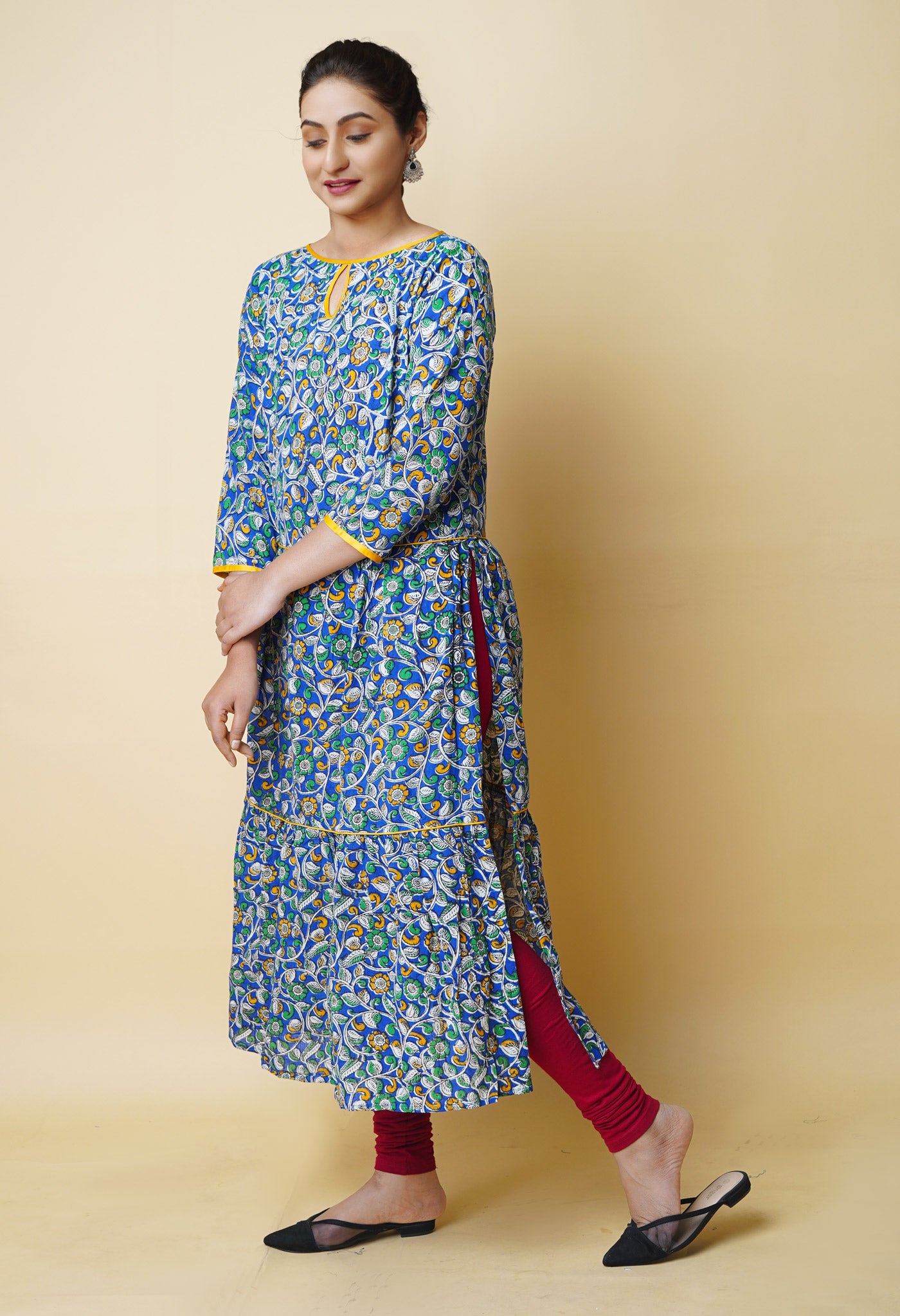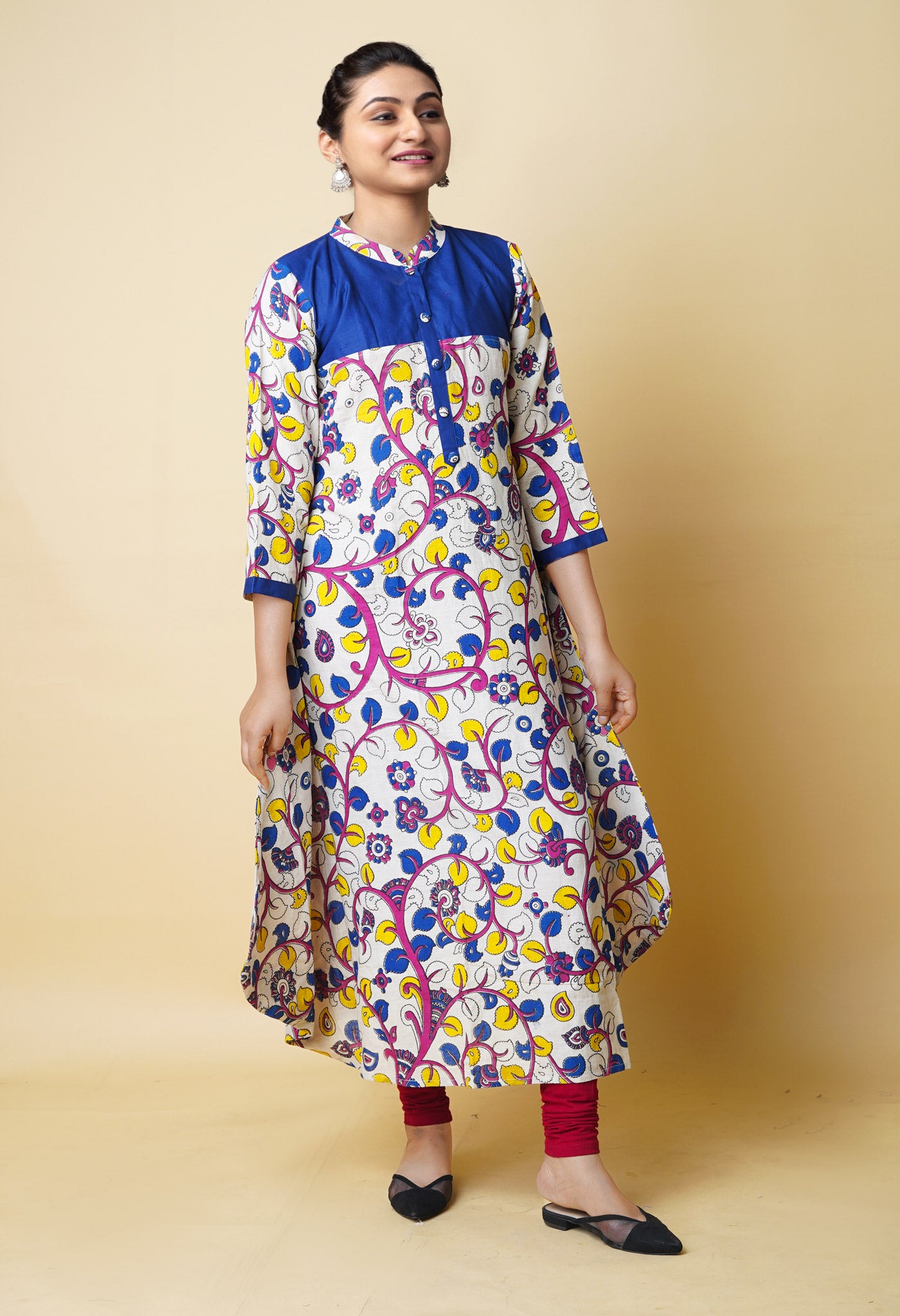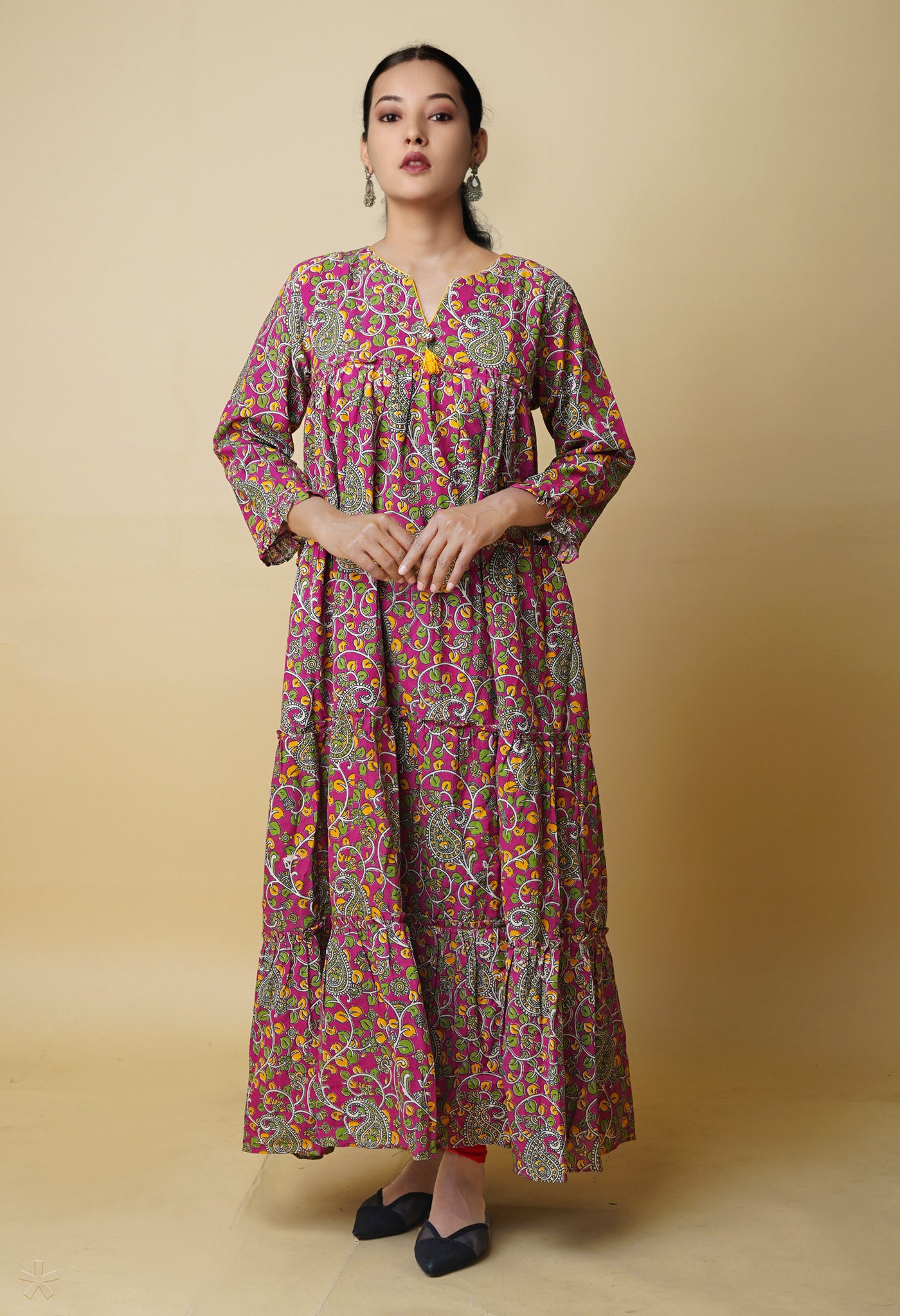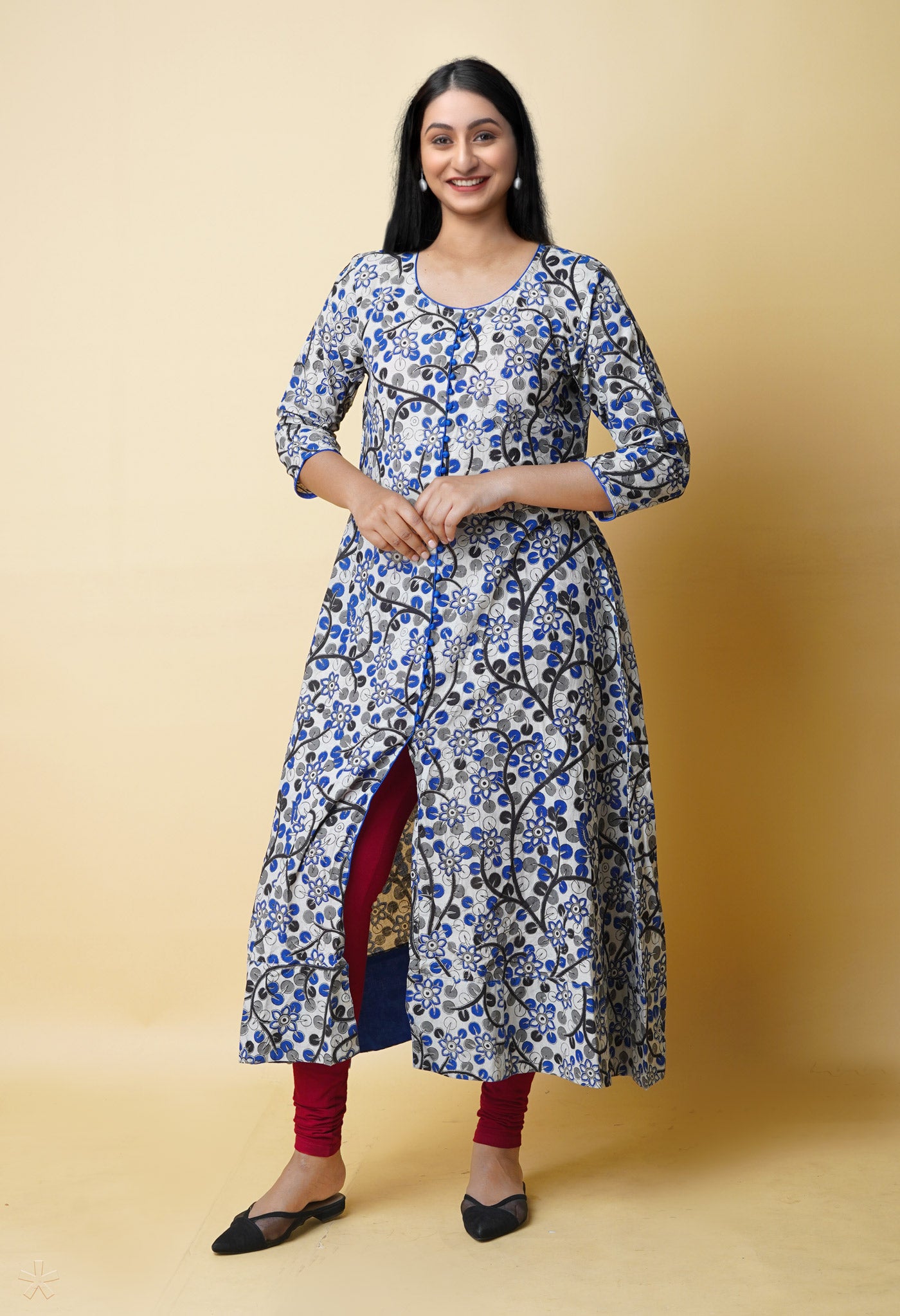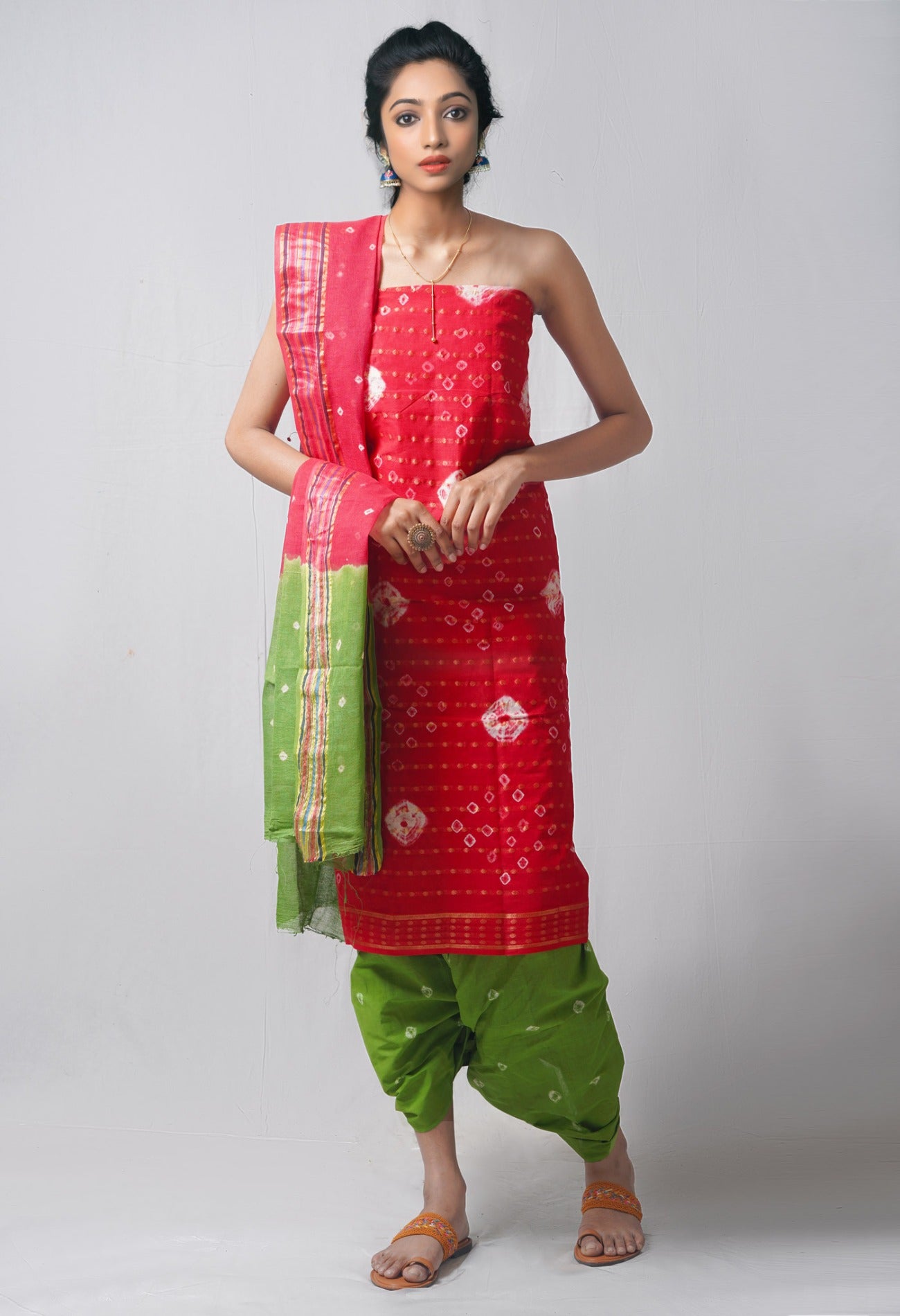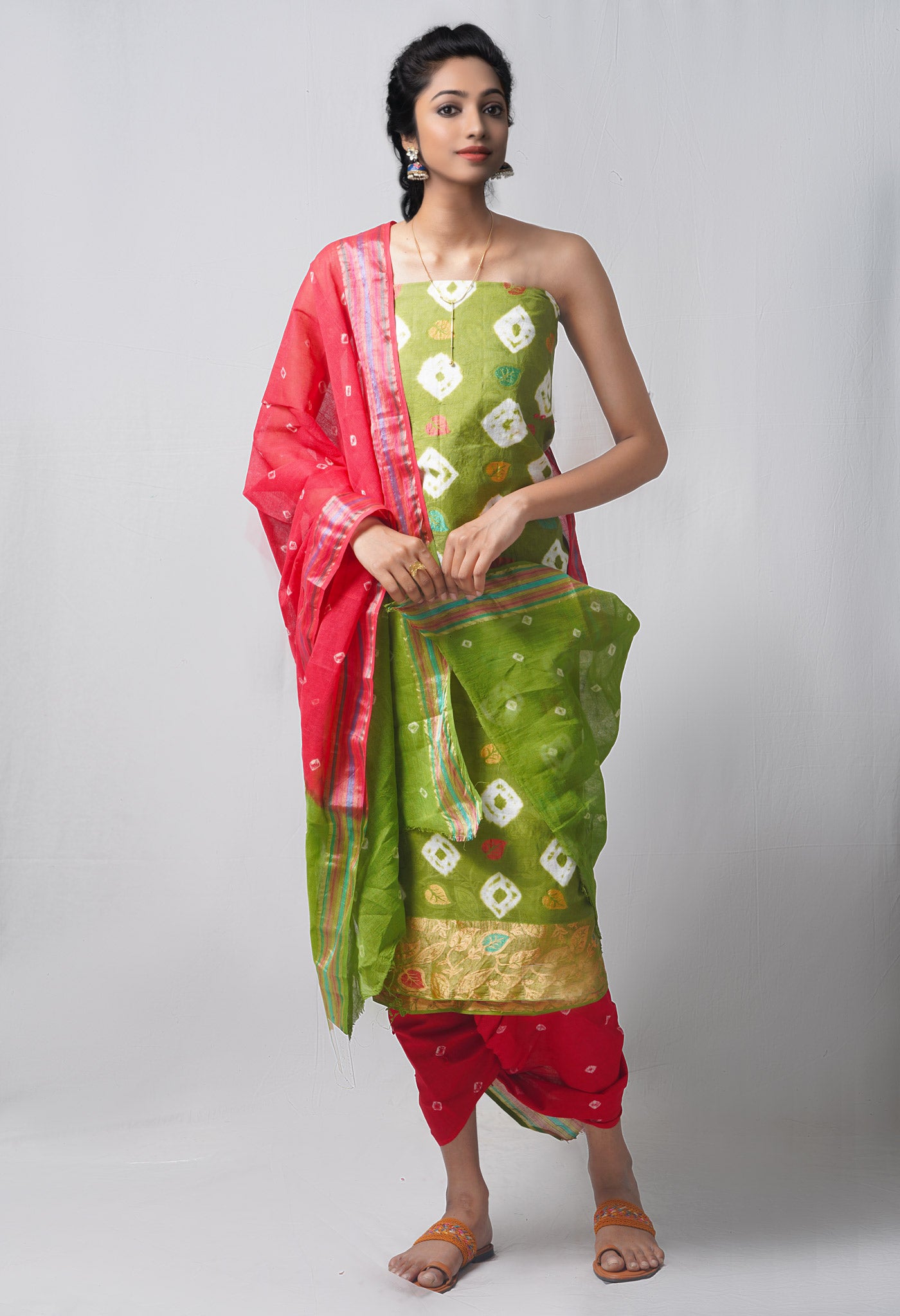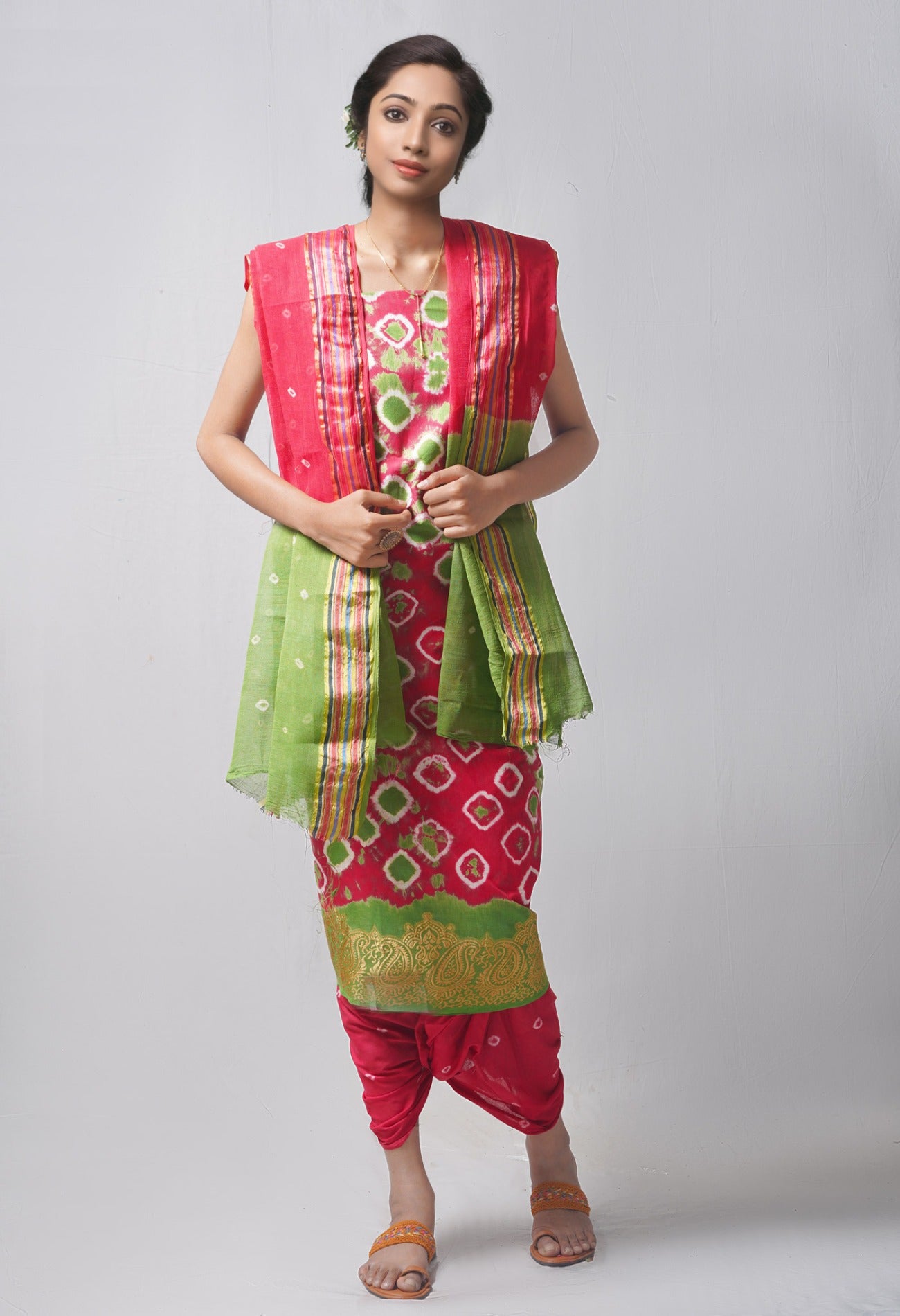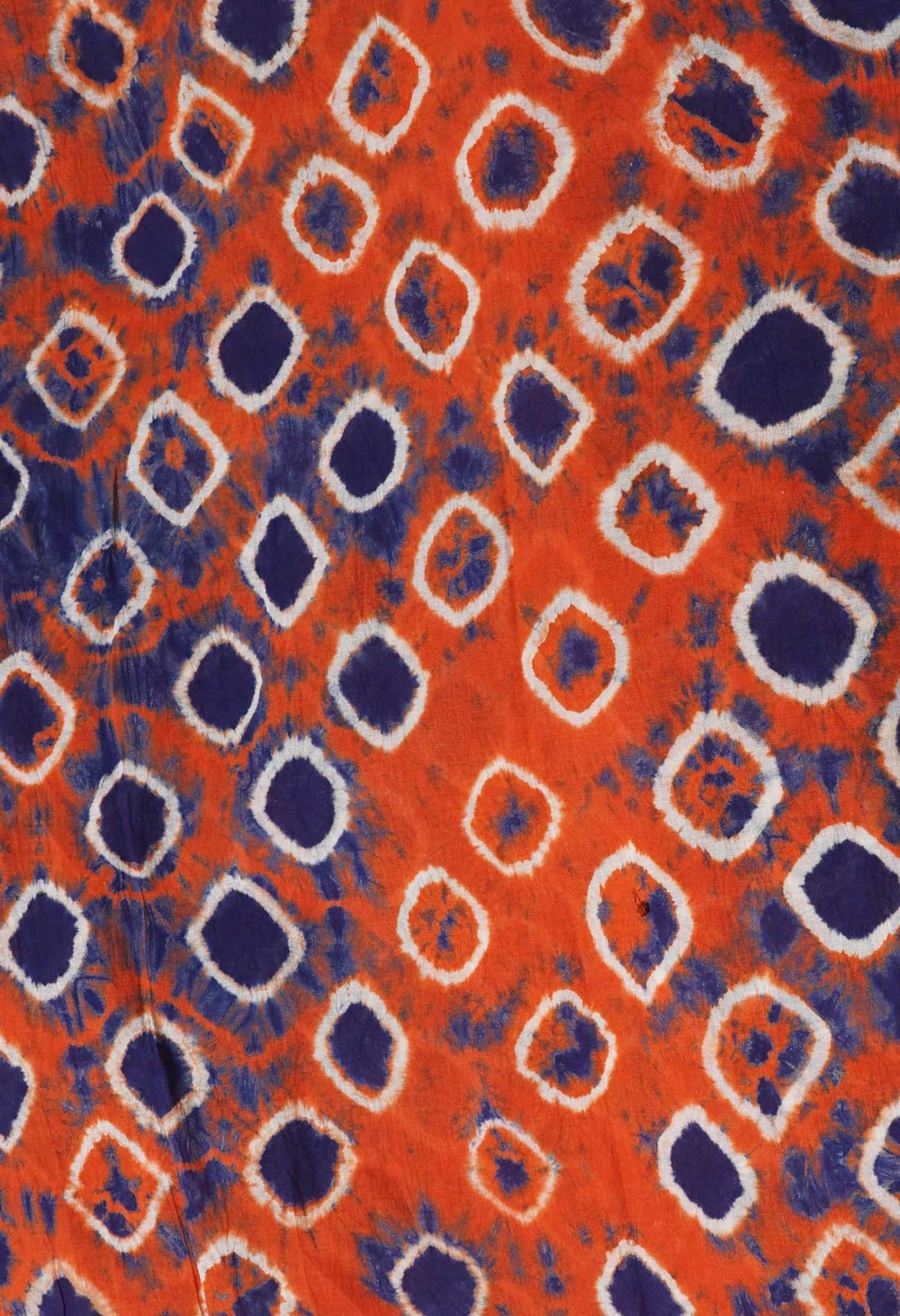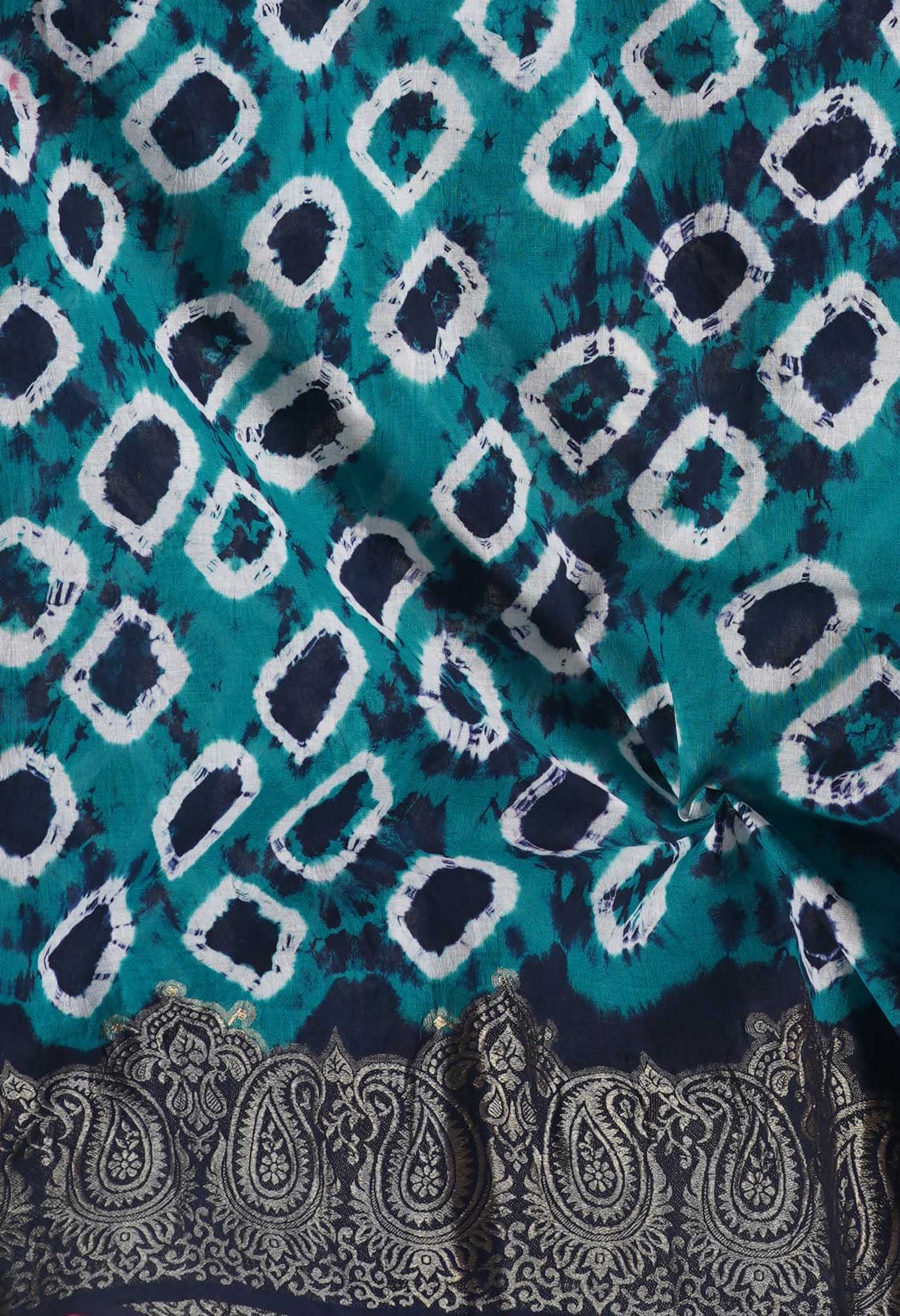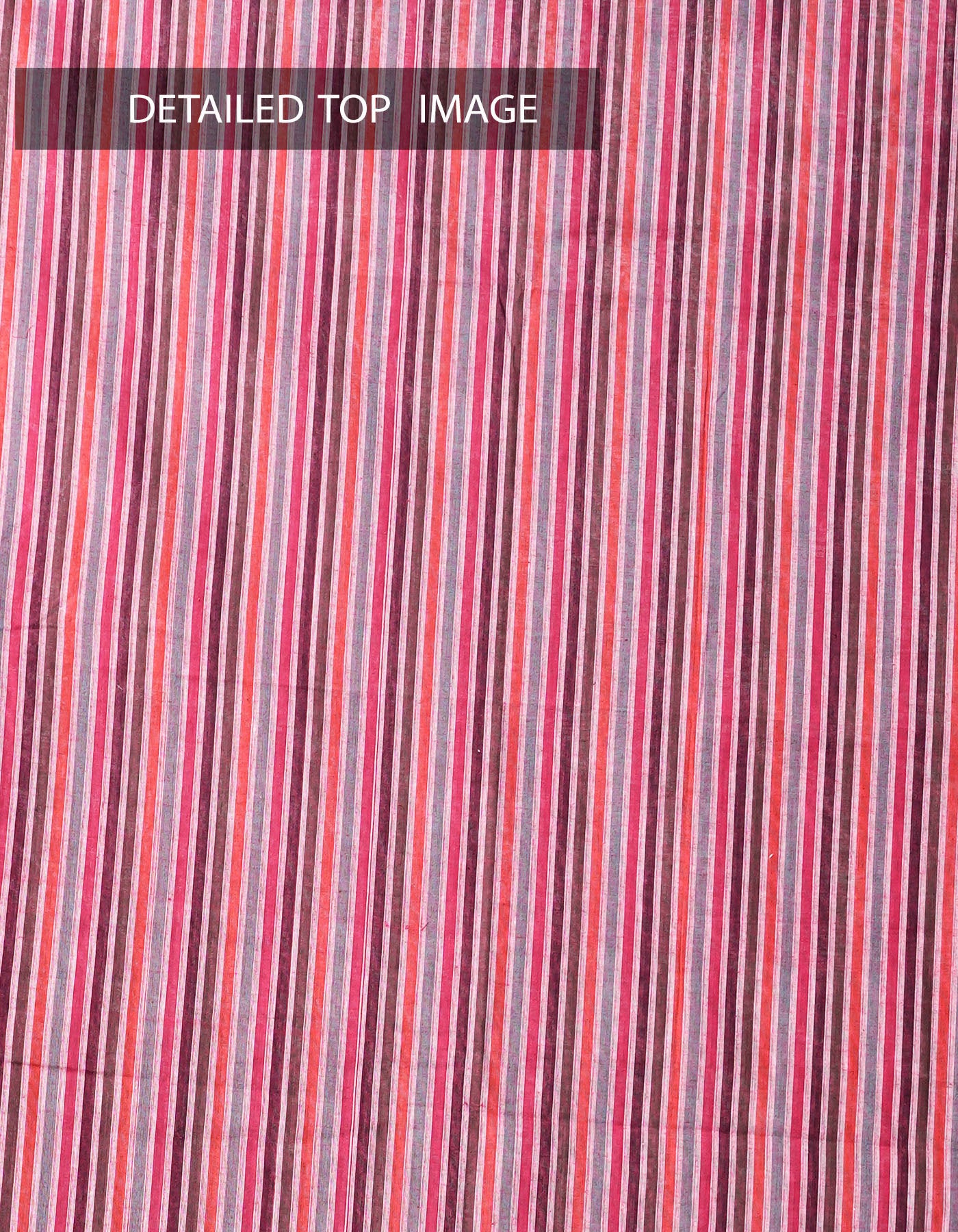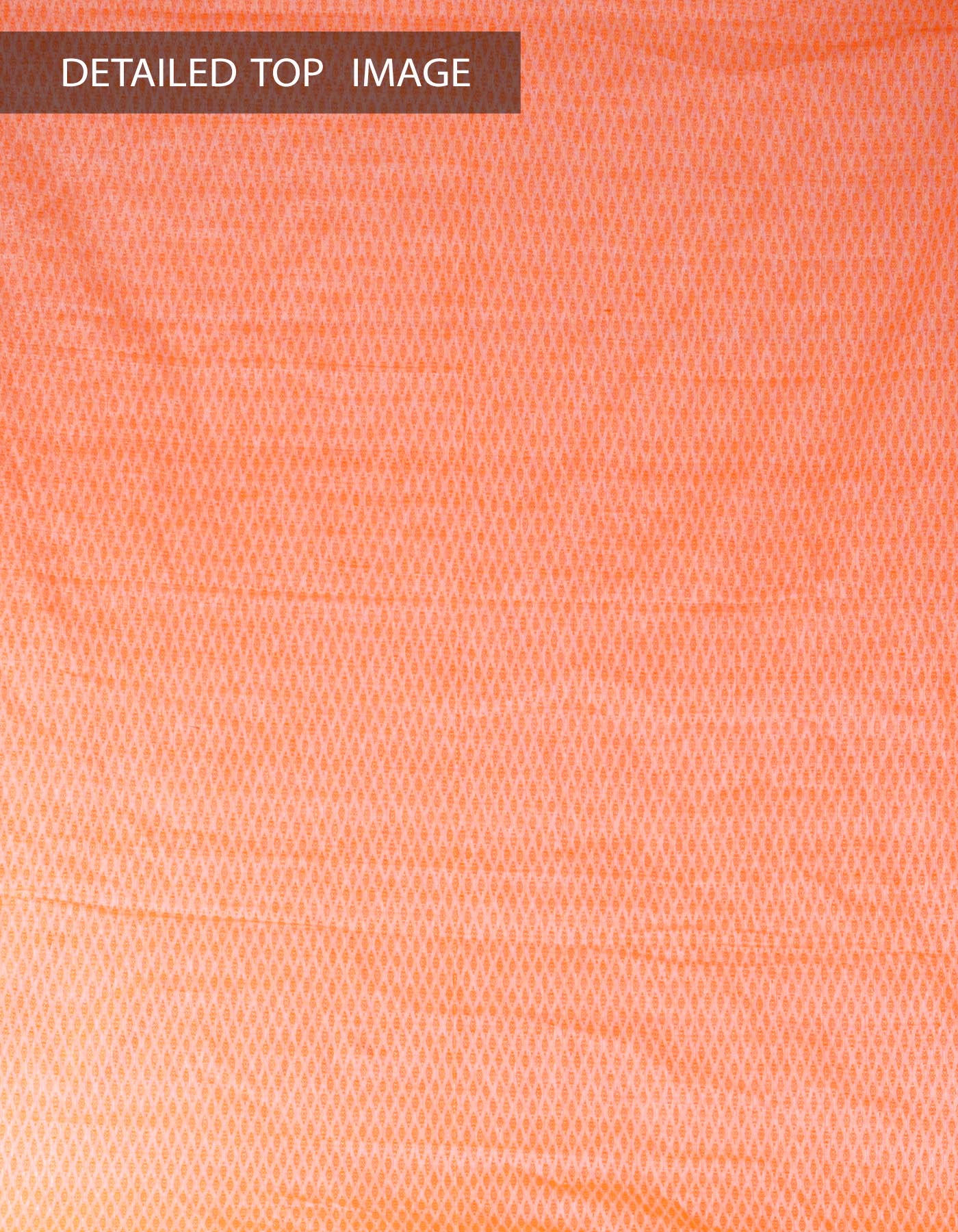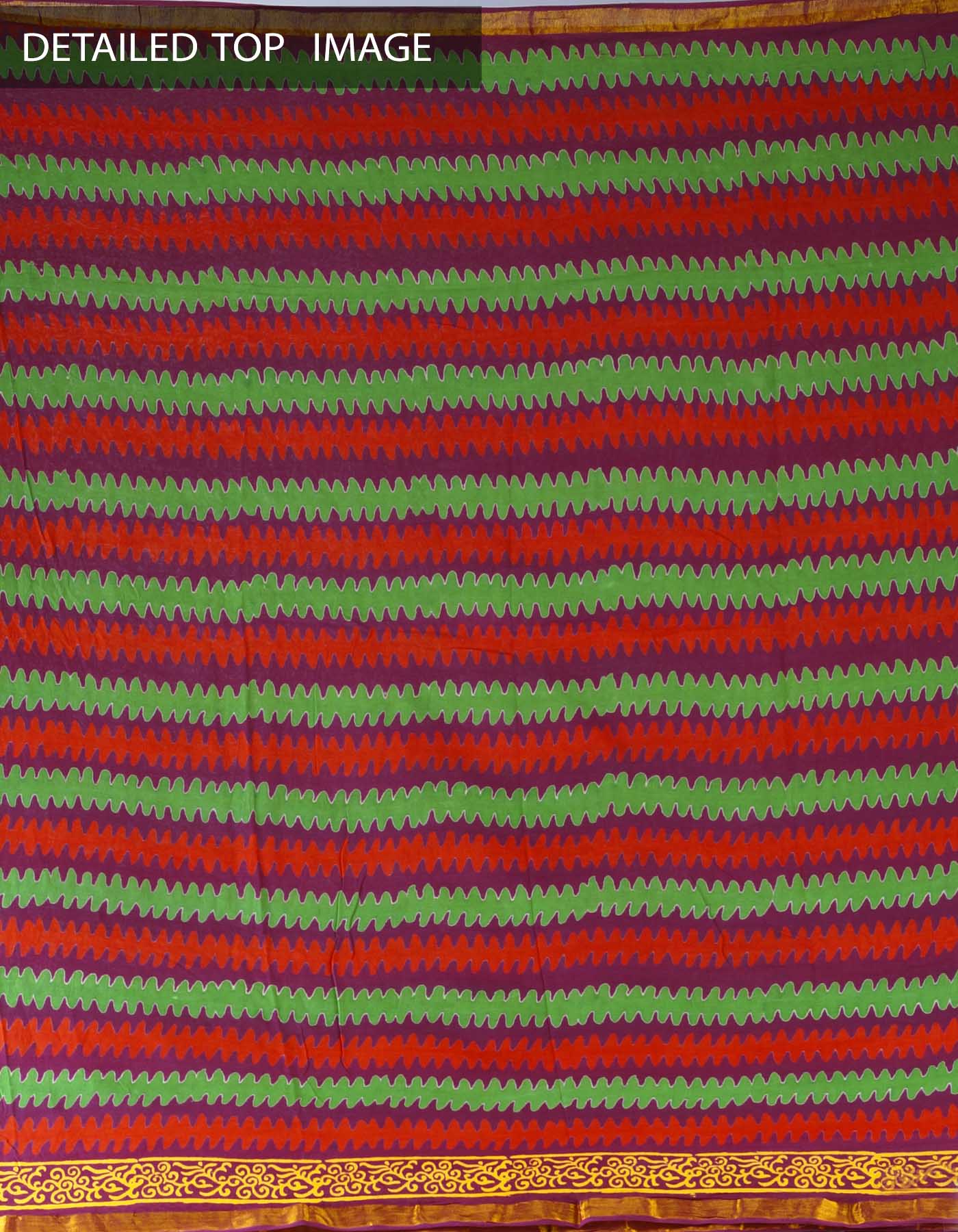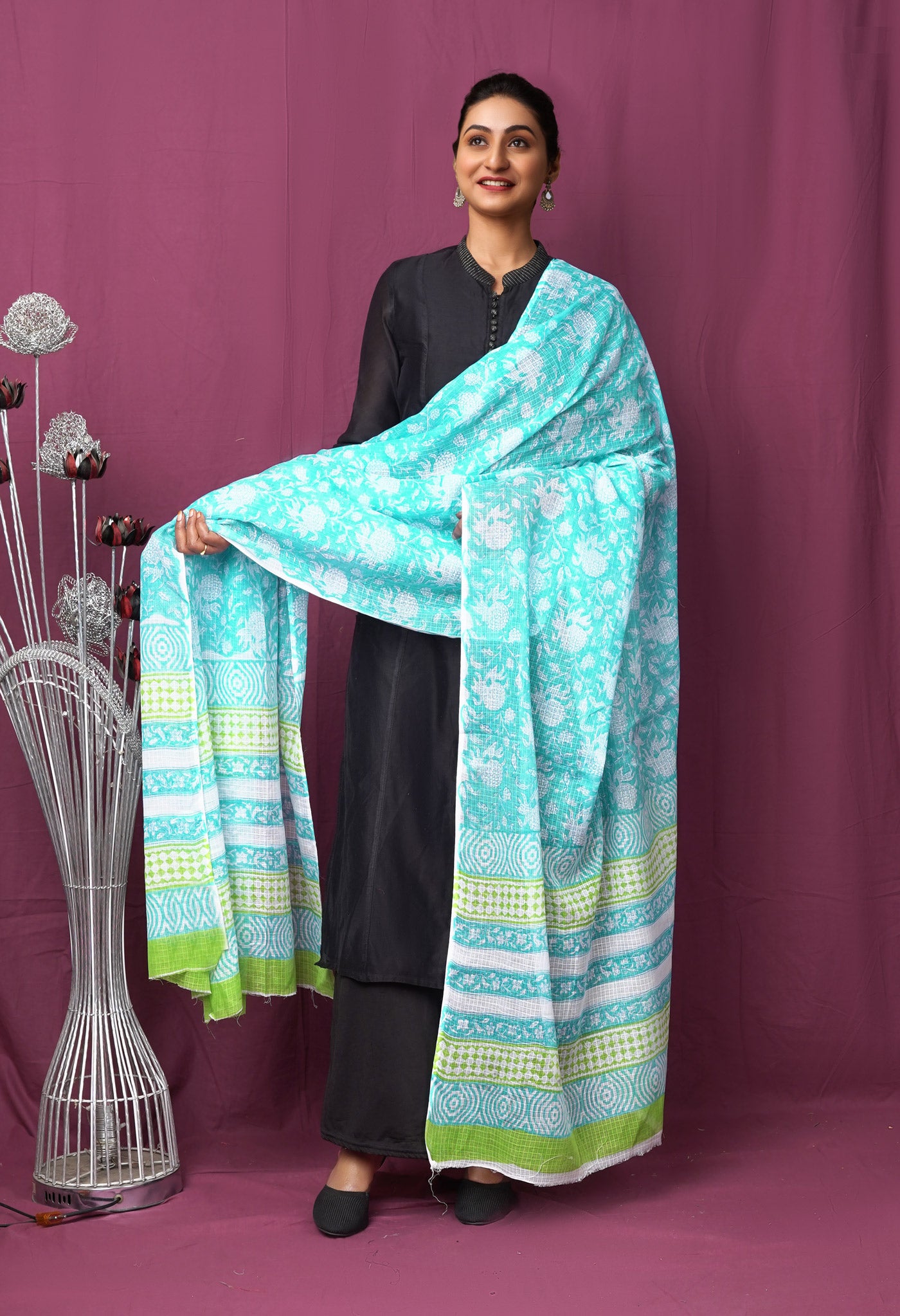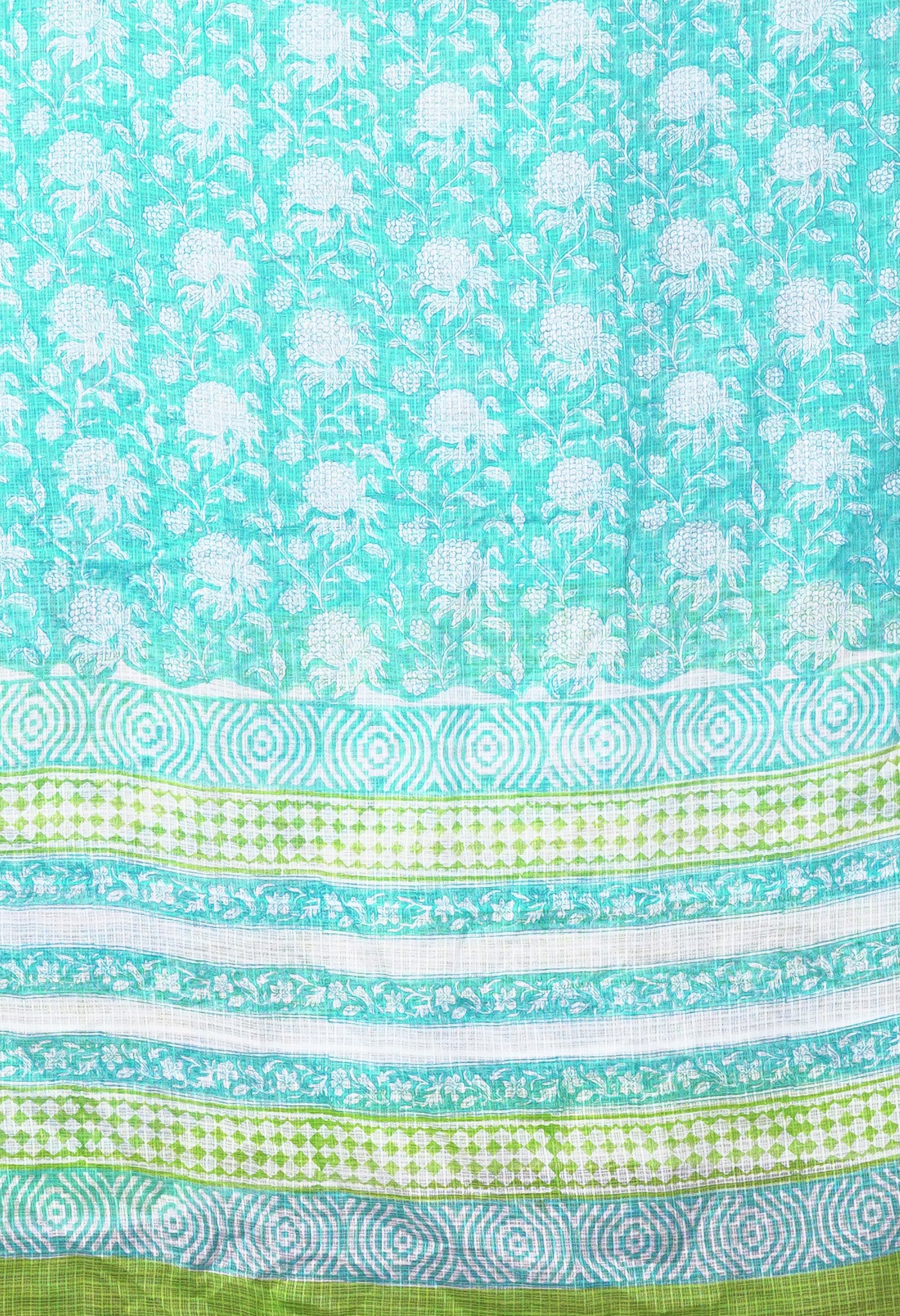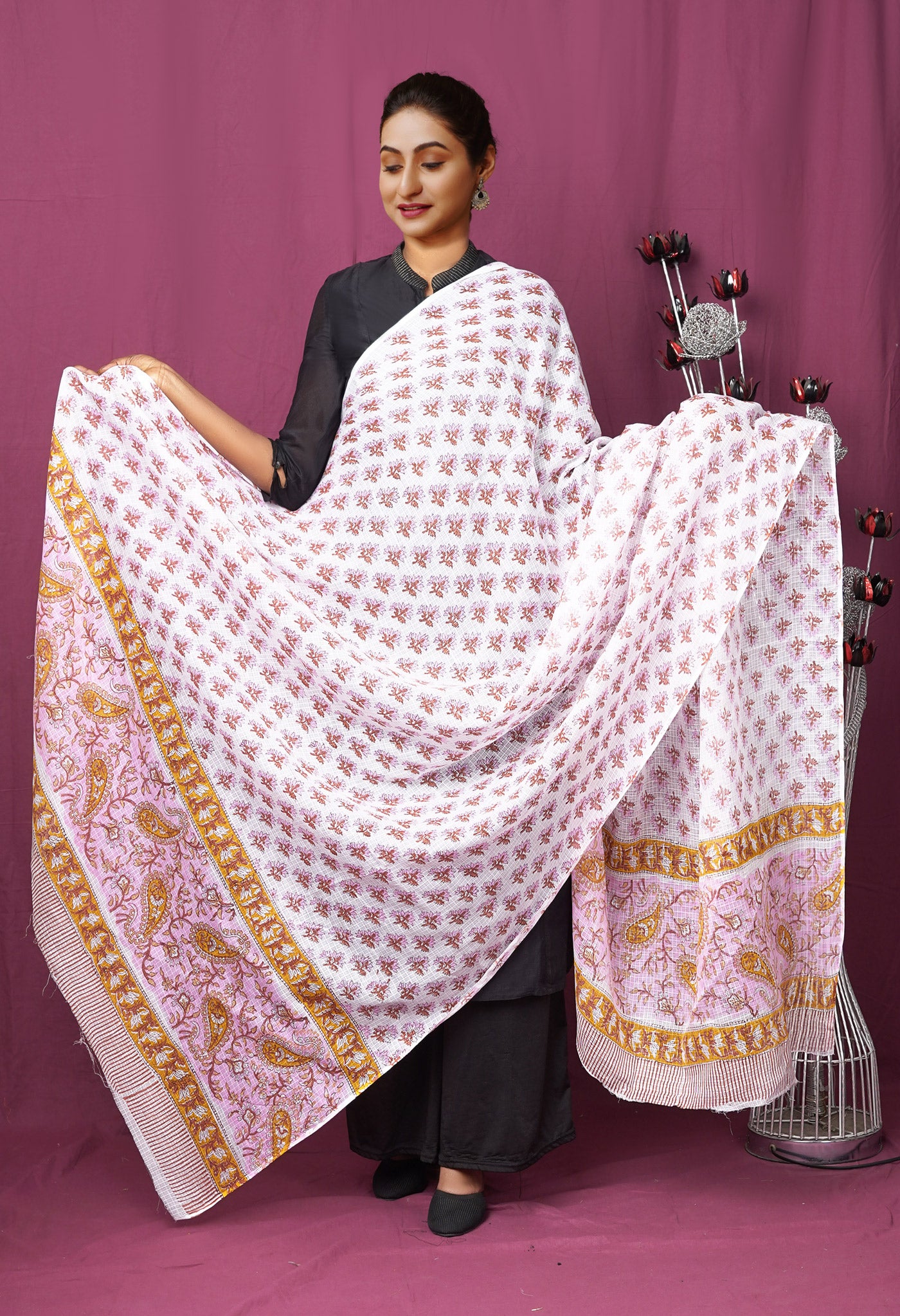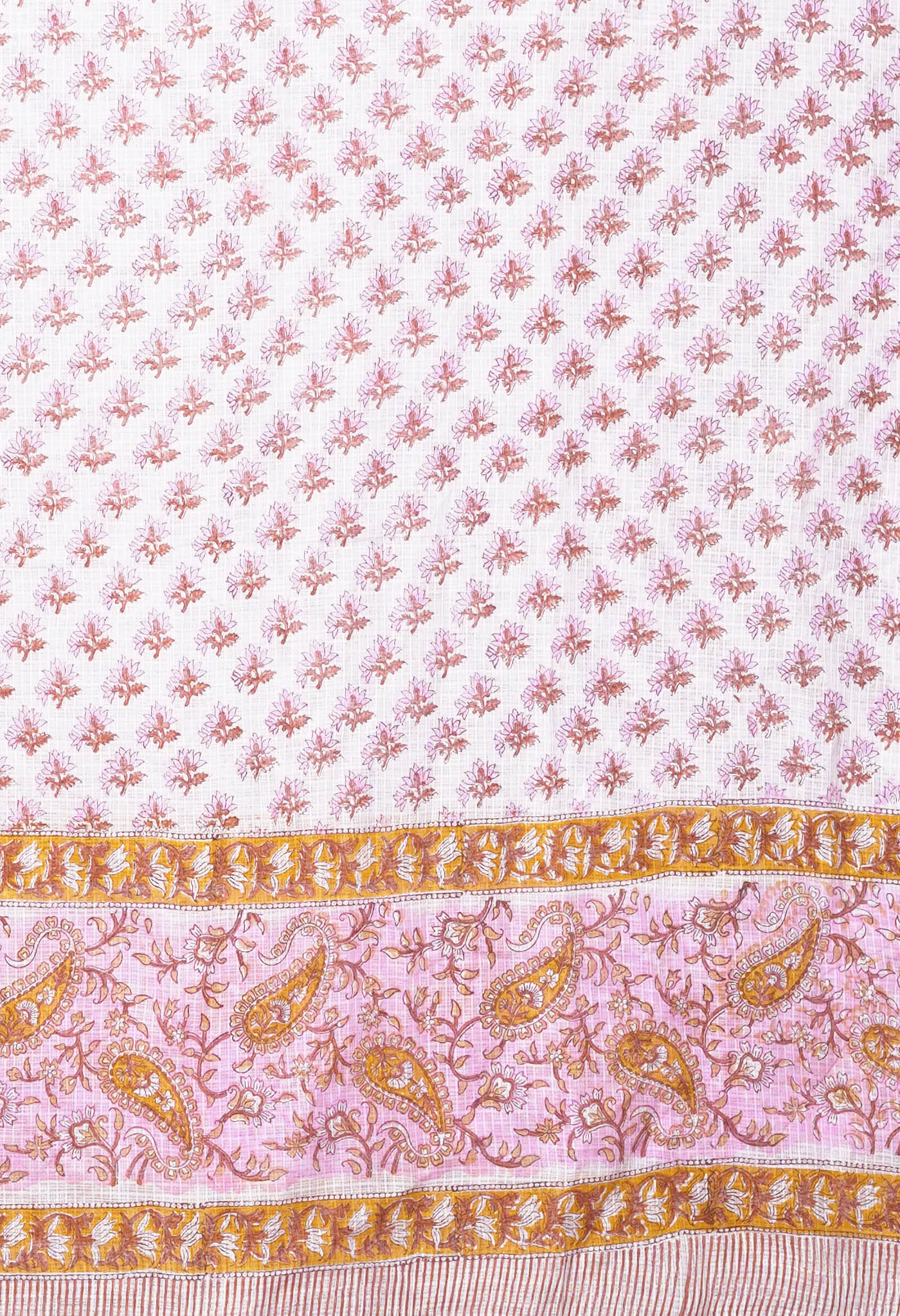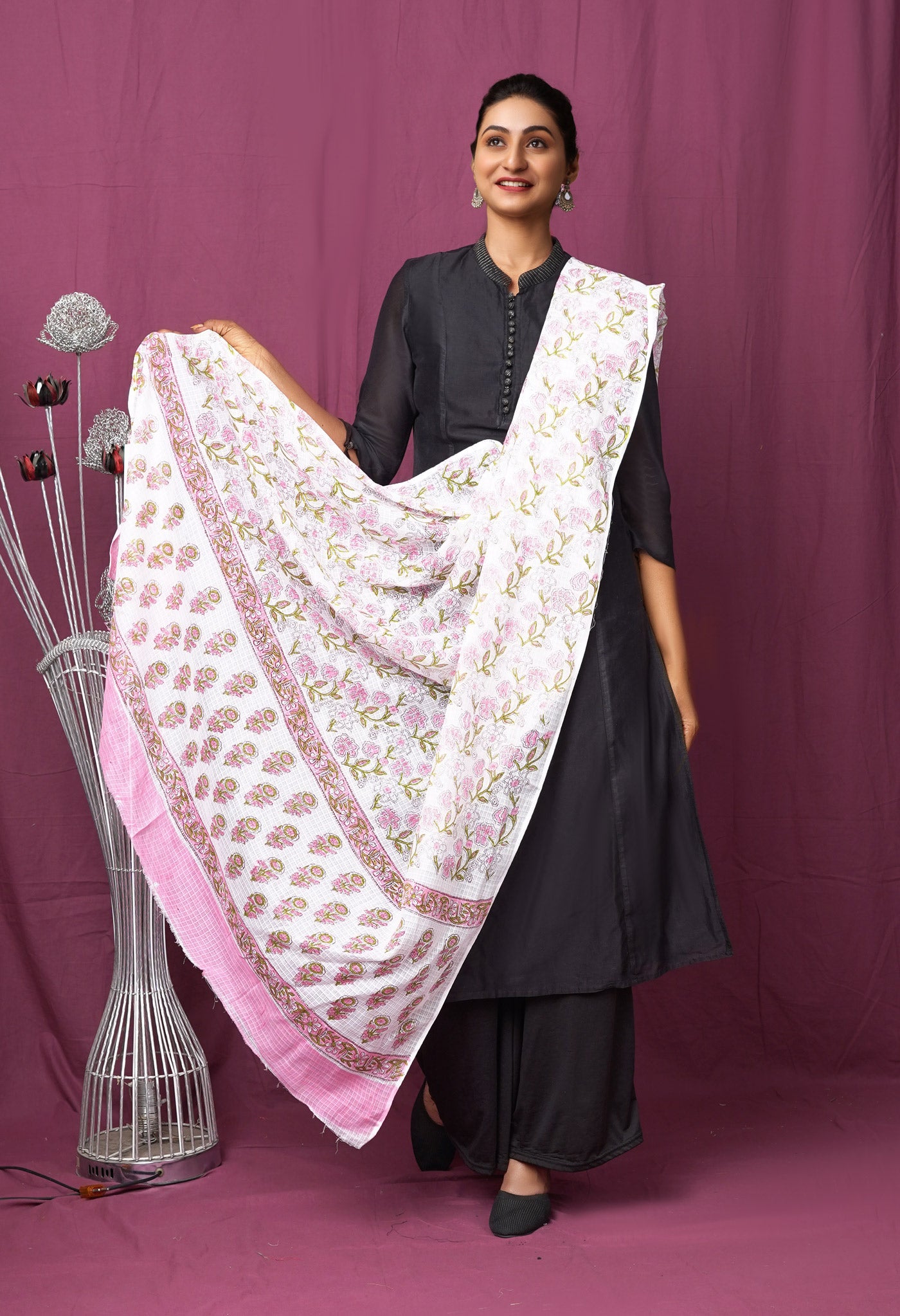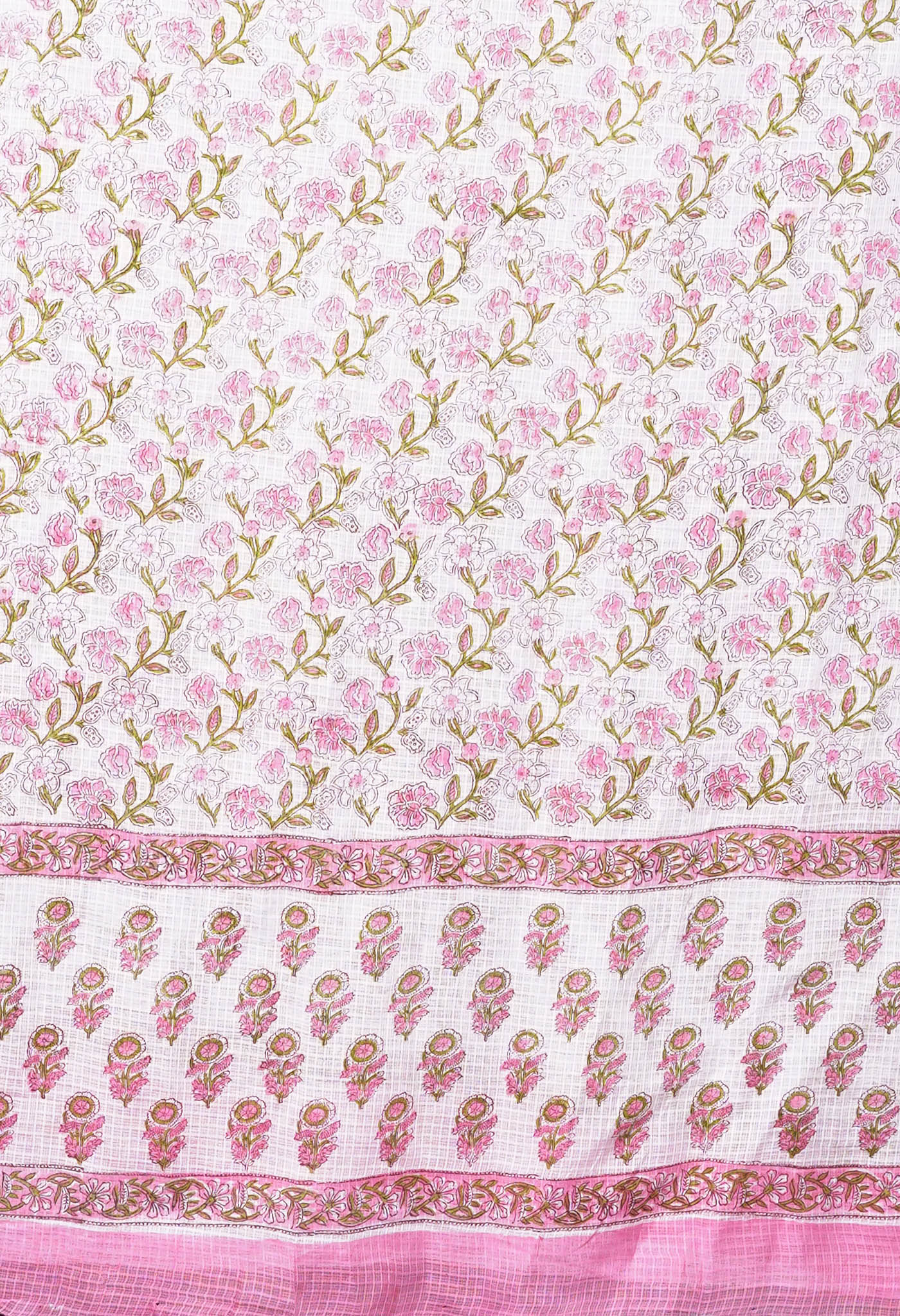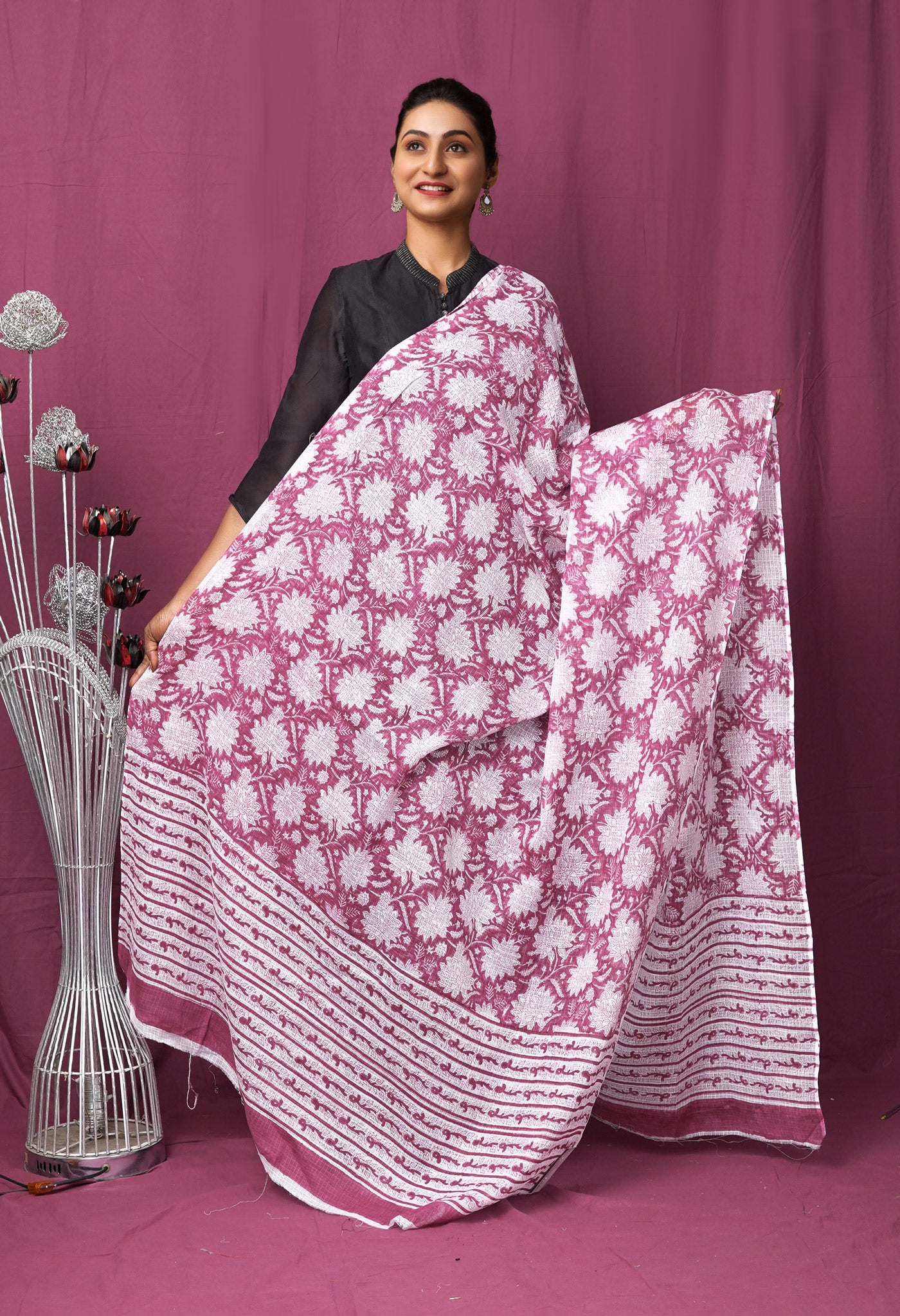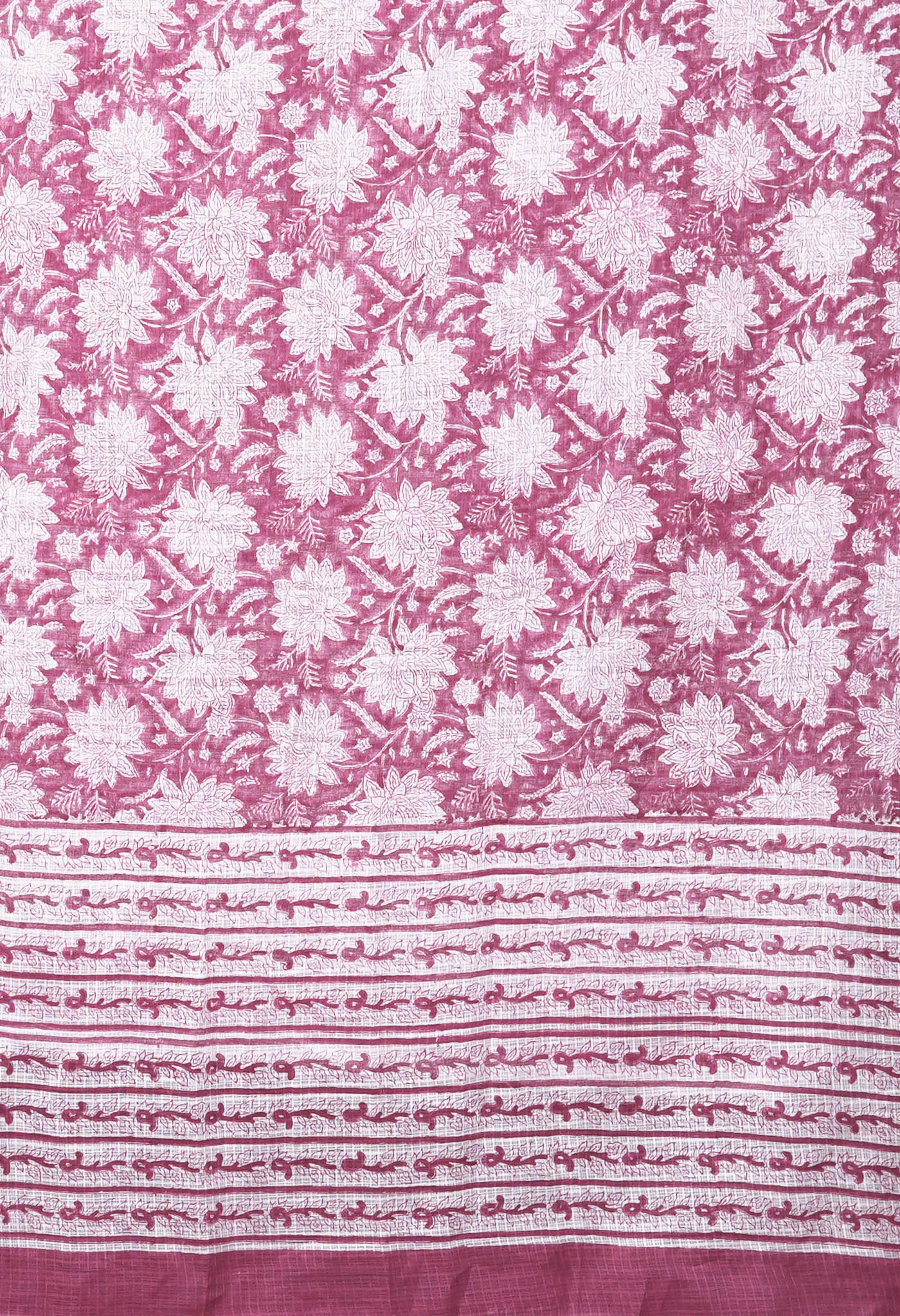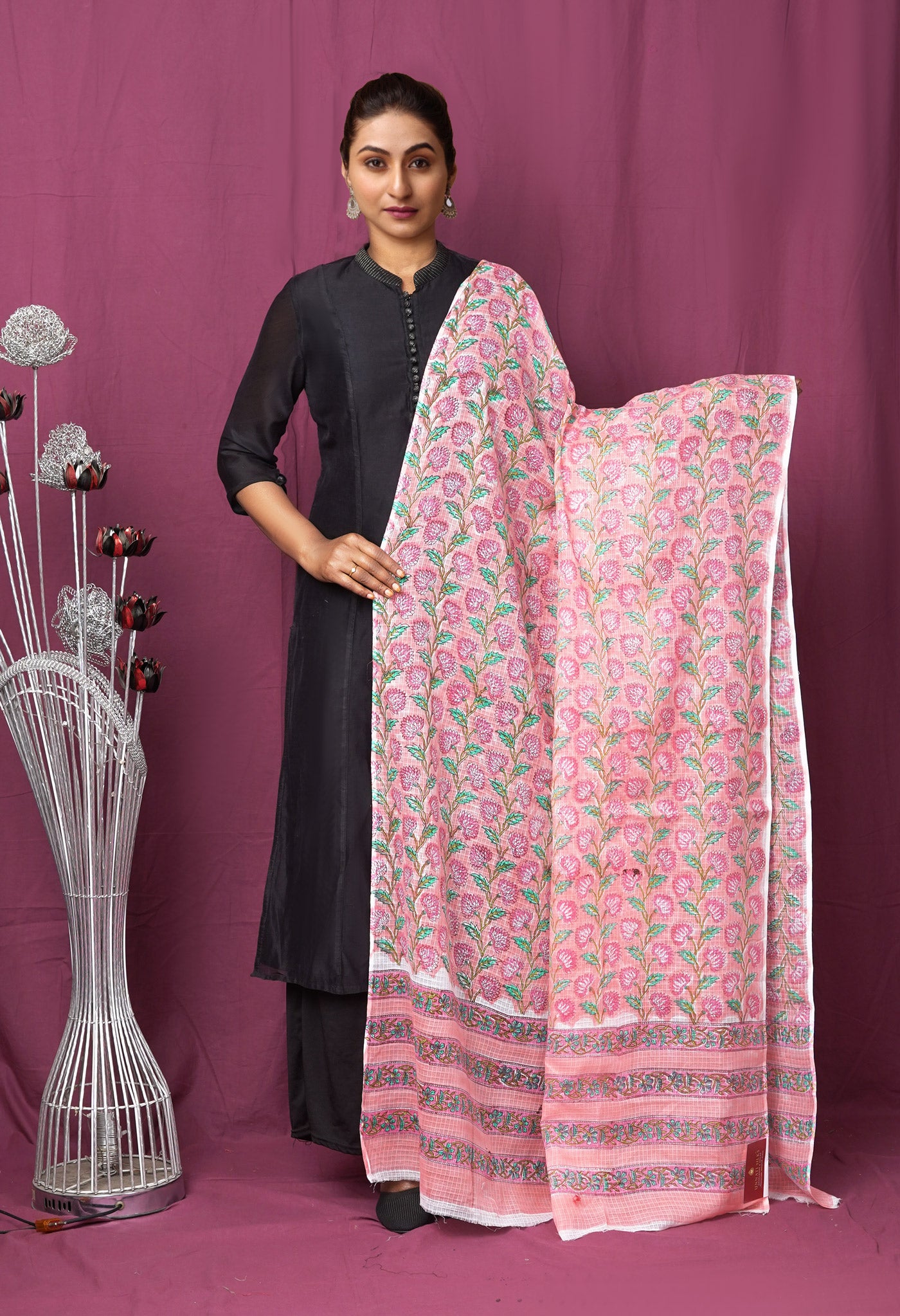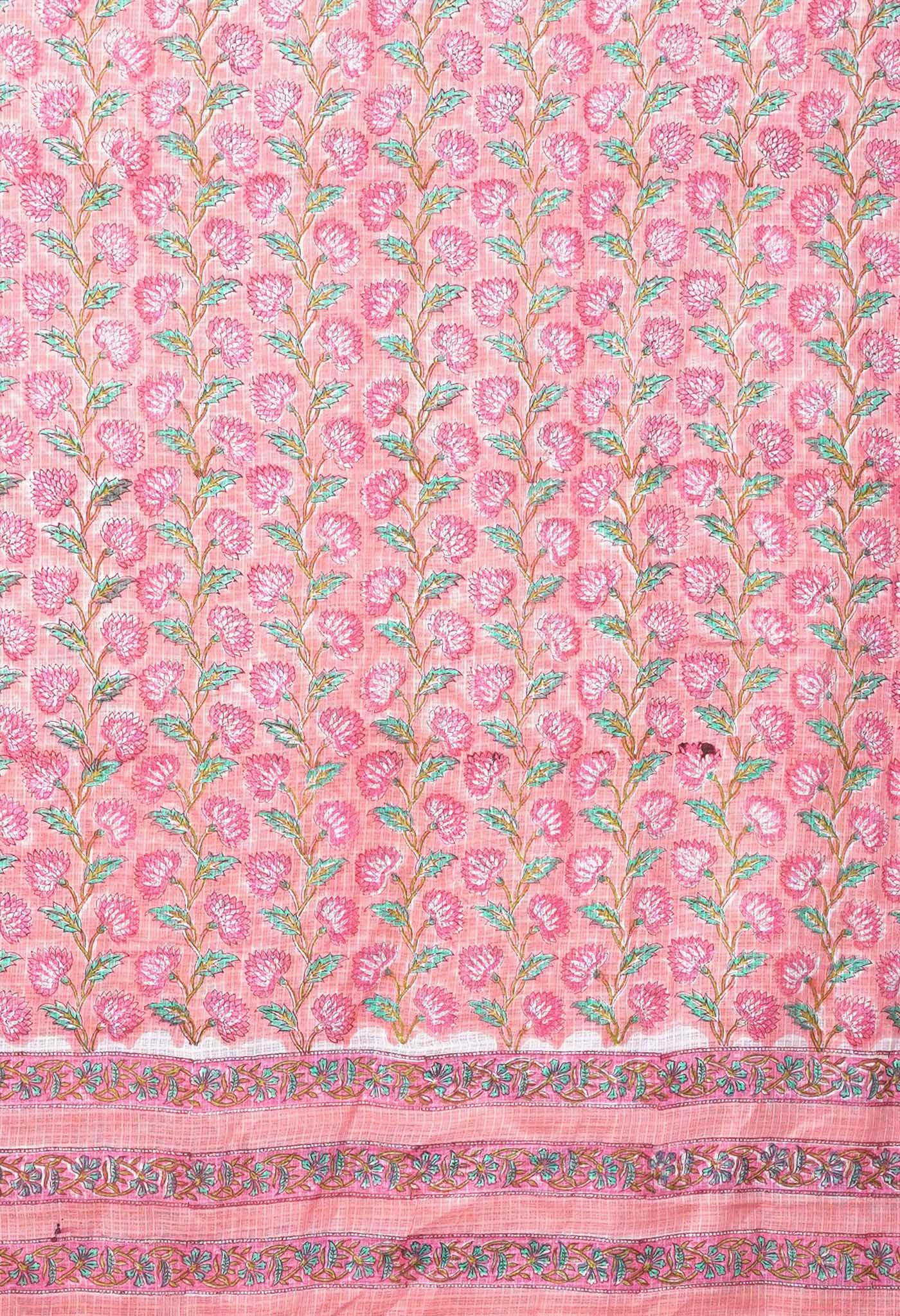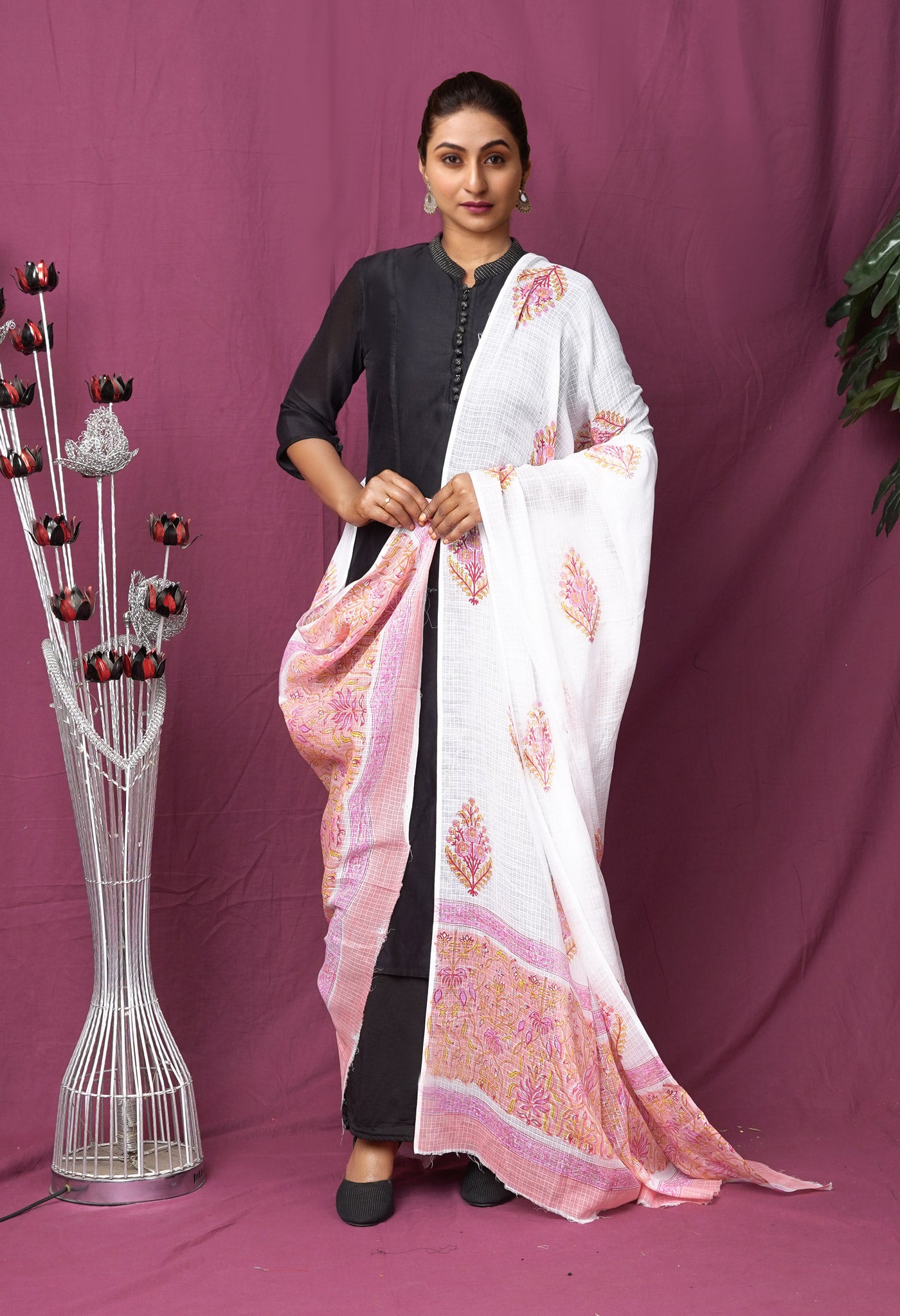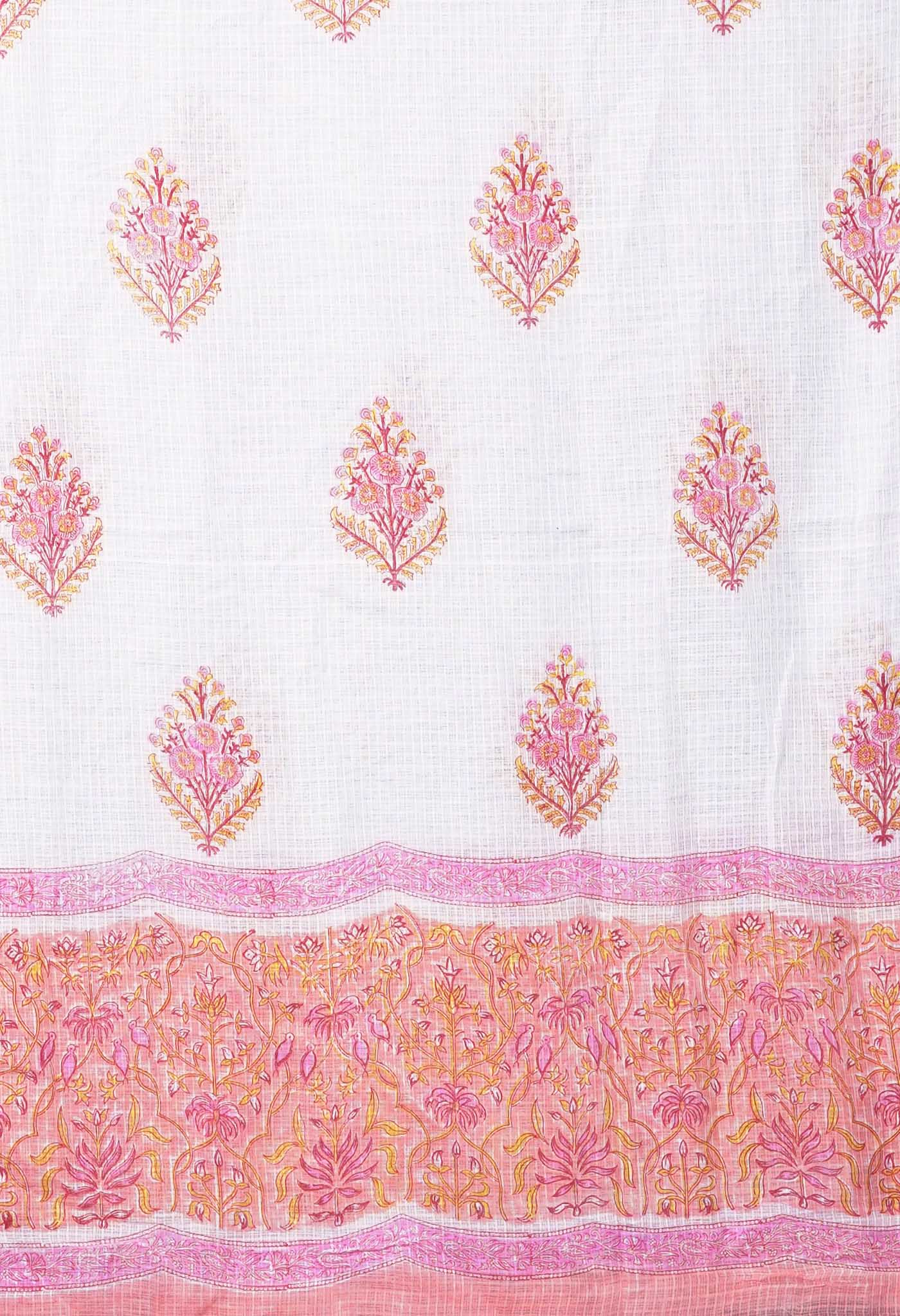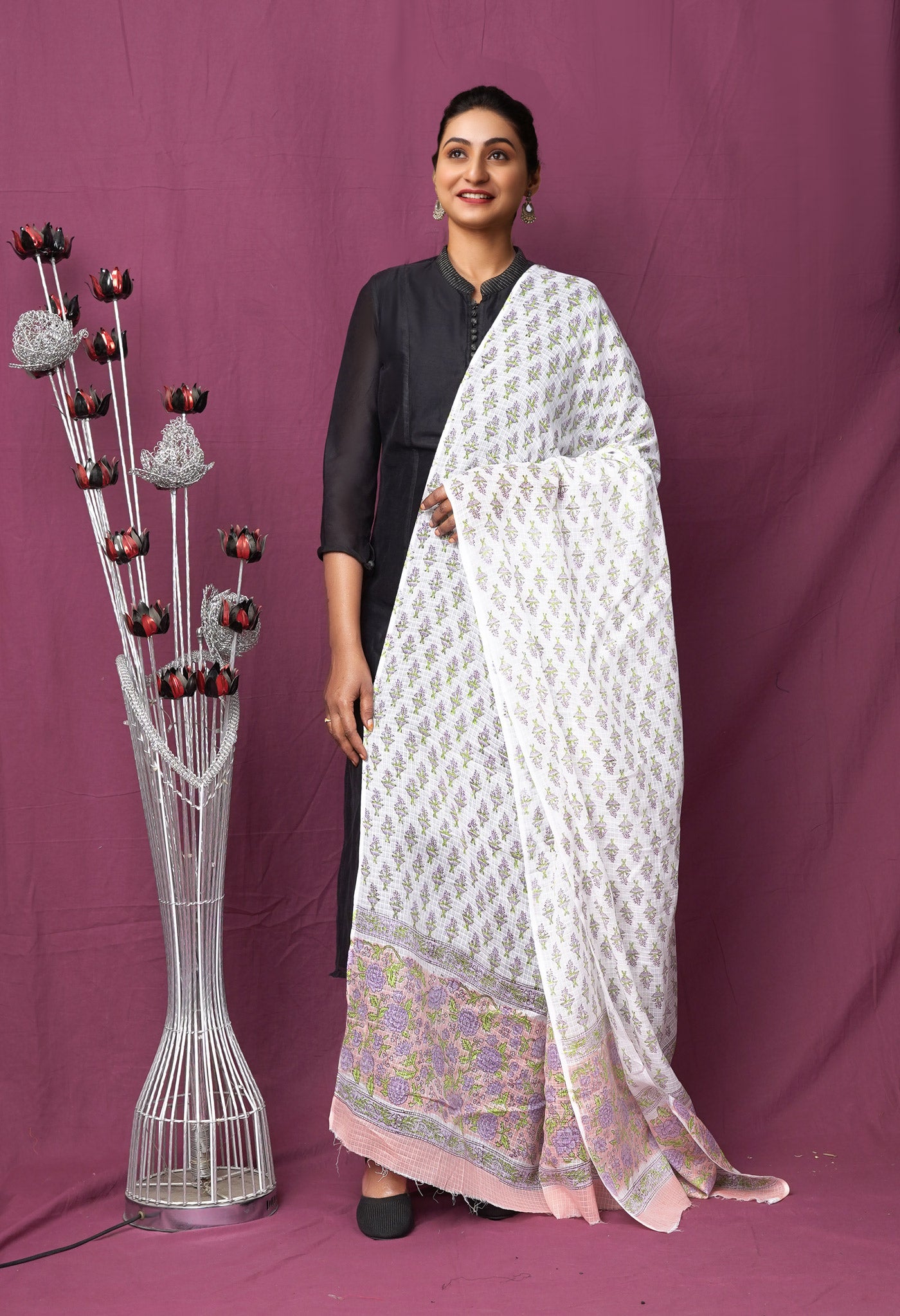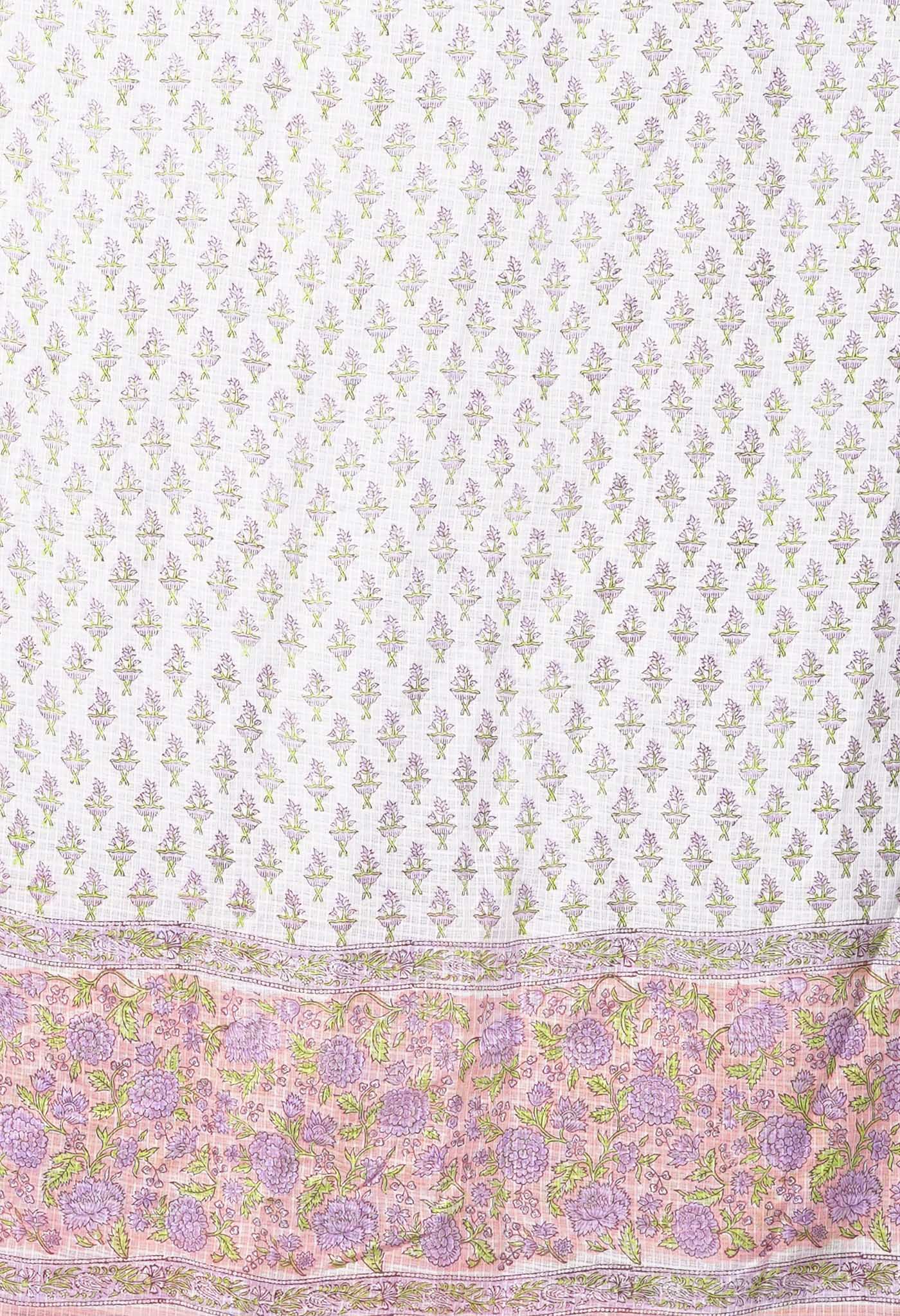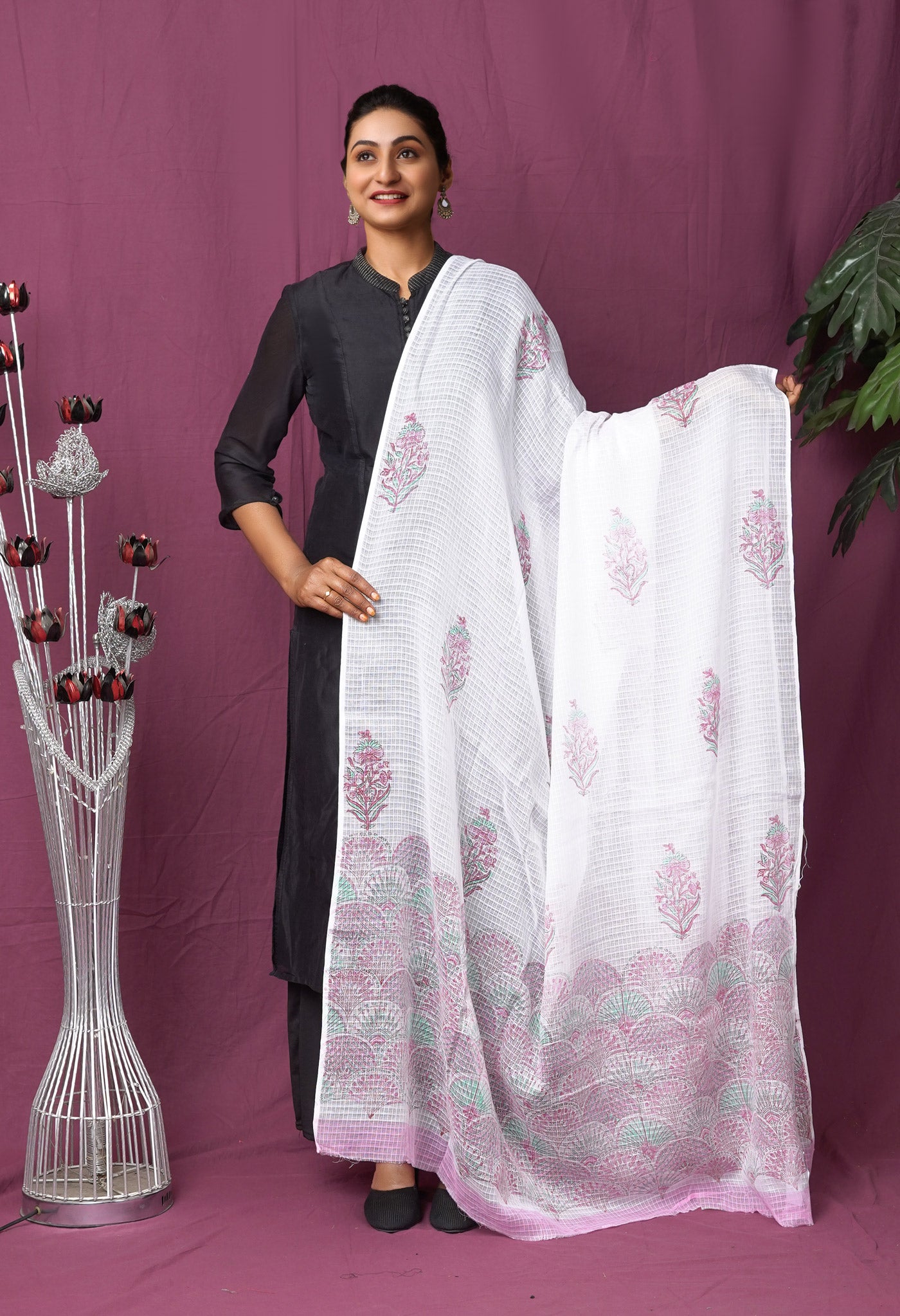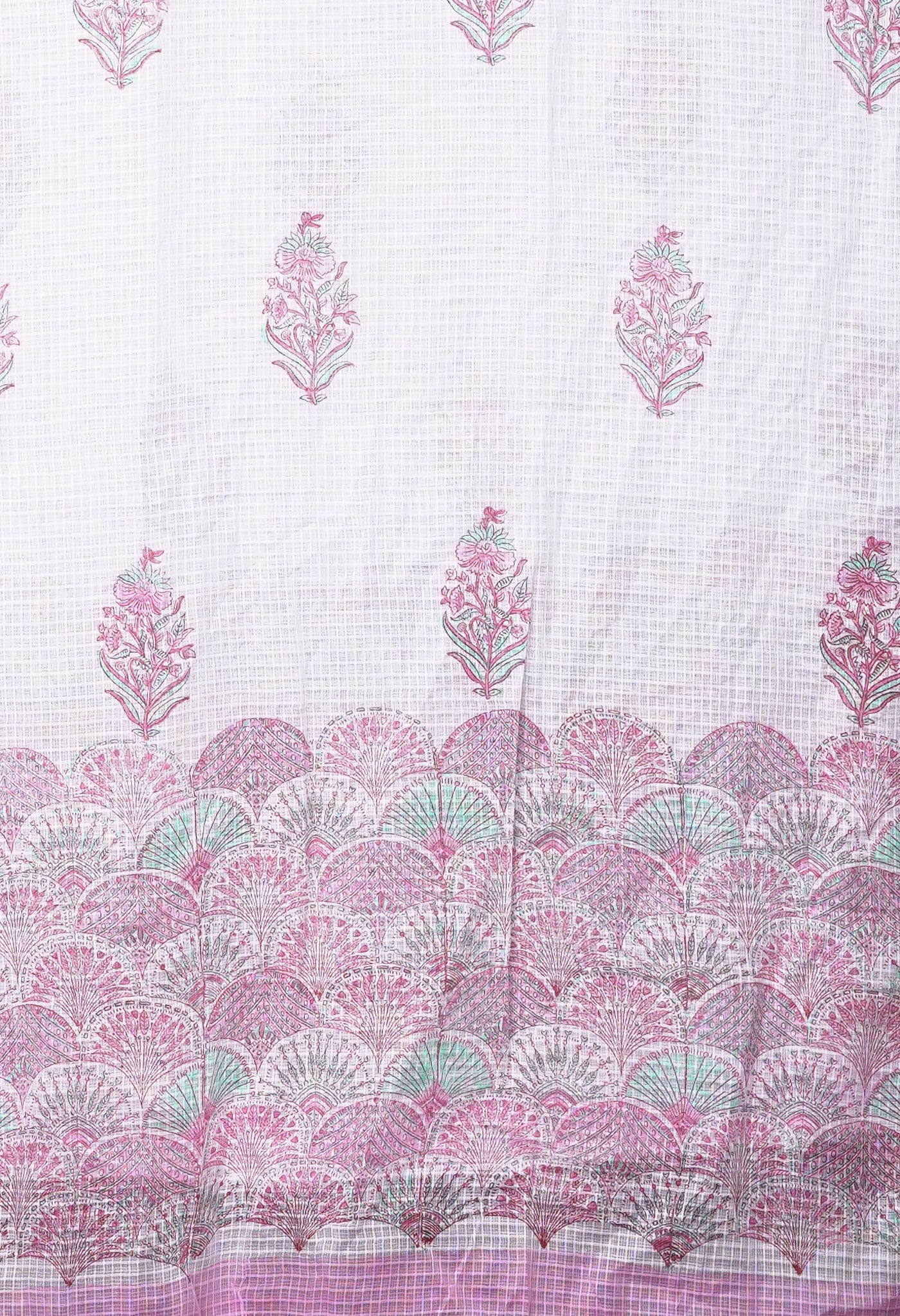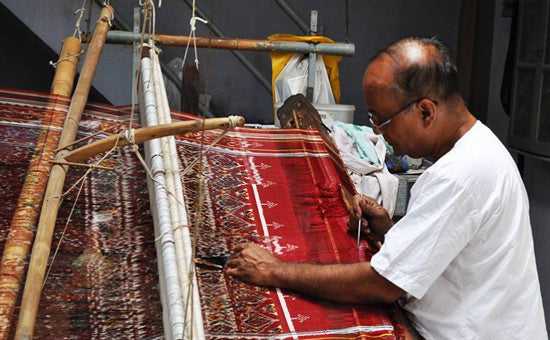
Khandua – the Hand-woven traditional sarees of Odisha
What is the Khandua?
Khandua which is also referred to as Maniabandi or Kataki is a traditional “bandha” or Ikat saree produced by the weavers of Odisha.
What is the significance of this weave?
Both aesthetically as well as culturally it is considered a special variety since Lord Jagannath is decorated with it.

Tell something about its past.
The origin of Khandua traces back to 12th Century AD and it is closely associated with Lord Jagannath Temple rituals at Puri, Odisha. Originally designed using red, yellow, maroon, and cream colors, they contain Texts from the Gita Govinda. Gita Govinda or the song of Govinda is a work composed by the 12th century Indian poet Jayadeva. It describes the relationship between Krishna and the gopis (female cowherds), in particular Radha.

What is its present-day situation?
- The saree can be seen being used by almost all the Odissi dancers who have represented the dance form in India and abroad.
- The borders and the pallavs have tremendous variety and each one of them is attractive and praiseworthy.
- Common motifs are star, temple, conch, rudraksh, fish, chakra, lotus, swan, peacock, parrot, deer, elephant, horse, lion etc. The inspiration of all its designs comes from nature. It is the best of single ikat; one of warp and weft is tied and dyed prior to weaving. It gives excellent rectilinear ikat patterns in the finished weave.
What are the attractive features of the saree?
- The chief attraction of this saree is that it is made from traditional silk yarn. The weavers by their skill convert the soft and smooth silk into beautiful fabrics and sarees.
- The quality of the silk yarns are tested under stringent guidelines and checked for impurities if any. With the production of quality silk yarns being used, the saree produced has always been acclaimed worldwide.
- Famous for its ‘temple borders, the Khandua saree is lauded by all those who come in contact with it. By the people who wear them, expert designers and fabric specialists from across the globe who explore fabrics as part of their vocation.
Which are the craft clusters in Odisha devoted to the task of weaving the Khandua saree?
- Khandua is the weave of the single largest cluster in Odisha situated at Nuapatna. The Khandua saree is woven with wooden looms in the traditional style of hand Prints weaving and the whole village of Nuapatna is devoted to this traditional form of weaving. Here close to 10,000 weavers are present with approximately 5000 plus looms.
- Maniabandha, located just 3 kms away from Nuapatna also has a population of weavers and looms that help to add to the total of the region. The two villages are synonymous with the production of Khandua.

What are the social practices regarding the Khandua saree?
- The Khandua saree is considered a good omen by the women of Odisha and worn during wedding rituals, as it’s generally regarded as pious and religious.
- Traditionally this particular textile has always been very popular among the people of Odisha and has been woven and worn by generation upon generation. But, of late, its popularity has been fast waning among the current generation and is now in a position of being endangered to become extinct.
- Thousands of weavers are switching to other occupations to source their livelihood. And the weavers who are still continuing to produce the rich Khandua textile are exploited and not paid well.
What can one say about the popularity and usage of the Khandua saree
- Khandua is not only an age-old traditional handloom fabric, but a fabulous one when you consider it as an exclusive high-end fabric.
- The sarees are woven with love and passion and speak highly of the art and the artist.
- It is a complex, elaborate process which takes tens of hours to weave just one saree.
- These sarees are treasured by women for their exquisiteness and opulence. As if they have obtained a special benevolence of the Lord, these sarees are unparalleled in flawless execution and the finish cannot be attained by sarees made on the power loom.
- Khandua sarees are made only with high quality natural fibers like cotton and silk, which make them light in weight and easy to carry.
- This makes the textile perfect for women of all age groups. They create an allure that is spell-binding. In being popular demand wear it helps the weavers.
- The Khandua sarees are so versatile that they can be styled up and down according to the occasion.
- They can be worn to an office and also to a wedding or a festival.
- Khandua is one of the richest textiles of not only Odisha but also of India. It is the cultural heritage of Odisha which needs to be saved from extinction.

What can one say about the Khandua?
Khandua (Also Maniabandi or Kataki) is a traditional "bandha" or ikat sari produced from Odisha worn by women during wedding and a special type of which is worn by Jagannath. The clothes contain texts of Gita Govinda on them. Kenduli Khandua, a special form of Khandua of 12 ft and 2 kani (each kani measures the length of a hand) is offered to Jagannath to wear as khandua with stanzas and illustration from Gita Govinda.
The word Khandua in Odia translates to the cloth worn in the lower half of the body. Traditionally Kentuli Khandua is offered to Jagannath as lower cloth. Due to the place of origin being Cuttack and Maniabandha, the other two names Kataki and Maniabandhi are also synonymously used. Weaver communities of Maniabandha and Nuapatana of Cuttack traditionally weave this kind of pata.
Give a historical background of the saree.
During the rule of Gajapatis, sarees were made and transported to the Jagannath Temple. Paramananda Patanaika, the king of Badakhemundi (Nilakantha Deva) was offered khandua sari made of one piece of khandua silk called caukandika.

What are the traditional colors and other features of the Khandua saree?
Khandua is traditionally of red or orange color. The red color is prepared naturally from the shorea robusta (sal tree). The design motif has an auspicious elephant that represents Buddha surrounded by trailing vine with peacocks in it, a large many petalled flower, a unique Odian animal called Nabagunjara, a deula kumbha. The elephant in Khandua ikat from Nuapatana usually varies from elephant motives in ikat from Sambalpuri sari as well as ikat from other parts of Orissa. Khandua has plain borders in contrary to borders with motifs in case of the other ikat sarees of Orissa.
[/vc_column_text][/vc_column][/vc_row][vc_row][vc_column][vc_btn title="Shop Online Authentic Indian Handloom Sareeston" color="warning" align="center" link="url:https%3A%2F%2Fwww.unnatisilks.com%2Fsarees-online.html||target:%20_blank"][/vc_column][/vc_row]


